The ranking of the most beautiful or most prestigious or most successful Ferraris is never easy to draw up for a Red fan, because for him the Ferraris are all beautiful without distinction. Yet some rankings have been made and we want to make them known to you.
Top 10 F1 Ferraris ranked: Sharknose, F2004 and more. By Kevin Turner, Sep 10, 2020.
To celebrate Ferrari's 1000th Formula 1 world championship race at Mugello, we look back at 10 of the most important, successful and iconic Ferraris to have raced throughout F1's history.
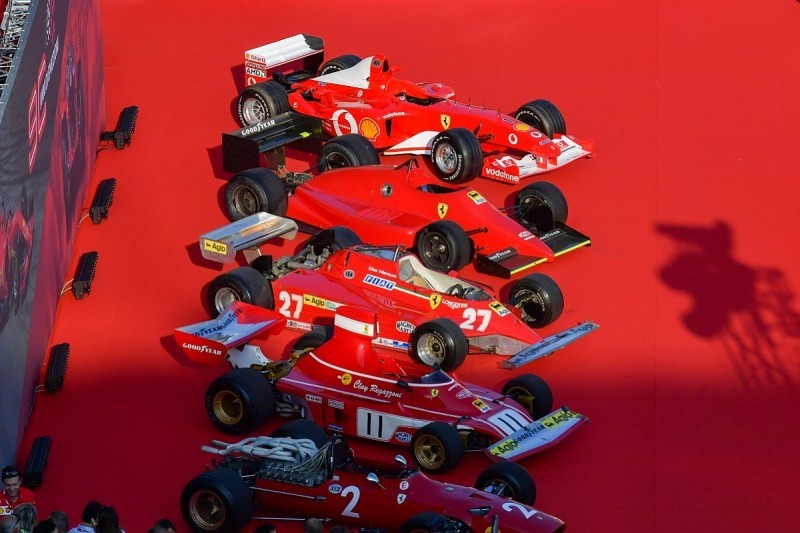
Ferrari will celebrate starting its 1000th world championship race at this weekend's Tuscan Grand Prix at Mugello.
From its 999 outings so far Ferrari has scored 238 Grands Prix wins, 15 drivers' titles and 16 constructors' crowns. That means that Formula 1's most famous team has produced a lot of candidates for this list.
To create this top 10 we considered a number of factors, including the level of success each car scored, how important it was for Ferrari and how iconic they are.
And for those with long memories, yes, we know that the Ferrari 500 was an F2 car, but its 1952-53 starts are included in the 1000, so the car is eligible for our list.
Note: wins are world championship Grand Prix wins, non-championship successes are not included.
10. Ferrari 375
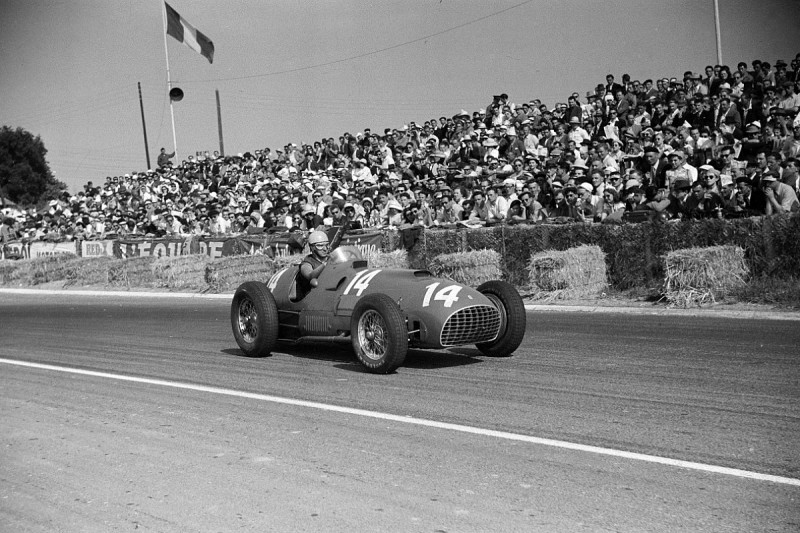
Wins: 3
Drivers' titles: 0
Constructors' titles: 0
This spot had to go to the 375, which scored Ferrari's first world championship GP victory, or the 641, one of the best-looking F1 cars of all time.
Both narrowly missed out on titles and both won major GPs in the hands of two of the best drivers of their era. But, whereas the 641 failed to achieve what it was designed to do - win a world title - the 375 is the car that made Ferrari a world championship F1 race victor.
Alfa Romeo's 158, a successful voiturette (very roughly equivalent to Formula 2) before the Second World War, had been the Grand Prix car to beat following the end of hostilities.
Alfa skipped the 1949 season, during which Ferrari proved successful, but when Alfa returned in 1950 it was still clear of the pack - and hadn't been beaten since 1946. But it had been noted that the increasingly developed 1.5-litre supercharged straight-eight engine was incredibly thirsty, with multiple stops being required to complete a race distance.
Big, unblown Talbot-Lagos had proved reasonably effective and Enzo Ferrari decided to try the unsupercharged route. Aurelio Lampredi was brought in to develop a series of bigger-engined Ferraris and the 4.5-litre 375 first appeared at the 1950 Italian GP, the final round of the season. Alberto Ascari and Dorino Serafini finished second, albeit over a minute behind the winning Alfa.
Having scored several more podiums in 1951, the 375 finally defeated the Alfa Romeo team on a historic day at Silverstone, Jose Froilan Gonzalez winning the British GP. It was Ascari who tended to lead the charge, however and two wins brought him within two points of Alfa's Juan Manuel Fangio heading into the Spanish GP finale.
Ascari qualified on pole and led early on, but Ferrari's decision to change the specification of its wheels proved catastrophic. The smaller rubber could not stand the strain and Fangio was left to win the race and title.
Alfa withdrew at the end of the season and, with BRM's F1 project still failing, the decision was made to switch the world championship to F2 regulations for 1952. That meant the end of the 375's career outside of non-points-paying events, but it had very much made its mark.
9. Ferrari 126 C2 / 126 C2B
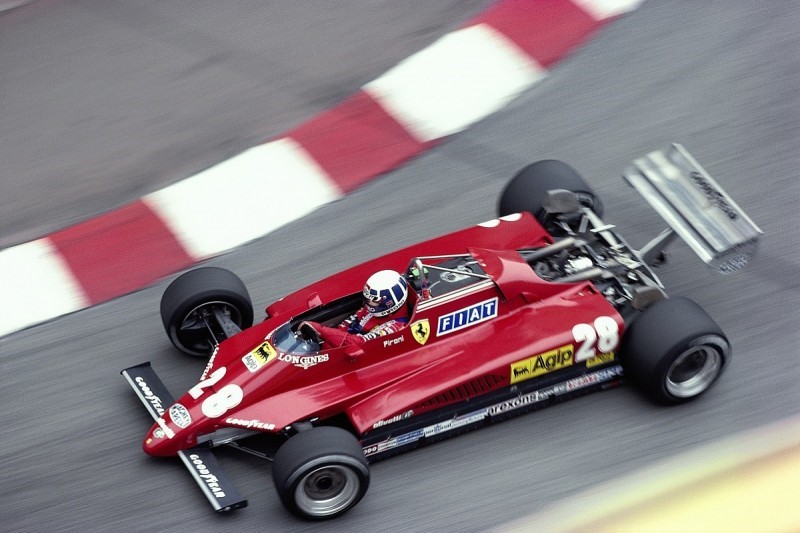
Wins: 5
Drivers' titles: 0
Constructors' titles: 2 (1982-83)
Renault led the way with turbocharged engines at the end of the 1970s, but failed to capitalise and Ferrari was the first constructor to take an F1 title with a turbo.
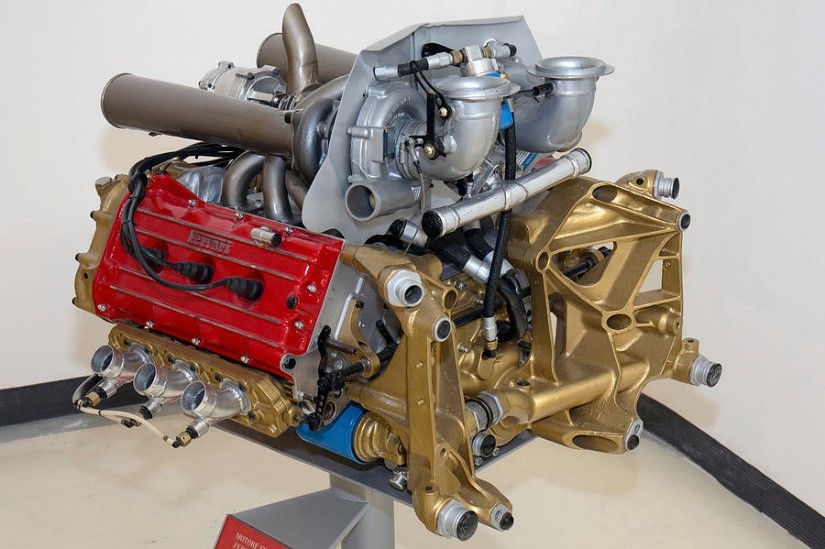
Ferrari Tipo 021 engine 1981 of the Ferrari 126 CK. By Paul Fearn.
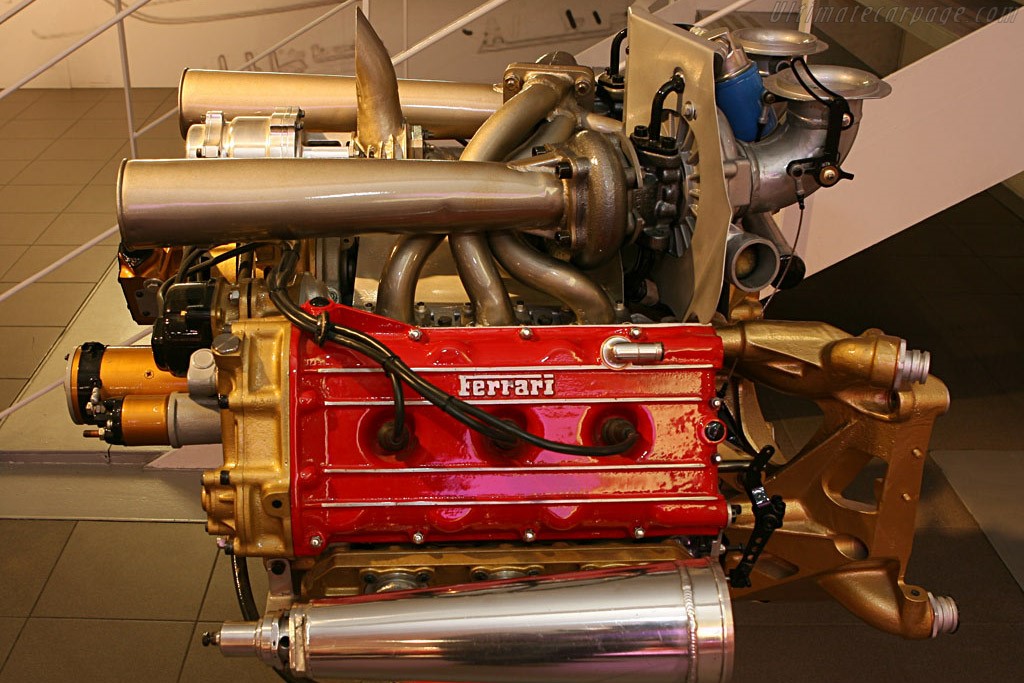
Ferrari 126 CK engine.
That came courtesy of Harvey Postlethwaite's 126C2, which won the constructors' championship in 1982.
Aside from the ill-starred 1973 312B3, the 126C2 was Ferrari's first full monocoque F1 chassis and the first to successfully utilise ground-effects. Renault's RE30B and the Brabham-BMW BT50 were often faster, but lacked the Ferrari's reliability.
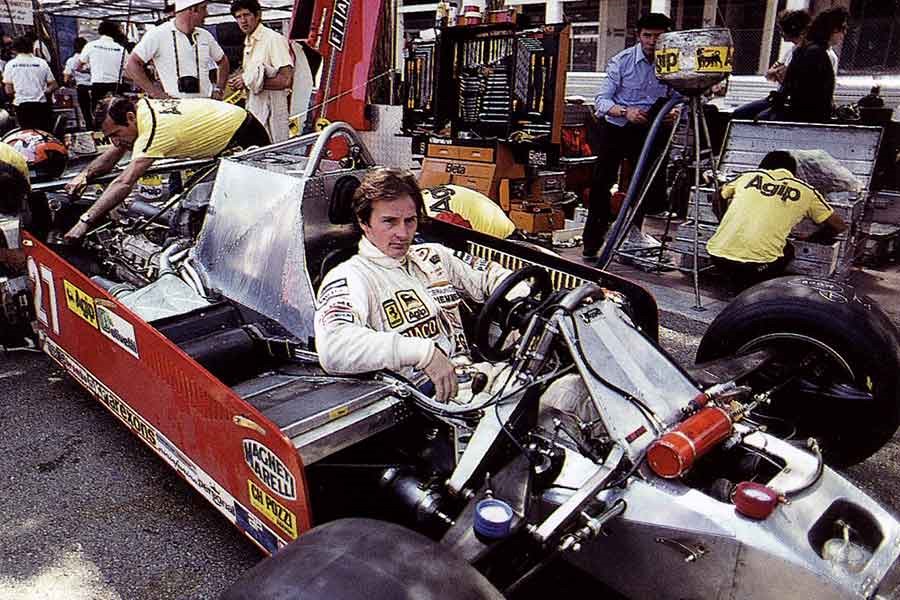
Gilles Villeneuve was killed in the crash driving a Ferrari 126C.
The car was certainly not Ferrari's luckiest. Gilles Villeneuve was killed in a terrible qualifying crash at the Belgian GP, while Osella driver Riccardo Paletti died when he struck the back of Didier Pironi's stalled Ferrari at the start of the Canadian GP. But a string of podium finishes had taken Pironi into a nine-point lead when he arrived at Hockenheim for the German GP, round 12 of 16.
Sadly, in appalling conditions in practice, he hit Alain Prost's Renault and the Ferrari cartwheeled to destruction, ending Pironi's career. Patrick Tambay won the race and Ferrari ultimately beat McLaren by five points in the constructors' contest, but Pironi's tally was overhauled by Williams driver Keke Rosberg.
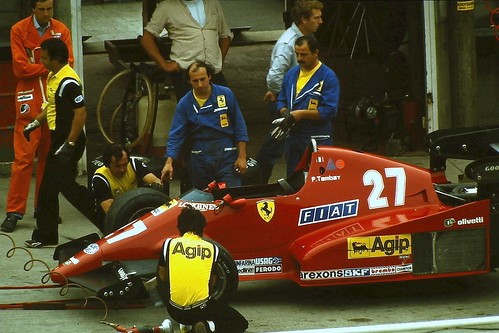
Ferrari 126C of Patrick Tambay in pits during tyre testing at Brands Hatch in 1983.
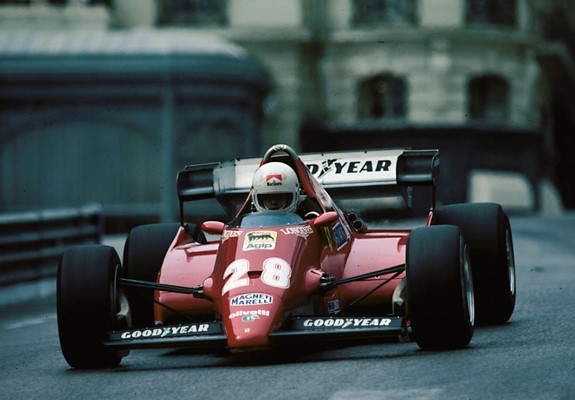
1983 Ferrari.
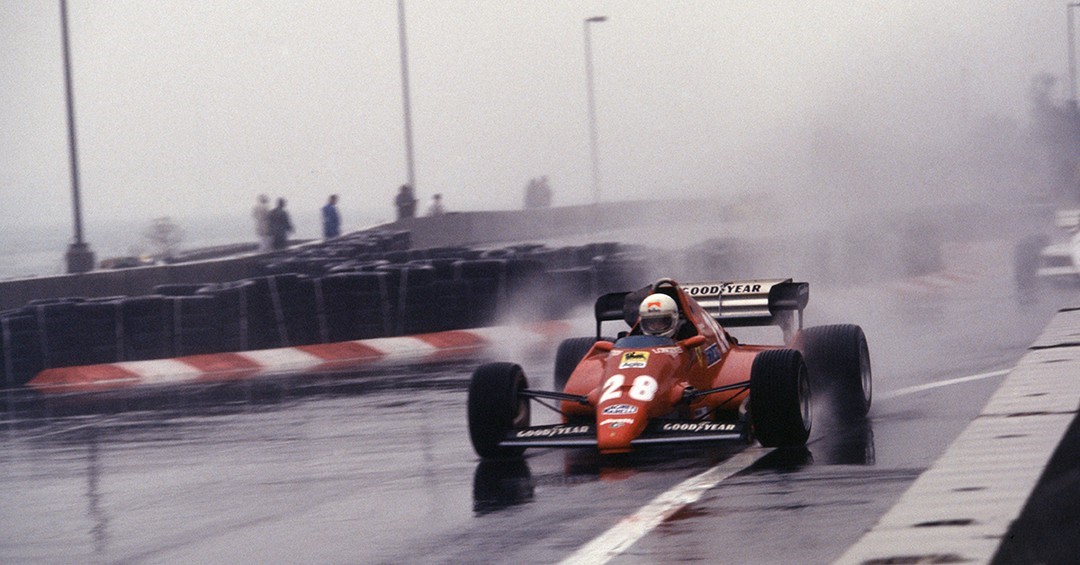
Ferrari 126 C3 in 1983.
Flat bottoms were mandated for 1983 to cut the amount of downforce created by ground-effects and the revised 126C2B was still good enough to win two more races before being replaced by the 126C3.
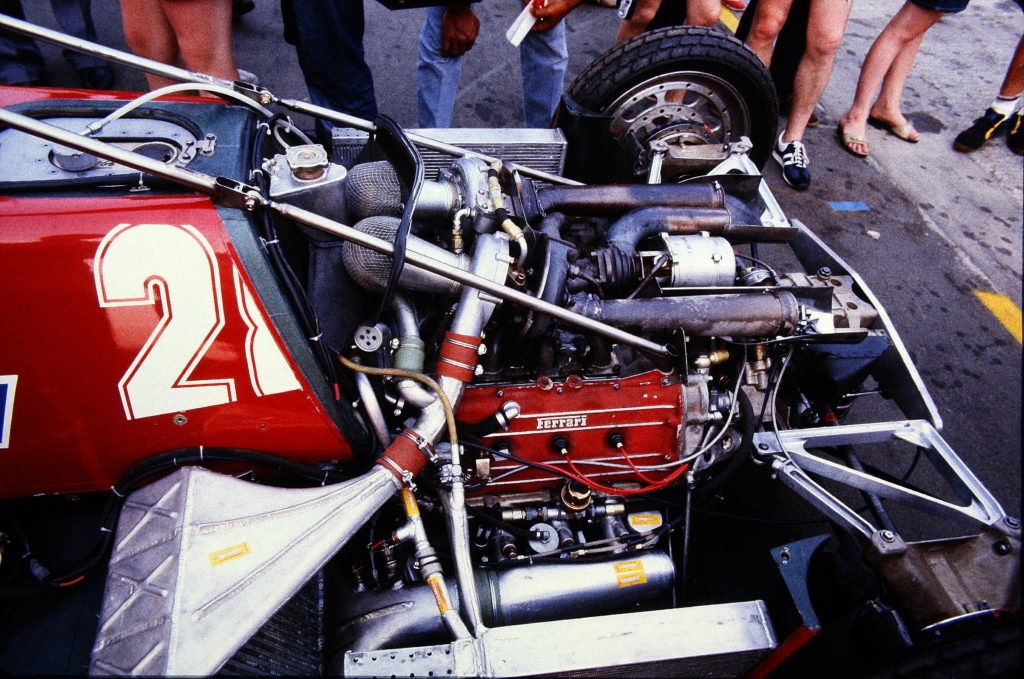
Ferrari 126 C2B, Great Britain 1983. By F1 history.
Interestingly, Tambay had been right in the title fight before the switch, but a run of non-finishes in the closing stages of the campaign meant he fell to fourth, behind team-mate Rene Arnoux.
The points total scored by the 126C2B and 126C3 was, however, enough for Ferrari to retain its constructors' crown. It would be 16 years before it won another.
8. Ferrari 246 Dino
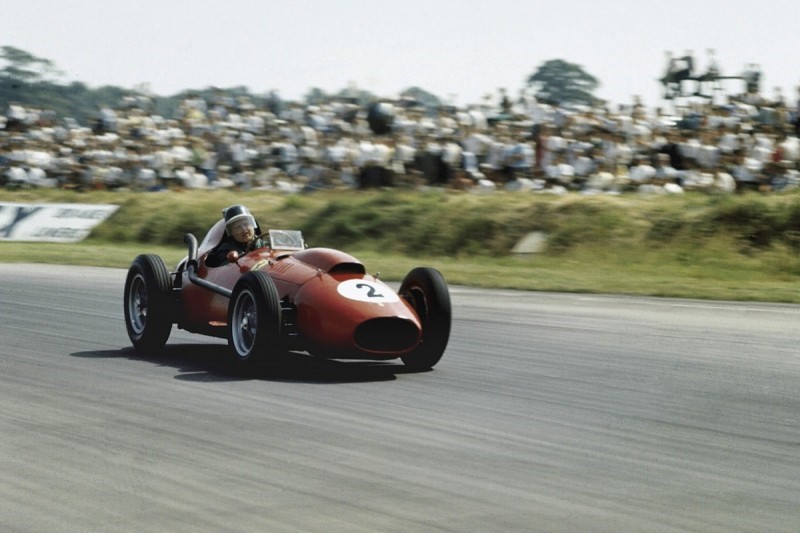
Wins: 5
Drivers' titles: 1 (Mike Hawthorn, 1958)
Constructors' titles: 0
Ferrari had just experienced its first winless season in the world championship in 1957 (excluding its part-campaign in 1950) when the Vittoria Jano/Carlo Chiti 246 arrived. Other than Ferrari's first use of a V6 engine in F1, the Dino broke little new ground, but it was a sound design.
Chief rival Vanwall had marginally the faster car over the balance of the season and took the inaugural constructors' title, but the Ferrari was arguably an easier car to drive and was reliable for the time. That helped Mike Hawthorn take five second places and five fastest laps, to go with his win in the French GP, enough to pip Vanwall's Stirling Moss (with four wins) to the drivers' crown by a single point.
The rear-engined revolution was well under way in 1959, but the front-engined Ferrari was still in the mix, at least on fast circuits. Tony Brooks won at Reims and Avus and went to the season finale with a chance of the title, against Cooper drivers Moss and Jack Brabham.
That didn't go his way and Ferrari was outclassed in 1960, its only victory coming in the Italian GP when the British teams boycotted the event due to the use of the banking at Monza. The Dino nevertheless has its place as the last front-engined car to win the drivers' crown and a world championship GP.
7. Ferrari 500
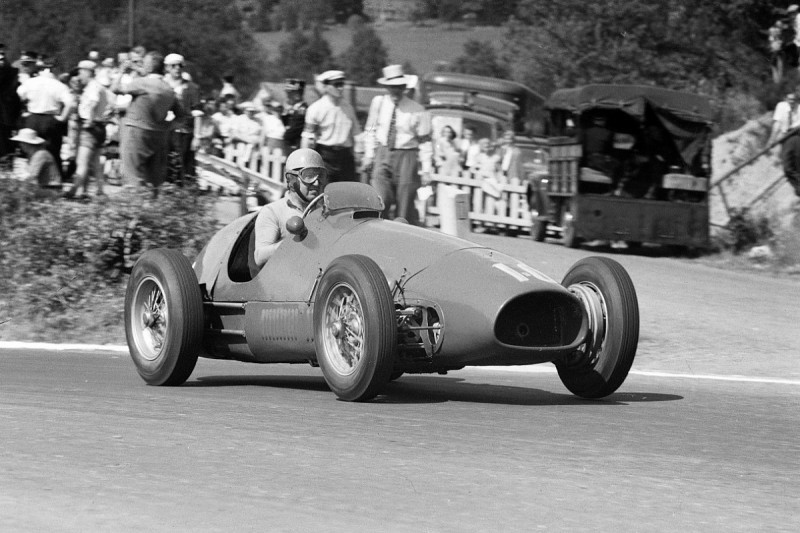
Wins: 14
Drivers' titles: 2 (Alberto Ascari, 1952-53)
Constructors' titles: 0 (not inaugurated until 1958)
In the absence of serious opposition to Ferrari in F1, the world championship was run to two-litre unsupercharged F2 regulations in 1952-53, but Ferrari dominated anyway. Excluding the anomalous Indianapolis 500, which counted for points between 1950 and 1960, Aurelio Lampredi's four-cylinder racer took every pole and victory in 1952, with Ascari waltzing to the crown by winning six of the eight rounds.
Maserati put up more of a fight the following year, with Fangio taking two poles, but Ferrari was still set to win every championship GP until a dramatic final lap at the season-closing Italian GP allowed Fangio to slip through to victory. Ascari nevertheless took his second world crown, though Ferrari didn't win the constructors' title because there wasn't one until 1958.
The F2 era was not the most competitive period in the world championship, but there is no doubt that Ferrari was the dominant force - and the 500 racked up numbers that would take many years to be overcome.
6. Ferrari F2007
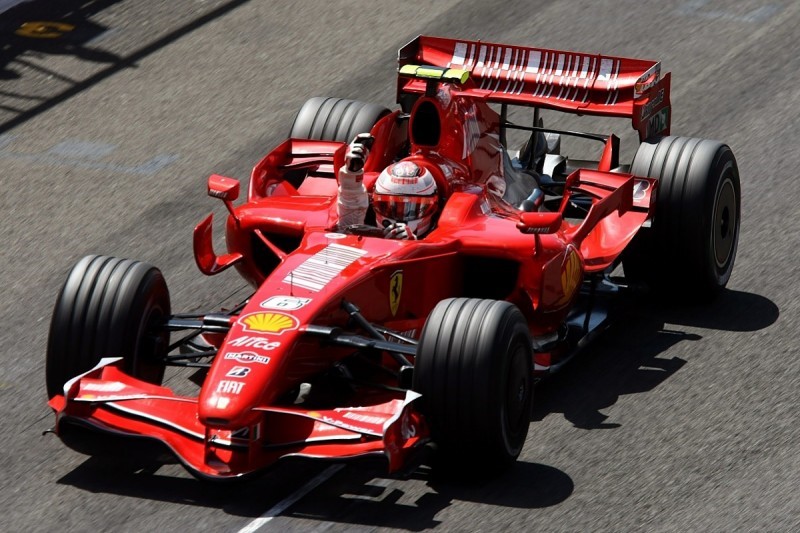
Wins: 9
Drivers' titles: 1 (Kimi Raikkonen, 2007)
Constructors' titles: 1 (2007)
The fight for the youngest car on this list was between the F2007 and its successor, the F2008. The later car was, on raw pace, marginally quicker compared to its rivals, but results matter and it was the F2007 that just delivered Ferrari a title double - its last at the time of writing in 2020.
Kimi Raikkonen switched to Ferrari for 2007 and sensationally won on his - and the F2007's - debut with the team at the Australian GP opener. The fight with McLaren was intense, heightened by the spy scandal and the advantage swung
-between the two teams.
Despite being 17 points behind with two races to go (when a win scored just 10), Raikkonen came through to defeat McLaren duo Lewis Hamilton and Fernando Alonso by a single point.
The F2007's final tally was nine wins and nine poles from 17 races, compared to the McLaren MP4-22's scores of eight and eight, after one of F1's closest seasons.
5. Ferrari 156 'Sharknose'
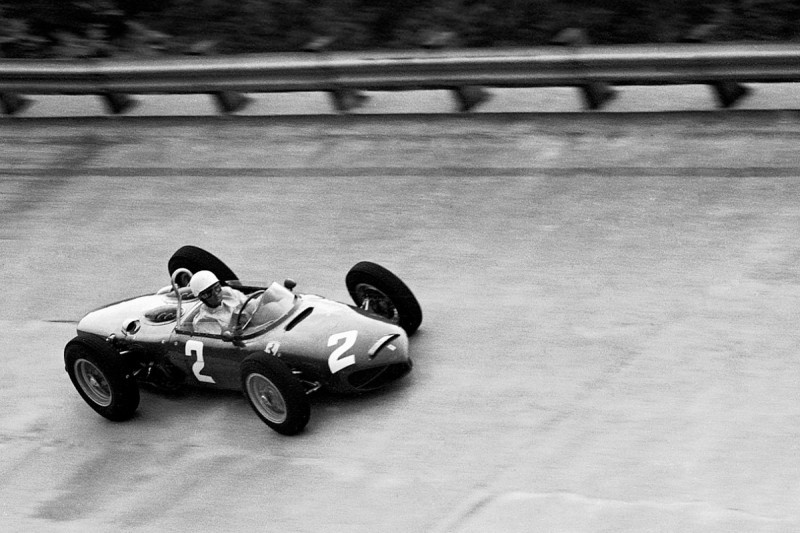
Wins: 5
Drivers' titles: 1 (Phil Hill, 1961)
Constructors' titles: 1 (1961)
In terms of raw pace, the 1961 156 'Sharknose' is the third-most dominant Ferrari in world championship history, behind only the 1952 500 and 1956 D50 (which was really a Lancia and therefore doesn't make this list). The nostril grill that gives it its name also make the Carlo Chiti design one of Ferrari's most iconic.
Ferrari was well prepared for the switch from 2.5-litre to 1.5-litre F1 engines in 1961. While the British teams moaned and even attempted to set up their own rival series, Ferrari and Porsche had honed their designs in F2.
The then unknown Giancarlo Baghetti had already won the non-championship Syracuse GP when three 156s arrived at the season-opening Monaco GP. There, they were defeated by a driver of virtuosity by Moss in Rob Walker's privateer Lotus, but a 1-2 next time out at Zandvoort was a better indicator of how the season would unfold.
Power was the 156's trump card and at the high-speed Spa, Phil Hill led a 1-2-3-4, the fastest non-Ferrari qualifying 6.7 seconds off Hill's pole time.
Baghetti took a slightly fortunate win in the French GP with the older 65-degree V6 as quicker Ferraris with 120-degree versions failed, before Wolfgang von Trips led a 1-2-3 at the British GP.
Another great Moss drive at the Nurburgring restricted Ferrari to 2-3, but the fight for the drivers' crown was between von Trips and Hill. That was decided in tragic circumstances when von Trips and 15 spectators were killed in a crash on lap two and Hill went on to win. With both titles clinched, Ferrari skipped the season finale at Watkins Glen.
By the following season, the leading British teams - chiefly Lotus and BRM - had better V8 power and finer chassis than Ferrari. The 156 scored three podiums at the start of the season, but Ferrari had been overtaken and suffered amid internal turmoil that left it sixth in the constructors' table.
All the 'Sharknose' racers were broken up, but their place in Ferrari - and F1 - history remains.
4. Ferrari F1-2000
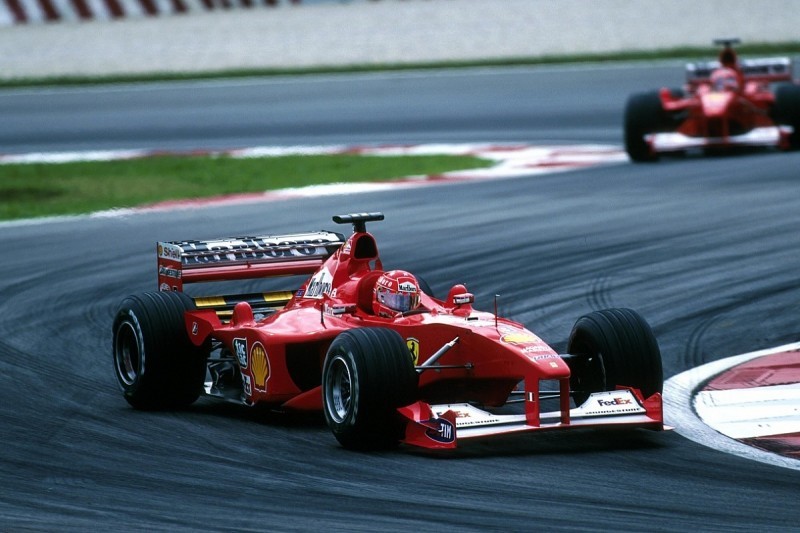
Wins: 10
Drivers' titles: 1 (Michael Schumacher, 2000)
Constructors' titles: 1 (2000)
There are better cars on this list and cooler ones that aren't, but the F1-2000 has a significant place in Ferrari folklore as the machine that finally ended the longest wait. Ferrari hadn't won the F1 drivers' crown since Jody Scheckter and, even though it had won the constructors' title with the F399 in 1999, the focus was on Michael Schumacher finally adding to the two championships he had won with Benetton.
Things started well with a 1-2 in the Melbourne opener, even though that result was helped by engine problems for McLaren, which had locked out the front row. McLaren had more problems at Interlagos before Schumacher made it three wins in a row by beating both Mika Hakkinen and David Coulthard at Imola.
McLaren mounted a comeback and victory for Hakkinen in the Hungarian GP moved the Finn to the top of the points table. A brilliant win in Belgium extended the gap before Schumacher won in Italy and the US.
That meant he arrived at the penultimate round in Japan with an eight-point lead and, after a flat-out duel with Hakkinen, took victory to put the drivers' title beyond reach and end Ferrari's long wait.
The F1-2000's 10th win in the Malaysian GP finale was more than enough to secure Ferrari the constructors' crown.
3. Ferrari F2002
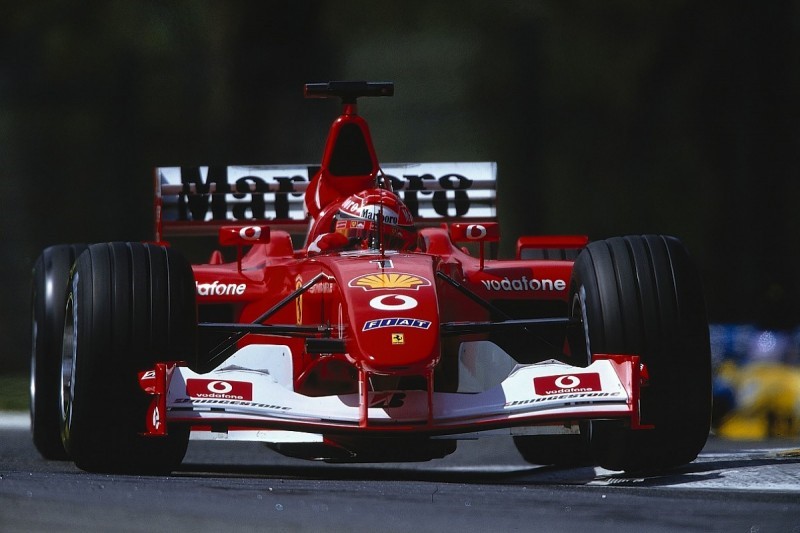
Wins: 15
Drivers' titles: 1 (Michael Schumacher, 2002)
Constructors' titles: 1 (2002)
Schumacher's title successes of 2000 and 2001 established Ferrari as the team to beat in the early years of the millennium, but the 2002 season moved things on to another level.
The F2002, the work of the same Ross Brawn-led team that had already taken three constructors' and two drivers' titles, made its debut in the 2002 Brazilian GP, round three of the season. Schumacher took a narrow victory over brother Ralf in a Williams, but thereafter the F2002 was more dominant.
It was beatable in qualifying, scoring 'only' eight poles, but Sundays were a different matter. The F2002 took 14 wins from its 15 races in 2002 - its only defeat coming thanks to one of David Coulthard's greatest races at Monaco - and Ferrari scored as many points as the other 10 teams combined.
If there is a negative associated with the F2002 it is that it was the car involved in the controversial Austrian GP team orders scandal and the farcical scenes of the 'photo finish' between Rubens Barrichello and Schumacher at the US GP. But you could also argue it was the car's sheer supremacy that allowed Ferrari to play such games in the first place.
Just as the F2001 - another candidate for this list - had done extra service at the beginning of 2002 (and won once), the 'B' version of the F2002 contested the first four rounds of 2003, Schumacher winning the San Marino GP to take the car's final tally to 15 and its pole score to 11.
2. Ferrari 312T / 312T2
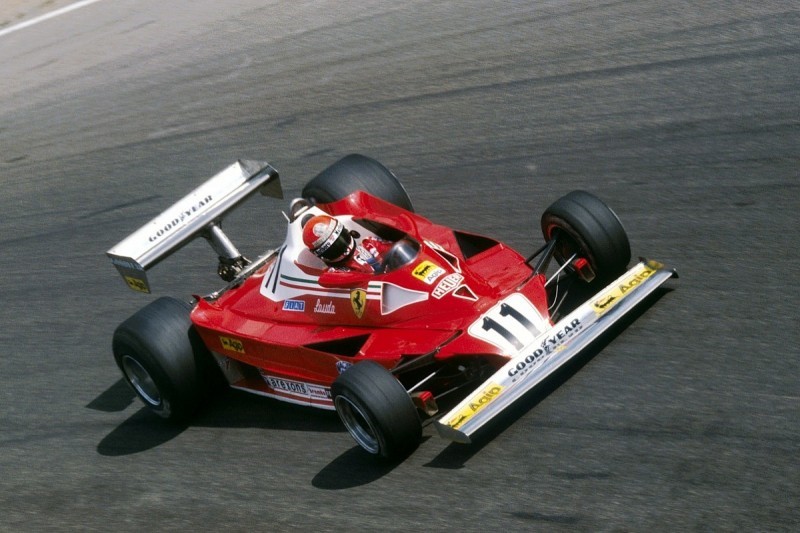
Wins: 17
Drivers' titles: 2 (Niki Lauda, 1975 and 1977)
Constructors' titles: 3 (1975-77)
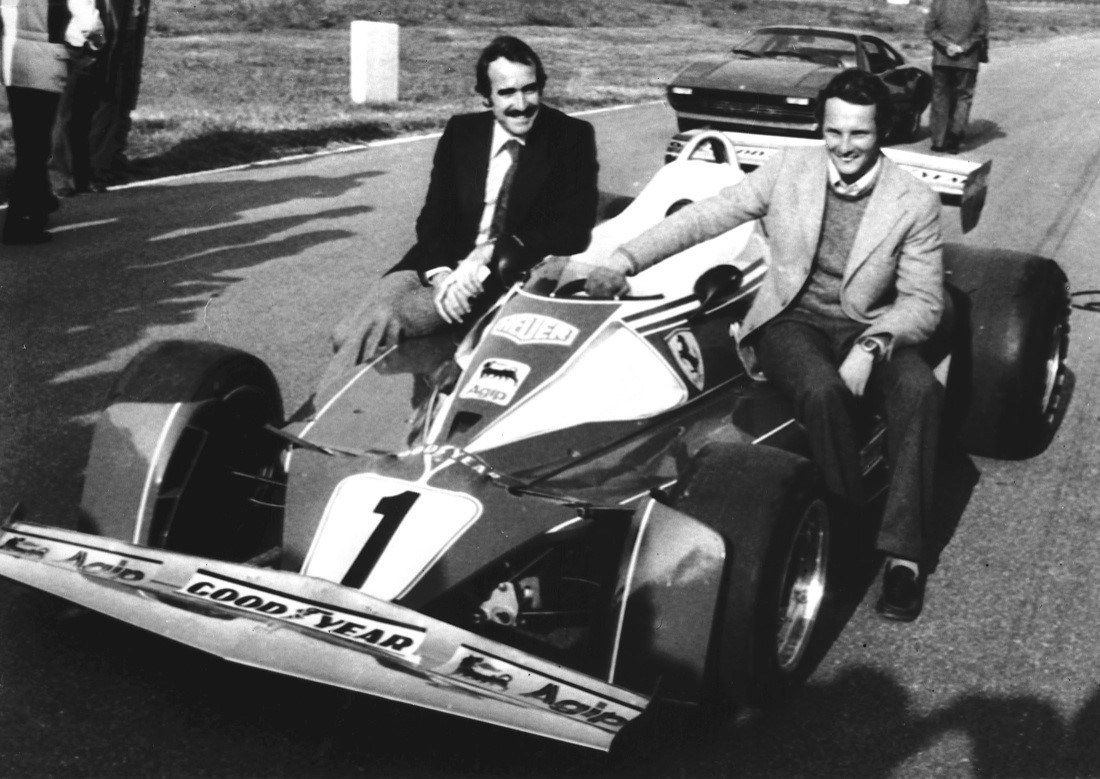
Niki Lauda and Clay Regazzoni.
We've counted the 312T and 312T2 together because they were very similar, with some minor changes, such as to the air intakes, brought in due to rule tweaks.
The 1974 312B3 had come close to ending Ferrari's wait for a title - which stretched back to 1964 - but bad luck and unreliability had cost it. Mauro Forghieri's 312T moved things up a notch in 1975, with the transverse-mounted gearbox aiding chassis balance.
The flat-12 engine produced more than 500bhp reliably and Niki Lauda dominated the campaign. Nine poles and five wins from 14 races comfortably gave the Austrian the crown, while Clay Regazzoni won the Italian GP and Ferrari also took the constructors' title.
The 312T took three more wins at the start of 1976 before the 312T2 arrived. Lauda would almost certainly have won the crown again had it not been for the German GP crash that left him near death, but Ferrari still finished the season with six wins and another constructors' championship success.
By 1977 the 312T2, now in revised 'B' spec, was no longer the quickest car - Ferrari was only fourth fastest on raw pace - but a combination of reliability and Lauda brought another title double. Carlos Reutemann added another victory at the start of 1978 in Brazil before the introduction of the 312T3, which had a new monocoque and fresh suspension so isn't counted in the statistics above.
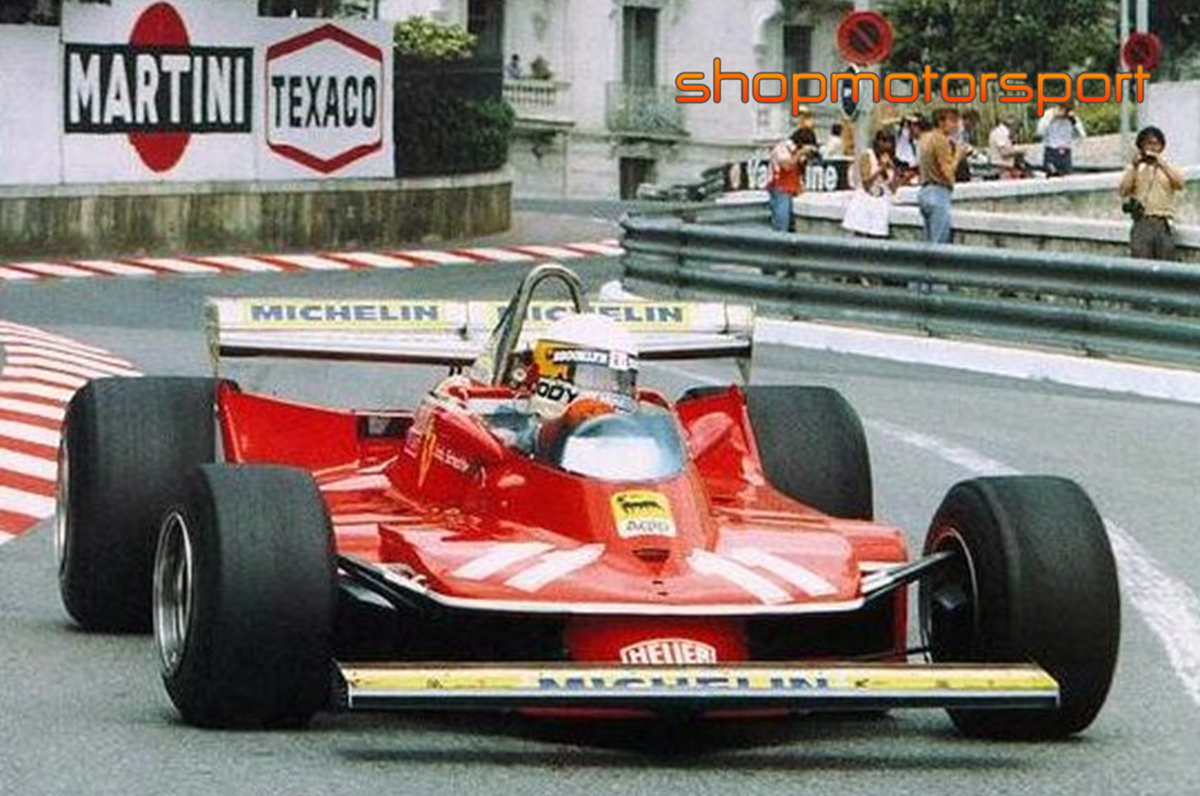
Jody Scheckter at the 1979 Monaco GP in a Ferrari 312 T4.
The 1979 312T4 deserves an honourable mention too, its reliability and consistency helping Scheckter and Villeneuve to a 1-2 in 1979, the last time a Ferrari driver would win the crown until the arrival of Schumacher.
1. Ferrari F2004
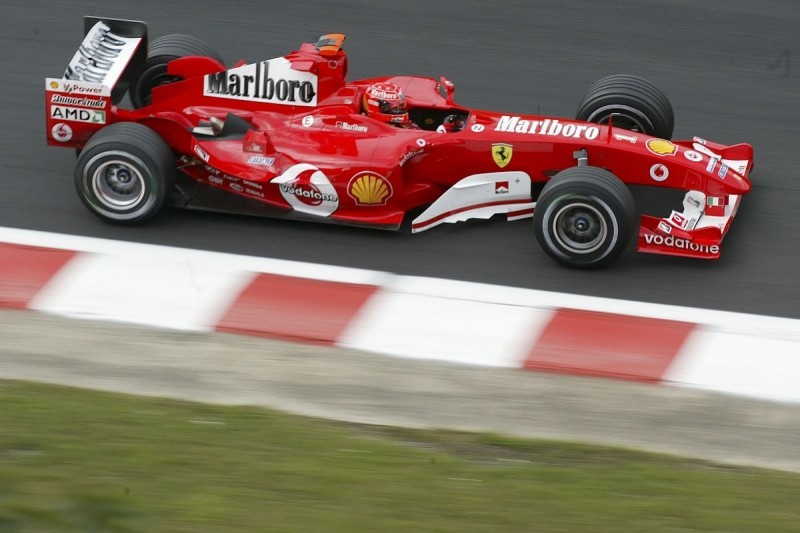
Wins: 15
Drivers titles: 1 (Michael Schumacher, 2004)
Constructors' titles: 1
It doesn't have the longevity of the 312T series, but that's more due to the changing nature of F1 than anything else. The F2004 was the culmination of the remarkable Ross Brawn/Rory Byrne/Michael Schumacher Ferrari era.
The V10-engined machine was so fast in pre-season testing that the team thought it had made an error and, thanks to subsequent rule changes, it has taken until the last two or three years for many of the F2004's myriad lap records to fall.
Ferrari's almost symbiotic relationship with tyre supplier Bridgestone paid dividends and the car was very reliable - its only retirements in 2004 came due to clashes. The F2004 'only' scored 12 poles, partly due to the qualifying format of the era and partly due to the nature of the Bridgestones, but was invariably leagues quicker than the opposition in the races.
As well as the 15 wins from 18 2004 races, Ferrari scored eight 1-2s, while Schumacher and Rubens Barrichello finished well clear of third-placed Jenson Button in the drivers' table.
Ferrari's domination led to rule changes for 2005, which did help to end Schumacher's run, but the modified F2004M was still good enough to finish on the podium in the Australian GP season opener.
The F2004 is not only the greatest F1 Ferrari, it was a leading contender when Autosport debated what the greatest Grand Prix car is in one of our Autosport 70 podcasts.
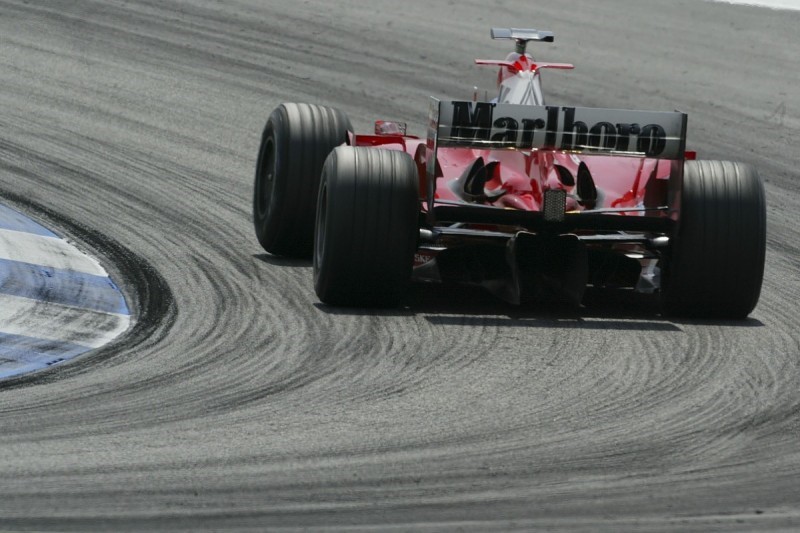
Ferrari 312 T4
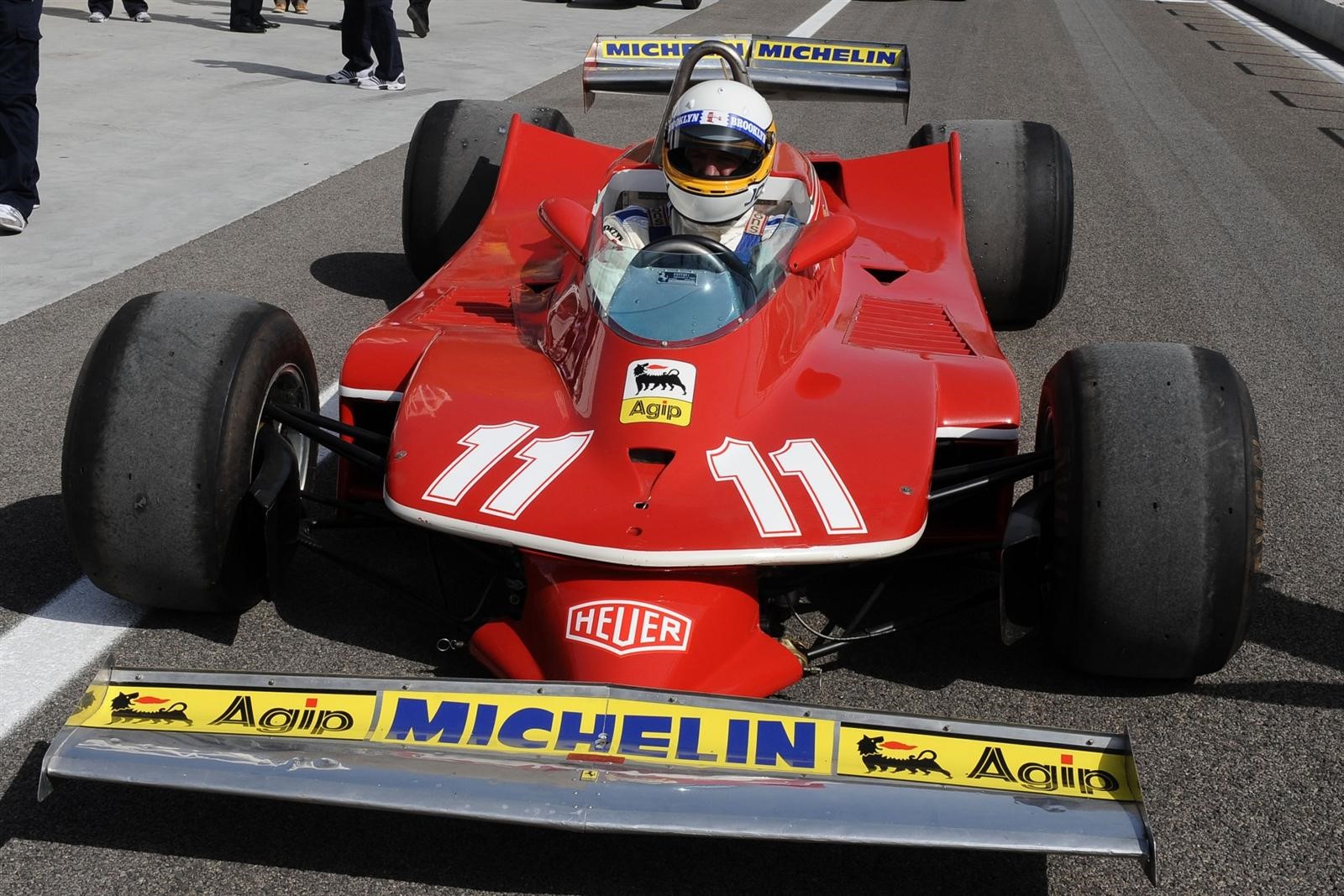
Jody Scheckter and his Ferrari 312 T4.
Ferrari stormed back to victory with the 312 T4 in 1979, dominating both Championships
The battle for the Drivers’ title turned into a duel between Villeneuve and South African Jody Scheckter, who won three races each, but the latter eventually triumphed due to a more consistent performance. The 312 T3 was used for the first two races of 1979.
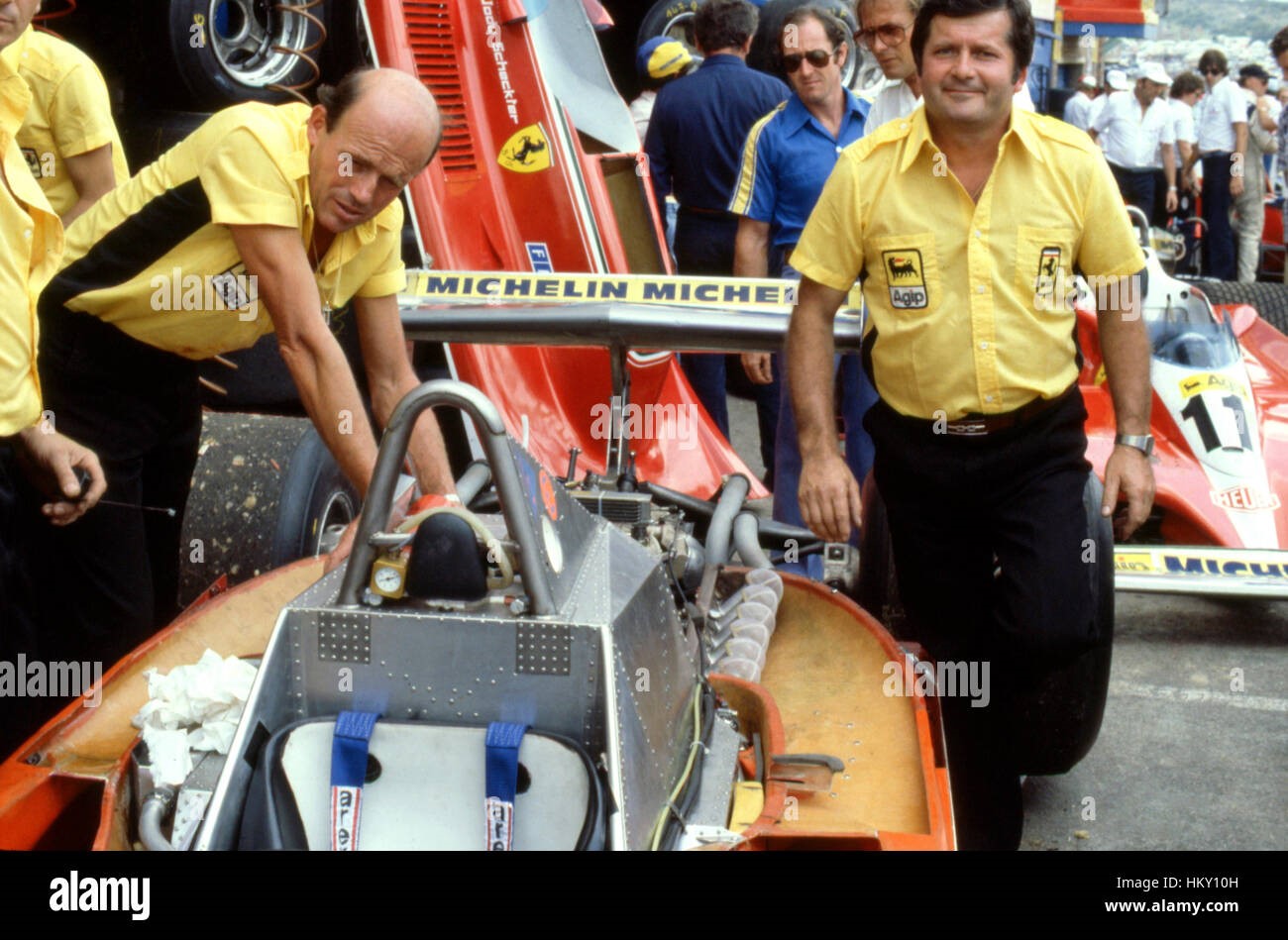
1979 South African GP, Ferrari 312 T4 at the pits.
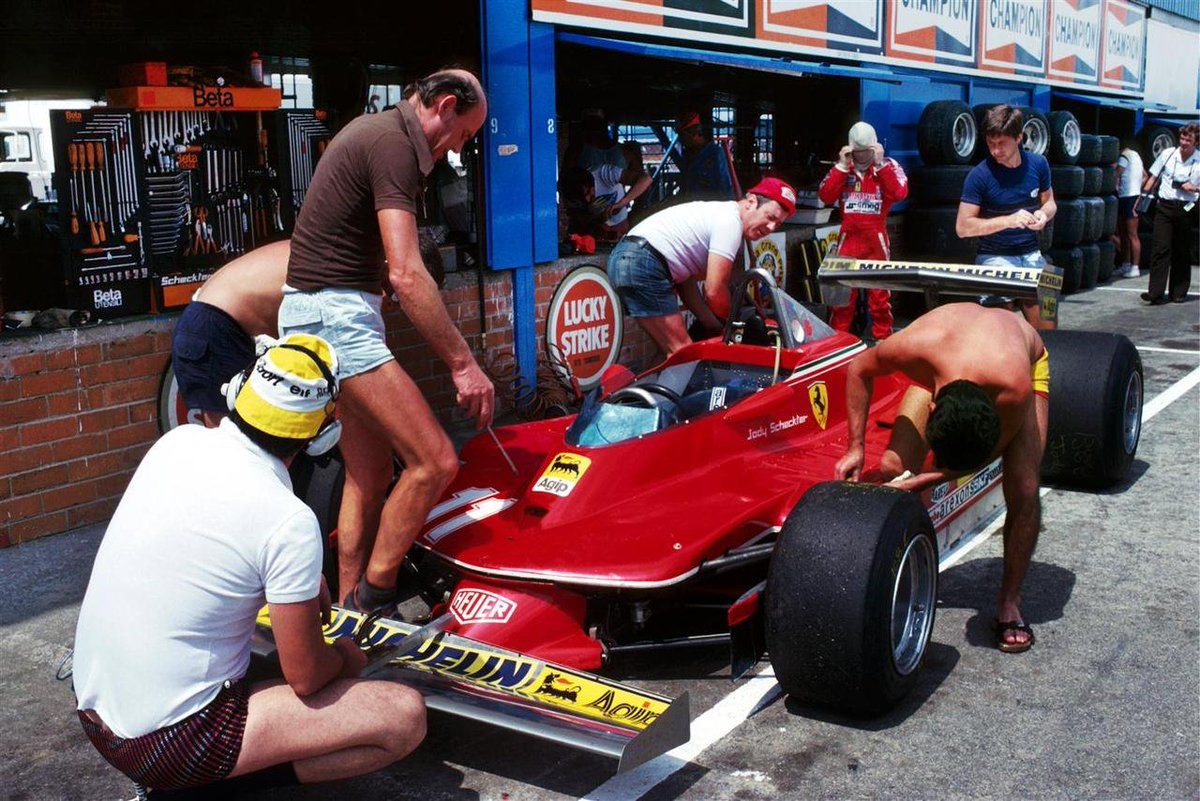
Ferrari 312 T4 n°11 Jody Scheckter (2nd) - South African Grand Prix 1979.
In fact, the T4 made its debut in South Africa and immediately won two races. Another double, this time at Monza, brought further glory: a win for Villeneuve and the Championship for Scheckter.
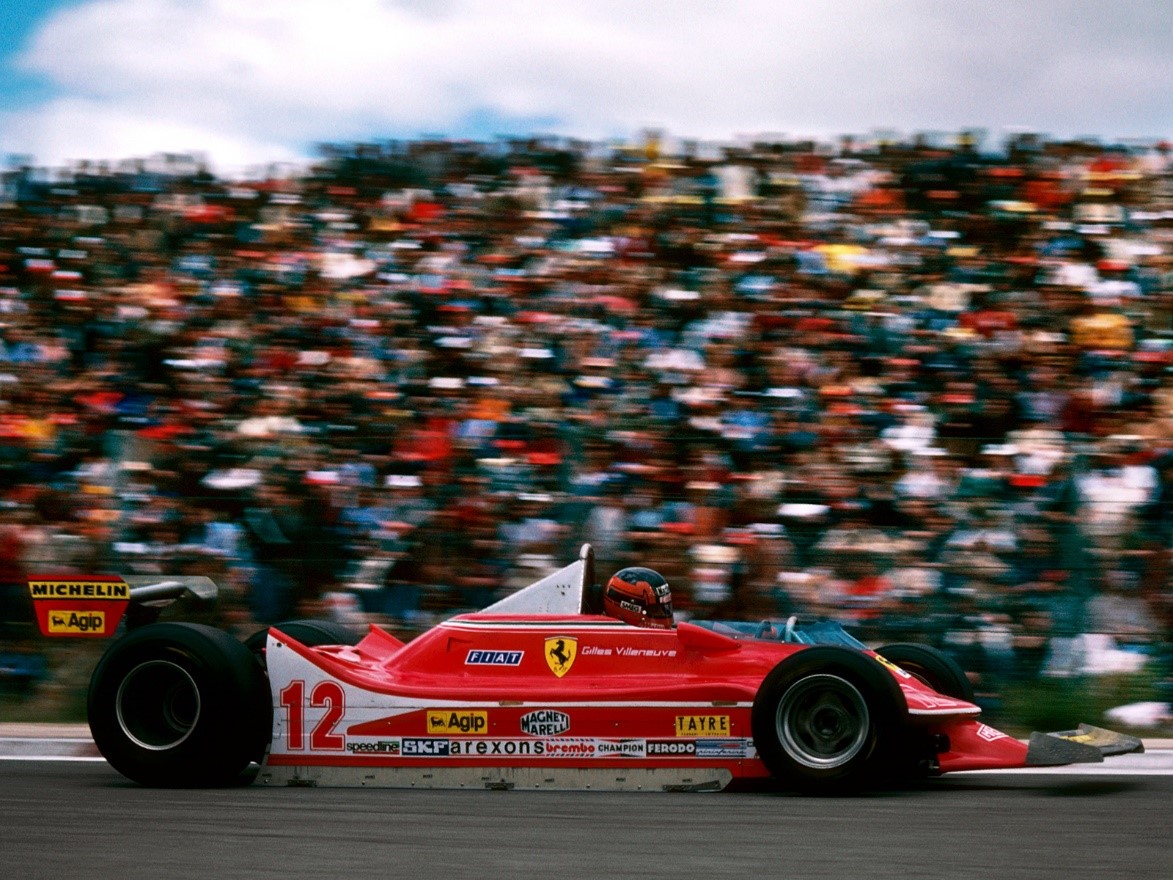
1979 Ferrari 312 T4.
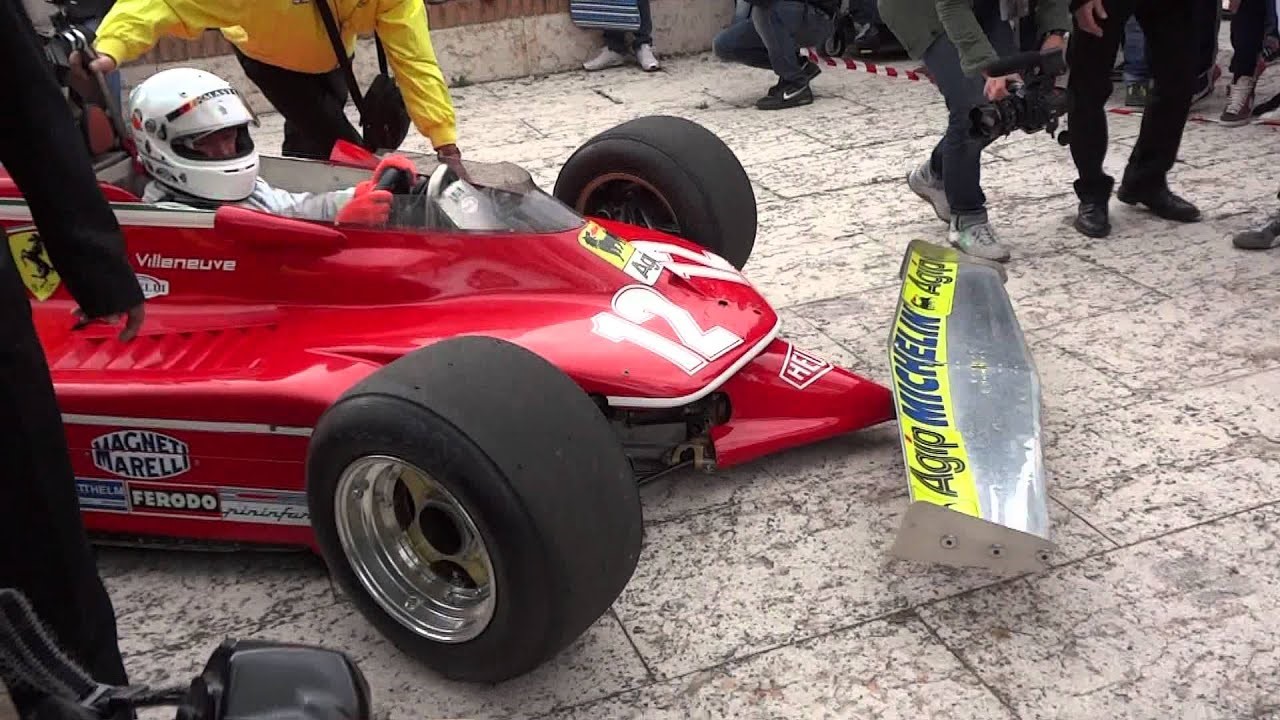
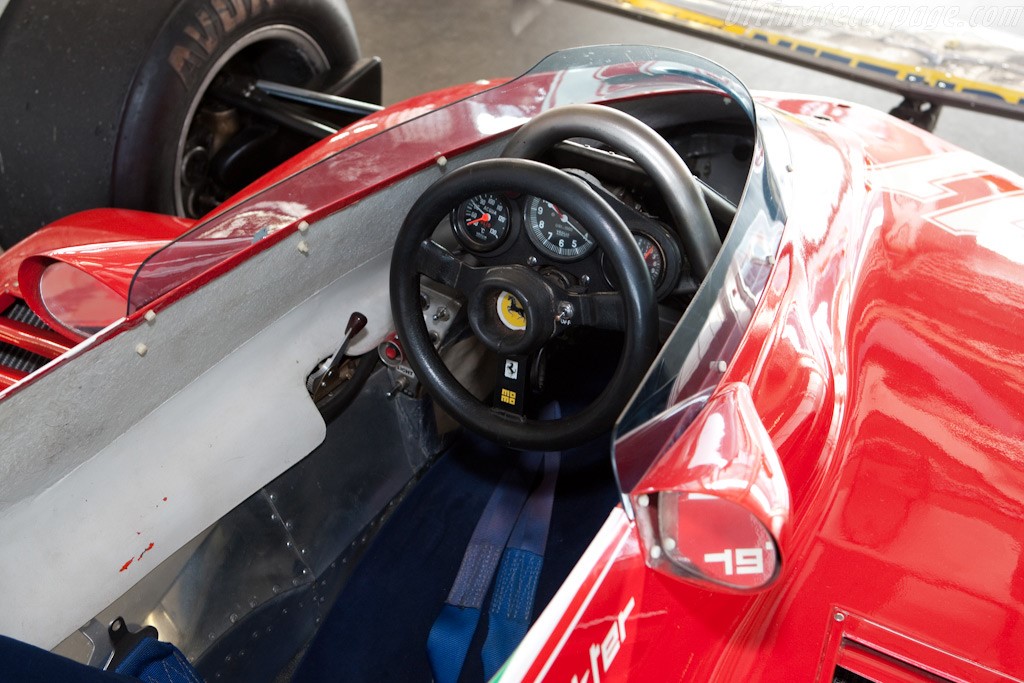
Ferrari 312 T4.
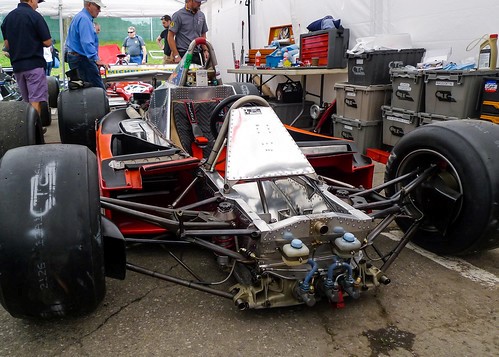
1979 Ferrari 312 T4. By Paul Dagenais.
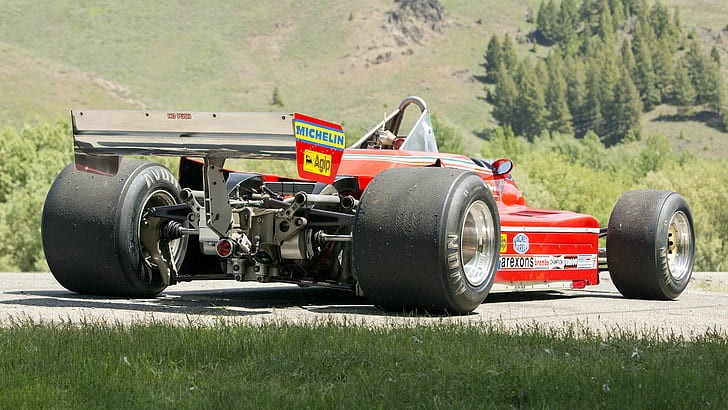
Ferrari 312 T4.
The car was a further evolution of the T series which brought three Drivers’ and four Constructors’ titles to Maranello, but the transverse dimensions of the engine’s horizontally opposed cylinder layout were at odds with its aerodynamic development.
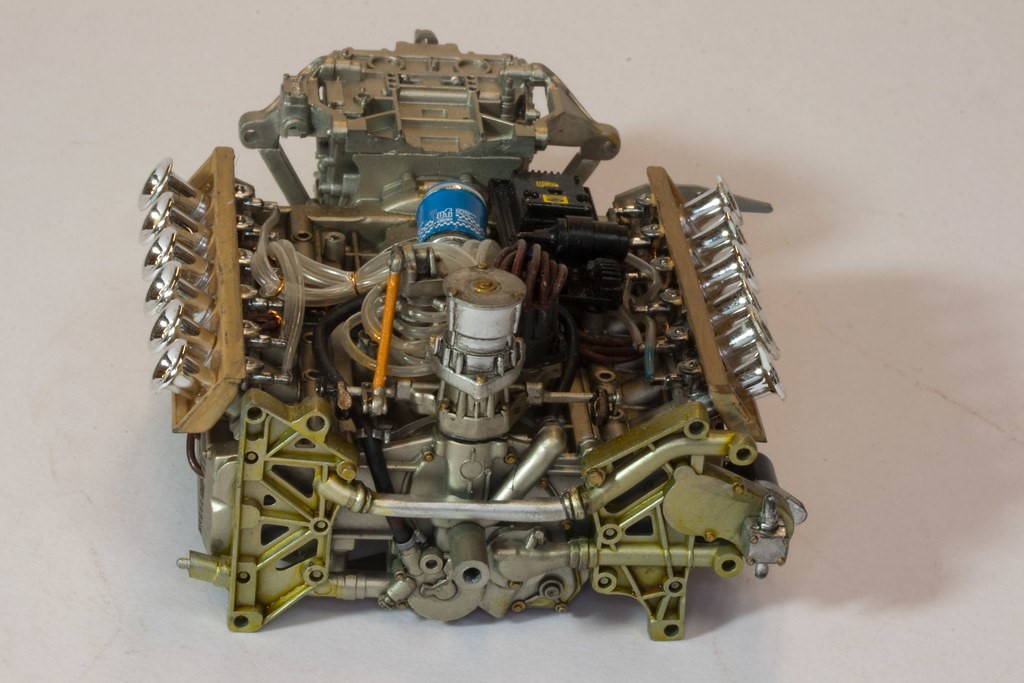
Ferrari 312 T4 engine.
To overcome this problem, the Ferrari technicians broadened its flanks still further to house the air intakes that would channel air to the radiators and to the intake ducts.
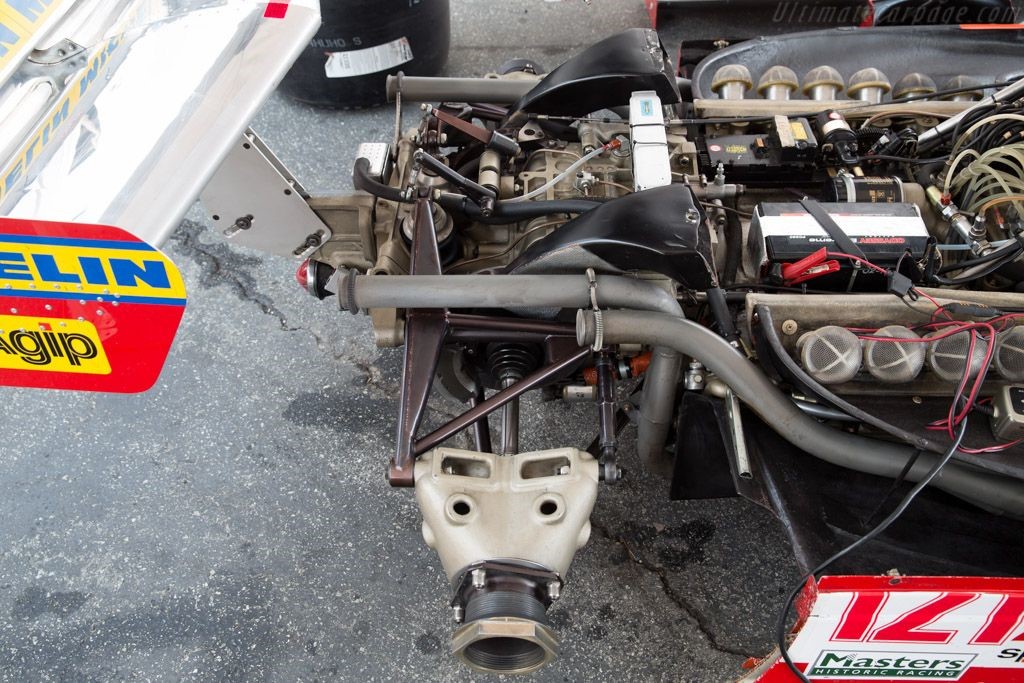
The suspension was redesigned too to minimise drag, while the rear brakes were inboard to reduce the non-suspended mass and improve grip and traction control.
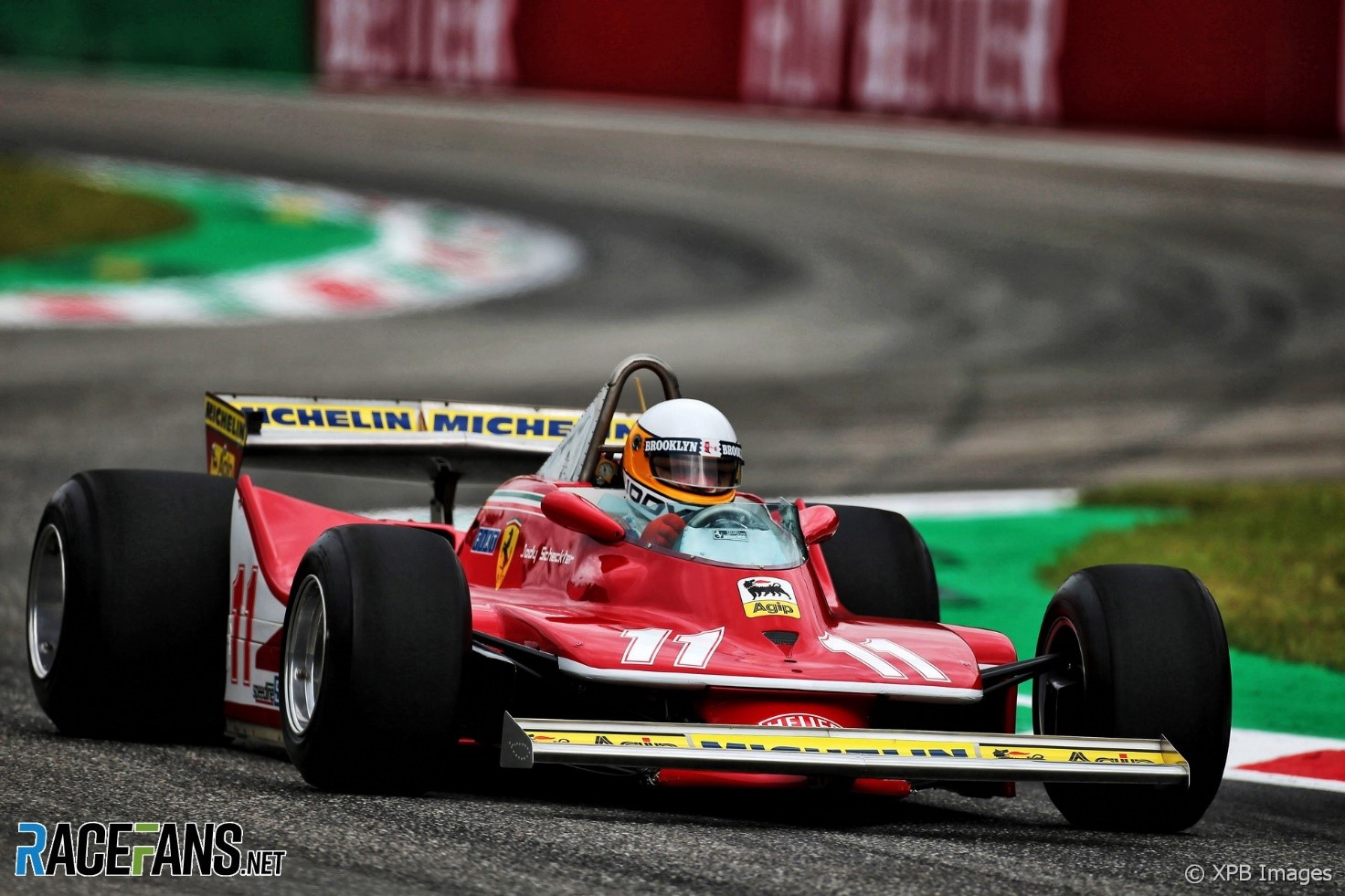
Ferrari 312 T4: history of a Formula 1 Legend
The Ferrari 312T series won 27 races, 3 Drivers’ Championships and 4 Constructors’ Championships, becoming the most successful F1 car ever. Out of all these famous Ferraris, the Ferrari 312 T4 is arguably the greatest of them all. Driven by South African Jody Scheckter and Canadian legend Gilles Villeneuve, this iconic car proved that substance outweighs style.
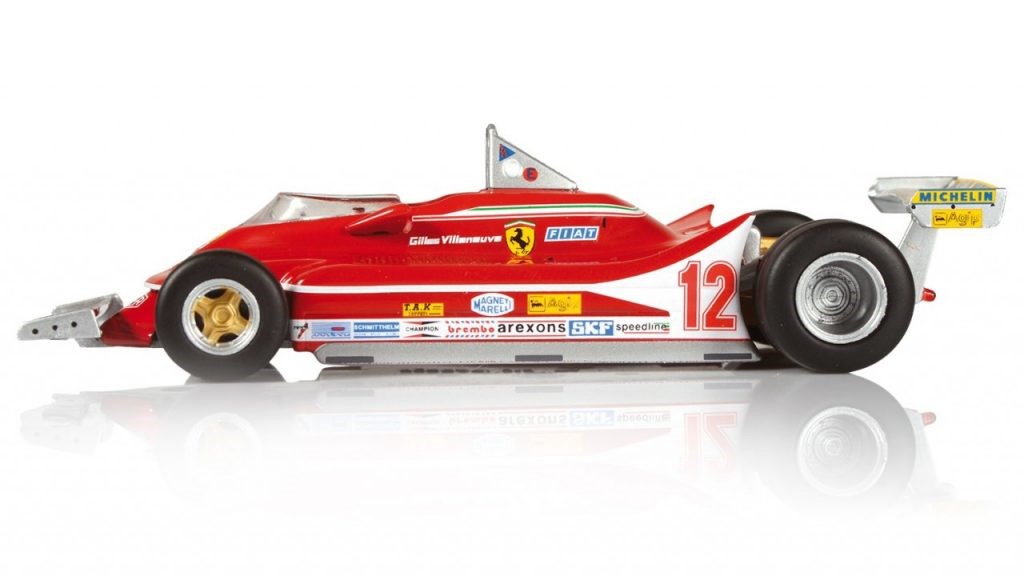
Before taking it all in 1979, Ferrari faced a serious challenge in 1978 in the form of the Lotus 79. The Ferrari 312 T3 made its debut in race three, with Villeneuve and Argentine Carlos Reutemann behind the wheel. The T3 still carried the same flat 12 engine that the former 312T series cars used, but its chassis was brand new. It featured a monocoque structure and alternative suspension, as well as a flatter top body designed to allow improved air flow.
Ferrari put on a good show, but ultimately lost the Championship to Lotus. The Lotus 79, continuing on from developments made on their Lotus 78, was the first Formula 1 car to fully utilise the revolutionary ground effects aerodynamics. This gave it a competitive advantage over all other cars, and it swept the F1 Championship with relative ease.
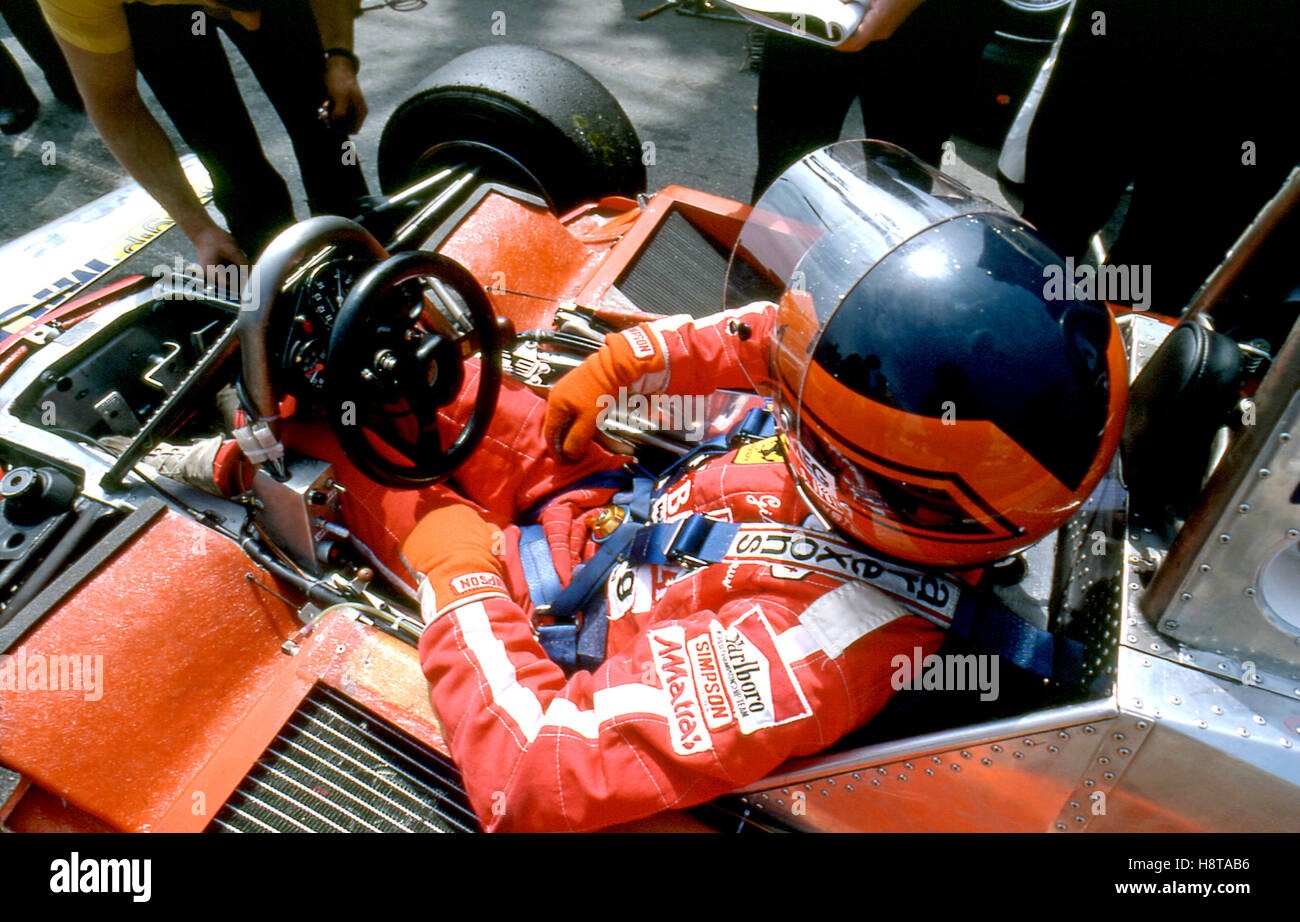
Gilles Villeneuve, Ferrari 312 T4, at 1979 Unites States Grand Prix in Long Beach.
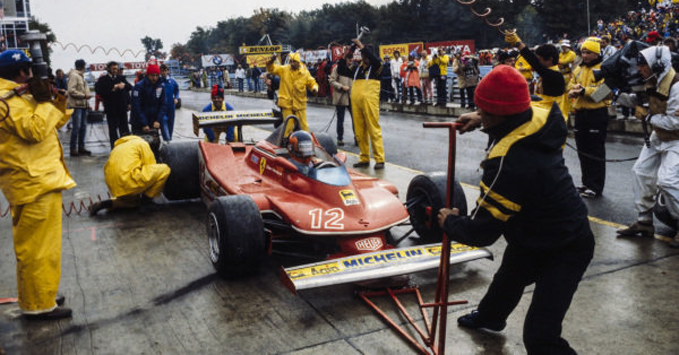
Gilles Villeneuve, Ferrari 312 T4, at 1979 Unites States Grand Prix in Long Beach.
Come 1979, Italian engineer and designer Mauro Forghieri took a leaf out of Lotus’ book when designing Ferrari’s next car. Thus the Ferrari 312 T4 became a ground effect car, taking the bulk of its design from the T3 but with adjustments made to further enhance its aerodynamics. This proved a challenge given that the T series was never developed to allow for ground effects, but the T4 monocoque was made as narrow as possible.
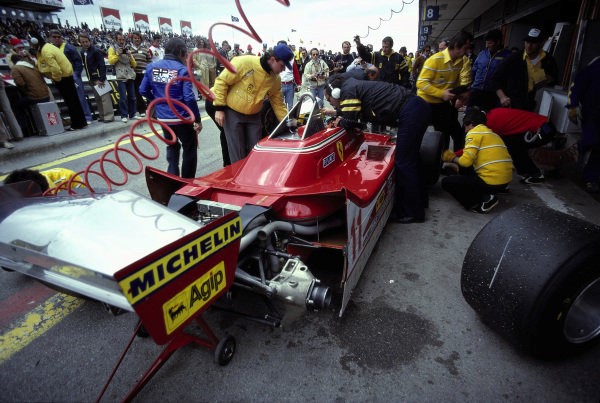
1979 Spanish GP. Photo by Rainer Schlegelmilch.
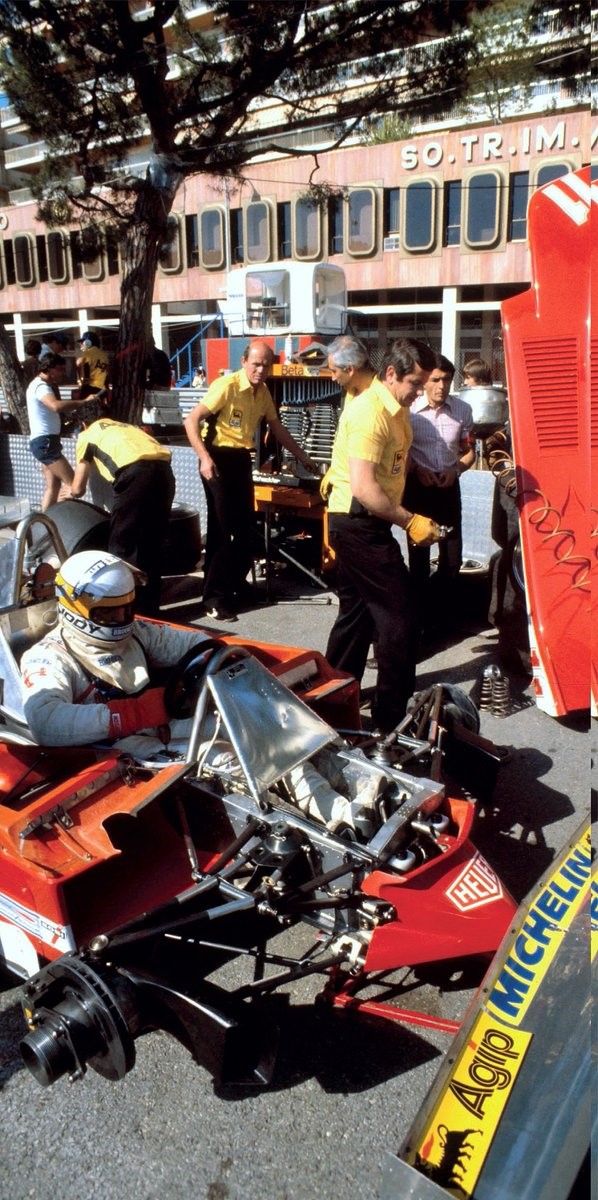
Jody Scheckter, Monaco GP 1979, Ferrari 312 T4.
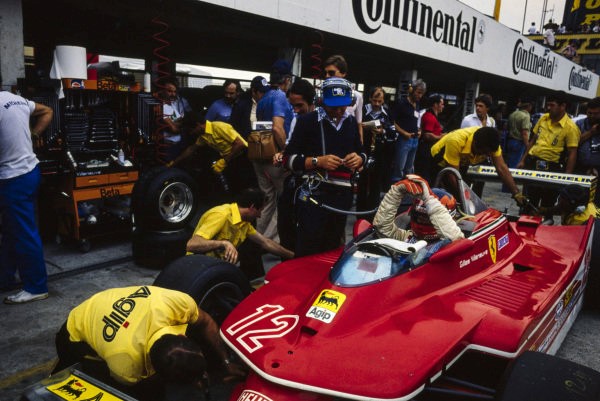
Gilles Villeneuve at German GP in 1979.
The results speak for themselves, with the Ferrari 312 T4 going on to win 6 races, 3 each for Villeneuve and Scheckter. With favourable finishes throughout the season, the T4 claimed the Constructors’ Championship, and Jody Scheckter won the Drivers’ Championship. To this day, Scheckter remains the only driver from the African continent to ever win the Formula One World Championship.
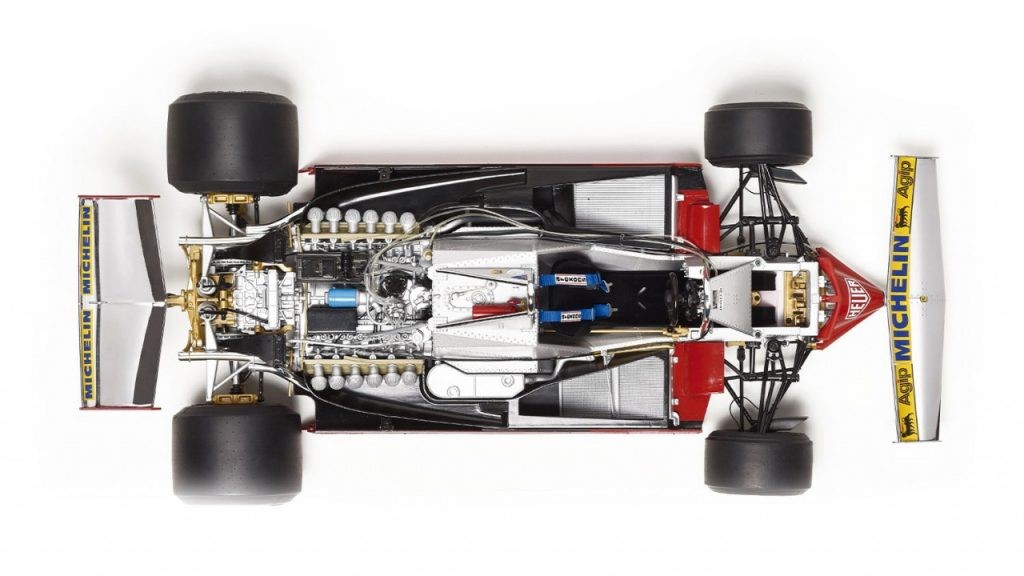
With the new 312 T5 ready to debut in Argentina in 1980, Jody Scheckter was given his Championship winning Ferrari 312 T4. He still owns this legendary car and drove it at the Bahrain GP in 2010, as part of the Formula One’s 60th anniversary alongside almost every living F1 World Champion. In 2019 he got behind the wheel of the T4 once again, completing 8 laps at the 40th anniversary of his Italian GP win in 2019.
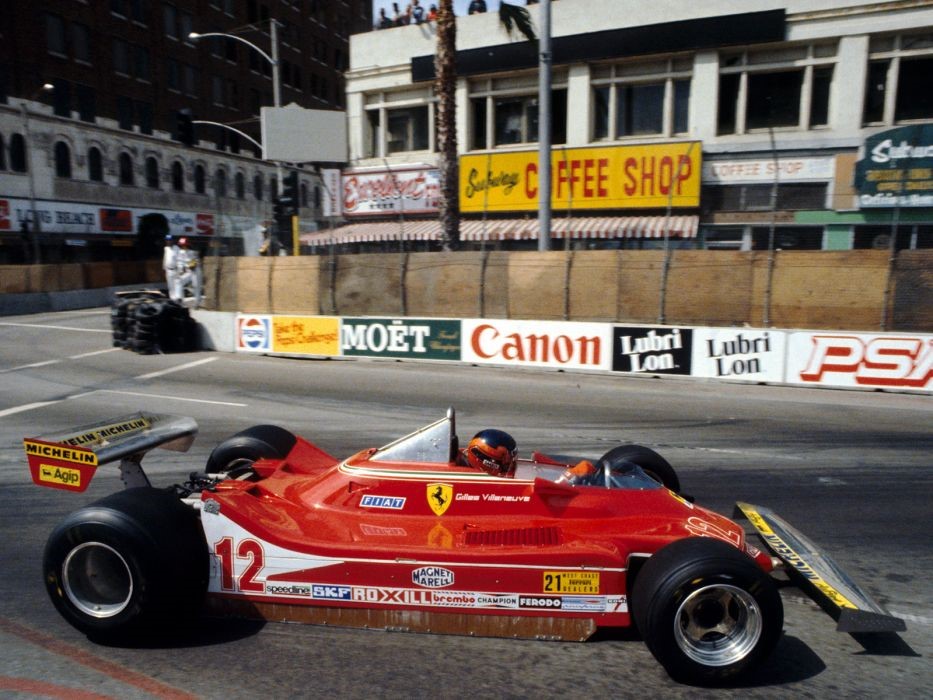
1979 Ferrari 312 T4.
The Ferrari 312 T4 was made famous not only for its impressive capabilities, but also its strange overall look and design. One look and you’ll see why it was once dubbed “the slipper”, “the hippo” and “the duck”. But, despite these unflattering names, it remains a legendary F1 car in its own right.
Ferrari 126C Series
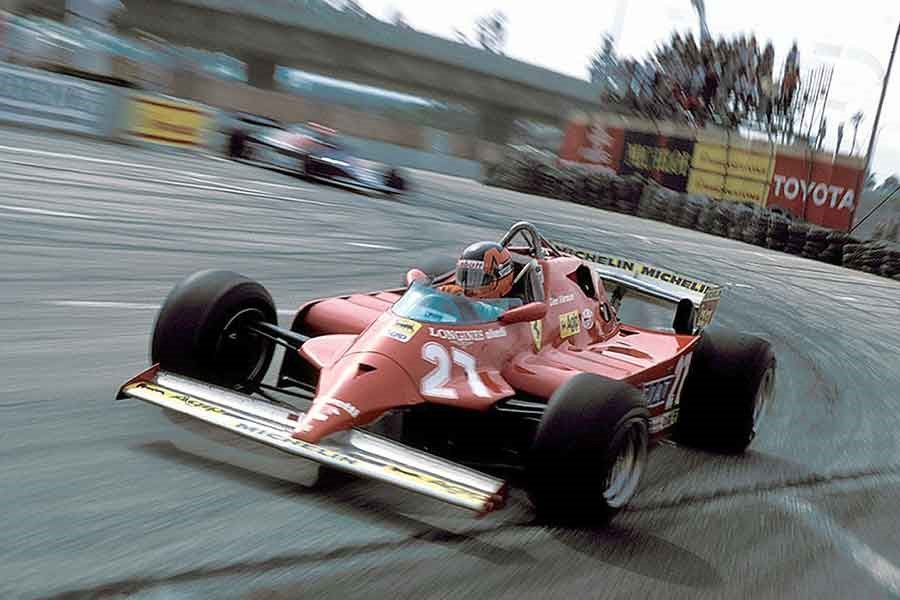
The story of Ferrari 126C Series. December 29, 2016. By Alexander S.
The Ferrari 126C was the car used by the Italian team in four Formula 1 World Championships and that car won two Constructors’ championship titles.
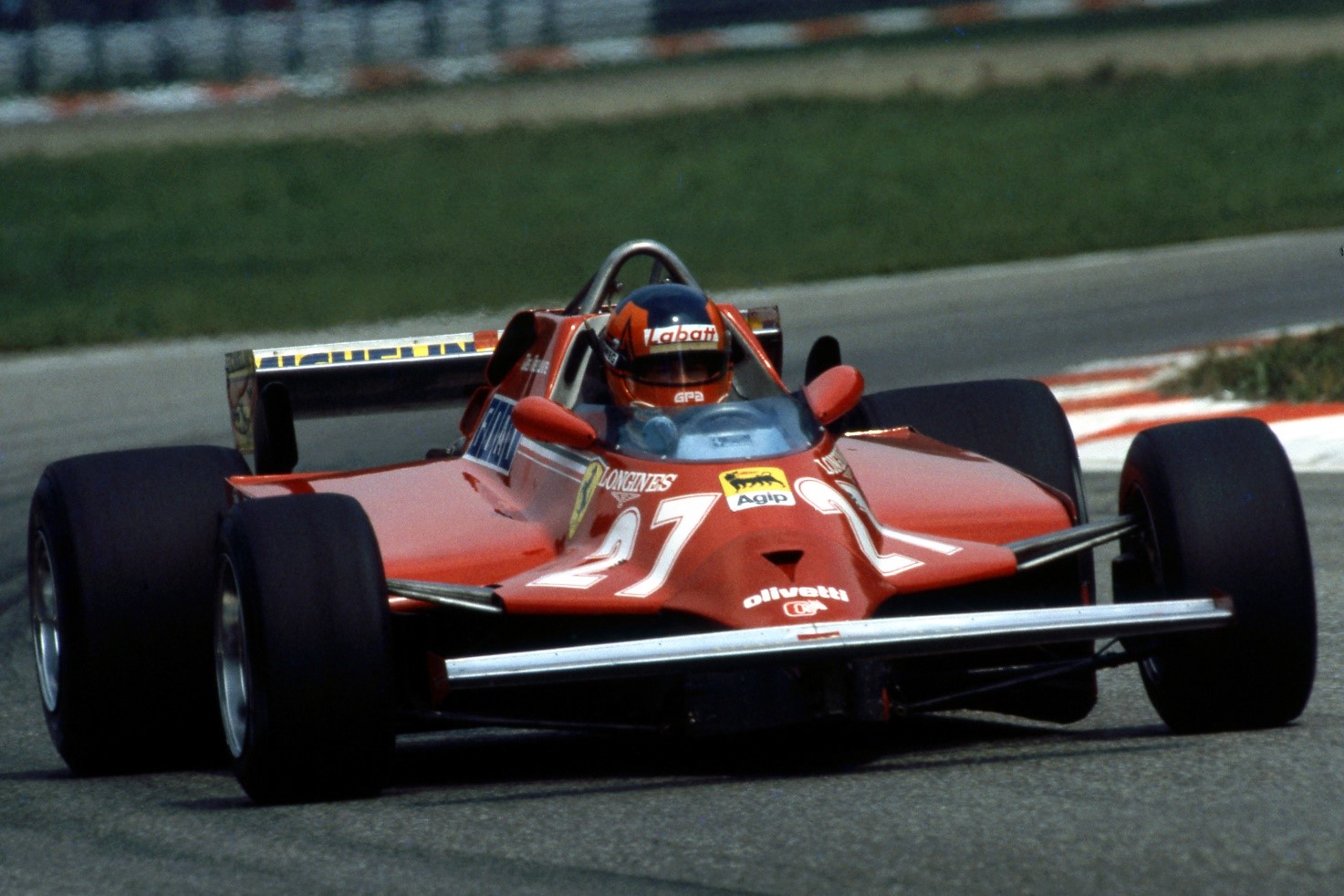
After a disastrous season in 1980, Ferrari desperately needed a huge reconstruction for the following year. The Maranello-based team needed something new. Actually, Ferrari just needed to look around and see what other teams did.
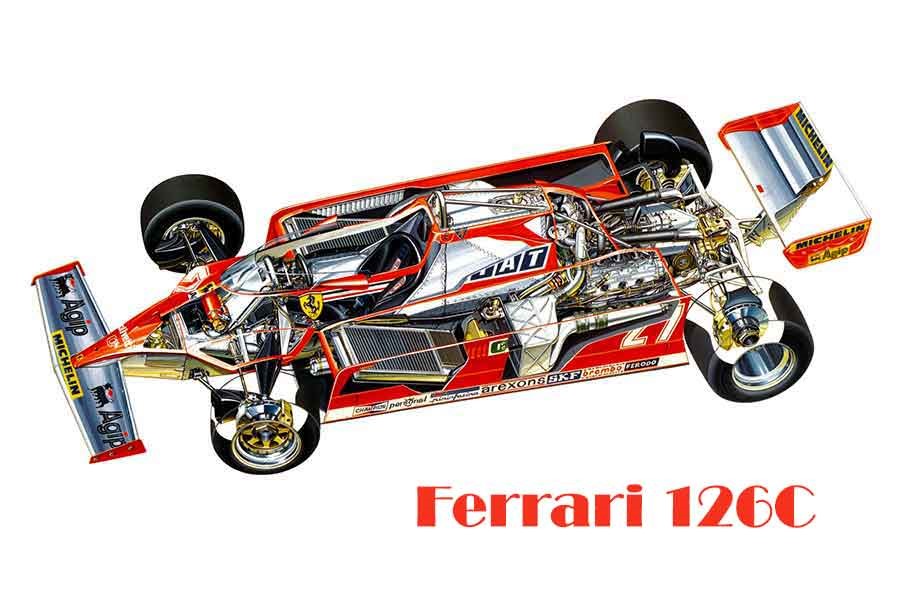
Ferrari 126 C cutaway.
The solution was to keep almost the same chassis from the 312T model but with a smaller and narrower V6 turbo engine to get more ground force. The new car was named 126C.
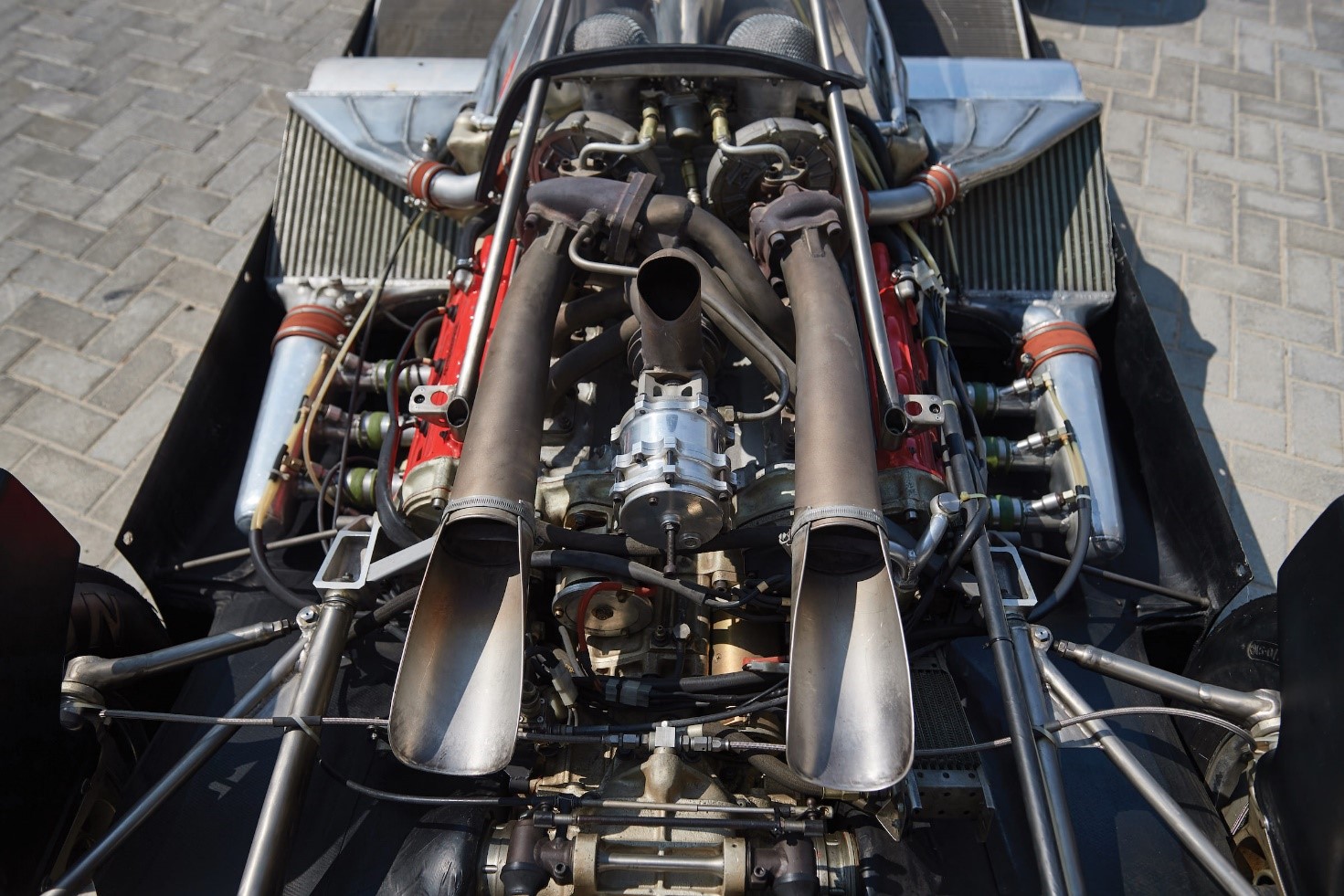
Ferrari 126 C2 engine.
The name comes from its longitudinal 120 degrees V6 rear-mounted engine, while the C stands for Competizione. It is the first Formula 1 car by Ferrari to mount a turbo engine.
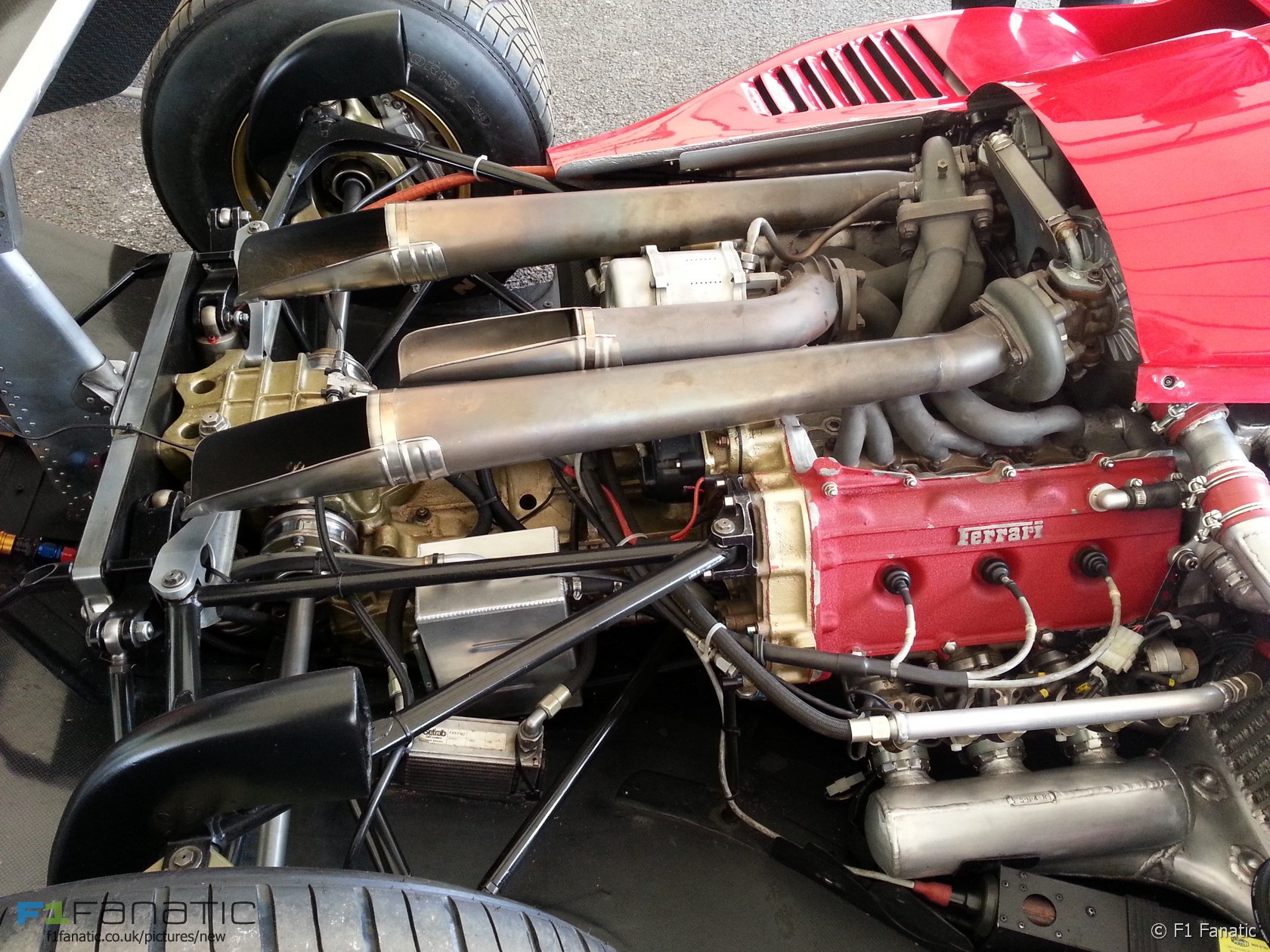
1984 Ferrari 126 C4 engine.
Over the years, this car underwent some changes and, until 1984, a total of five chassis were used.
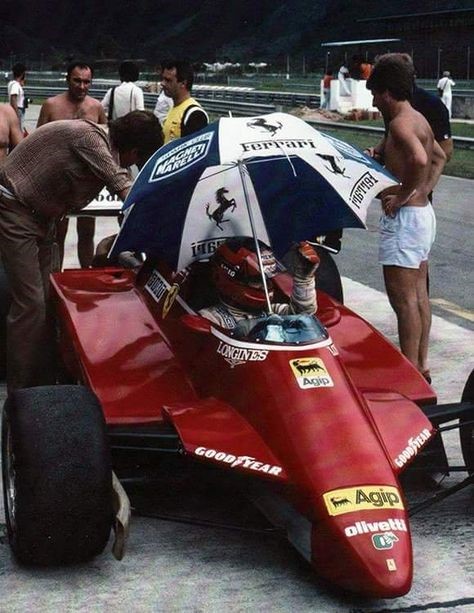
Gilles Villeneuve testing Ferrari.
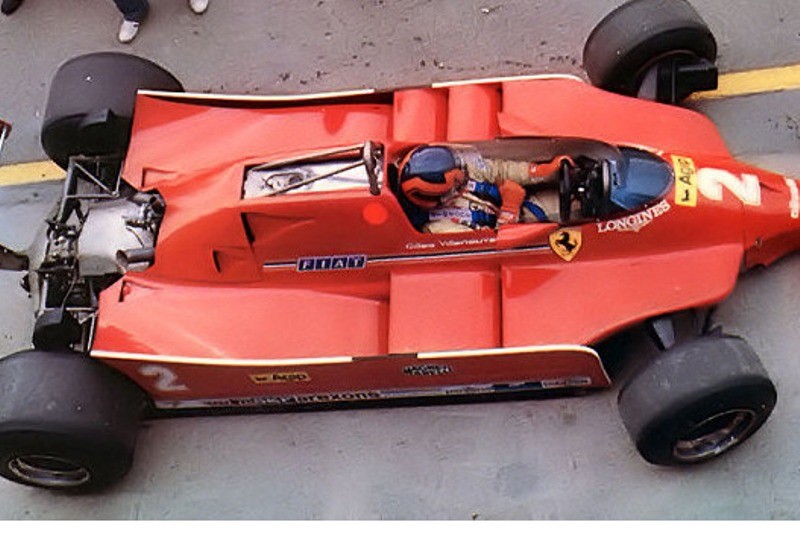
Gilles Villeneuve testing the Ferrari 126 C, Imola 1980.
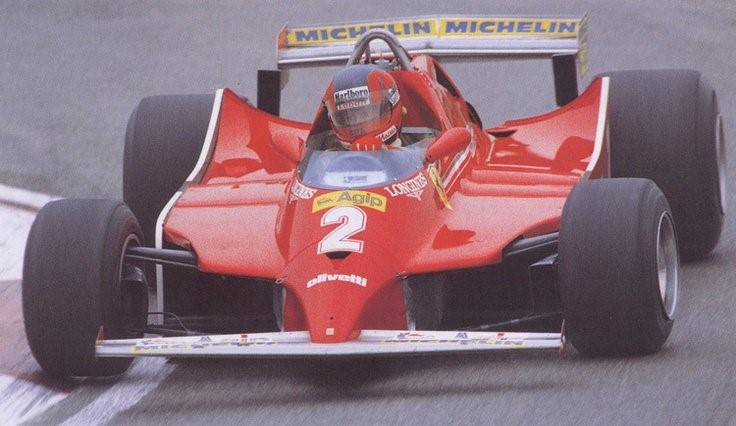
Gilles Villeneuve, Ferrari 126 C, Imola 1980.
The car was tested during 1980 and driver Gilles Villeneuve was satisfied with the speed but he said it was pretty hard to handle.
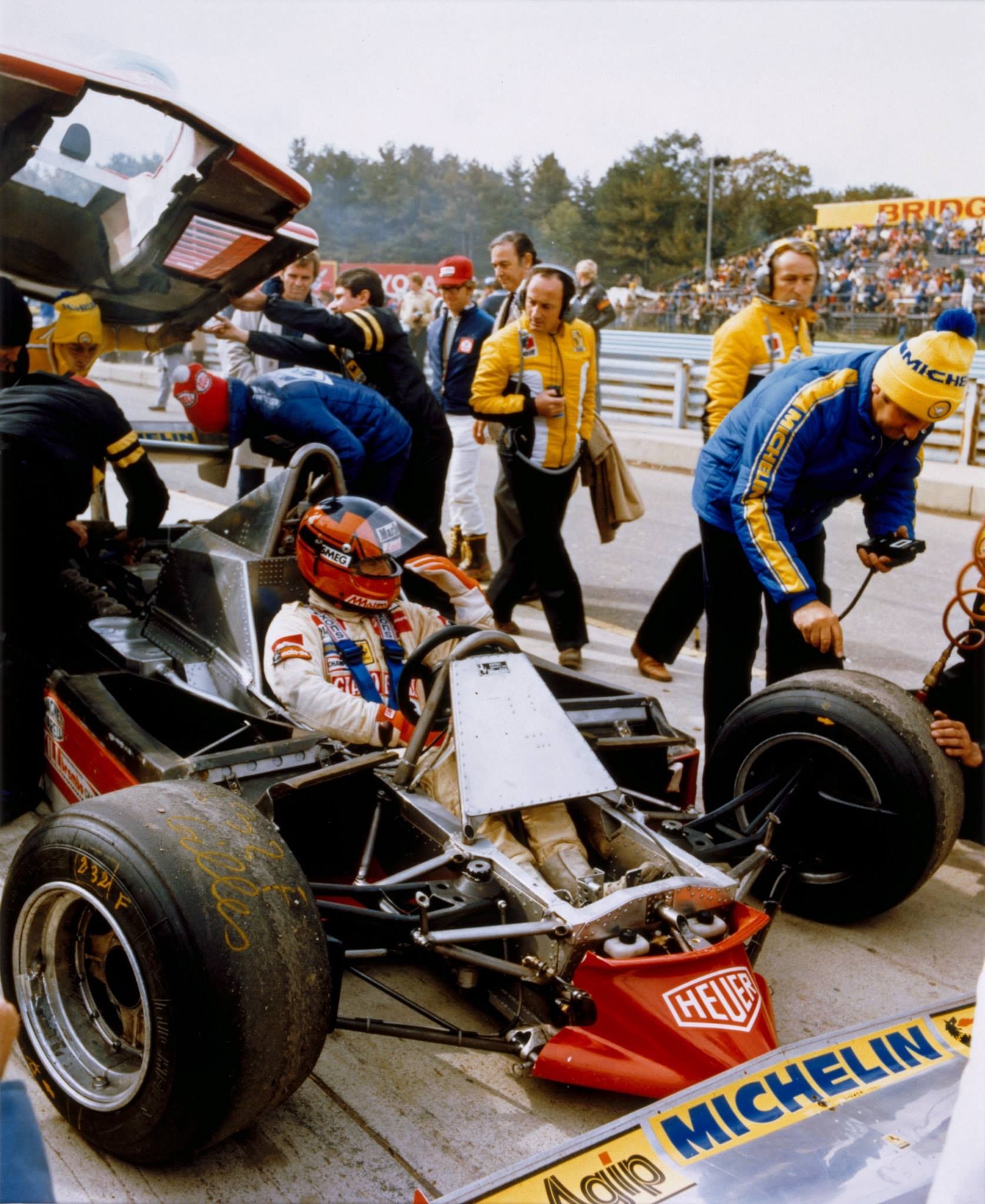
Gilles Villeneuve sitting in his Ferrari 126 C before a race.
However, the beginning of the 1981 season wasn’t good at all.
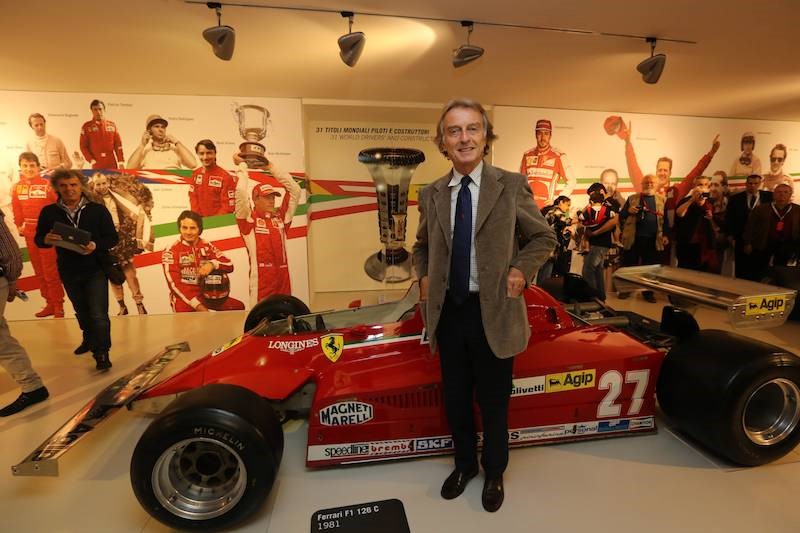
Luca Cordero di Montezemolo and a Ferrari 126 C from 1981.
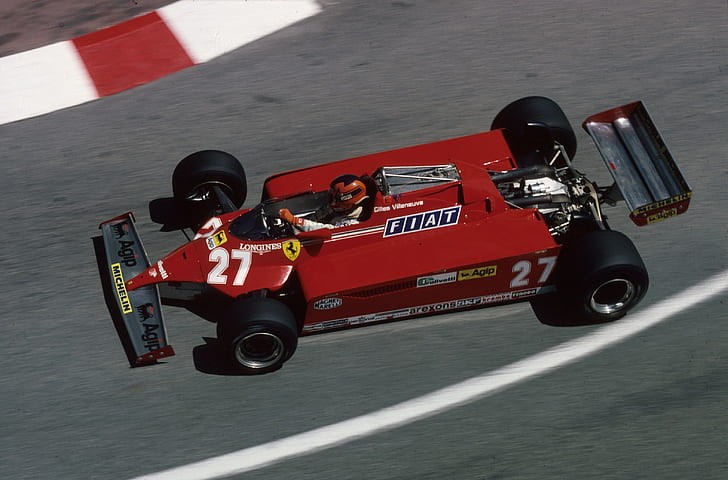
1981 Ferrari 126 CK.
Villeneuve and Didier Pironi retired from the opening three races.
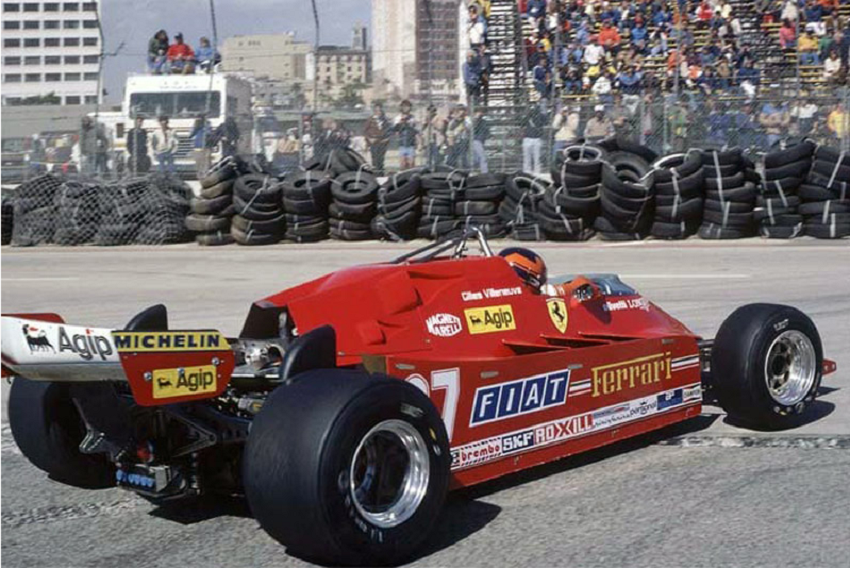
Gilles Villeneuve, Ferrari 126 C, USA Grand Prix 1981.
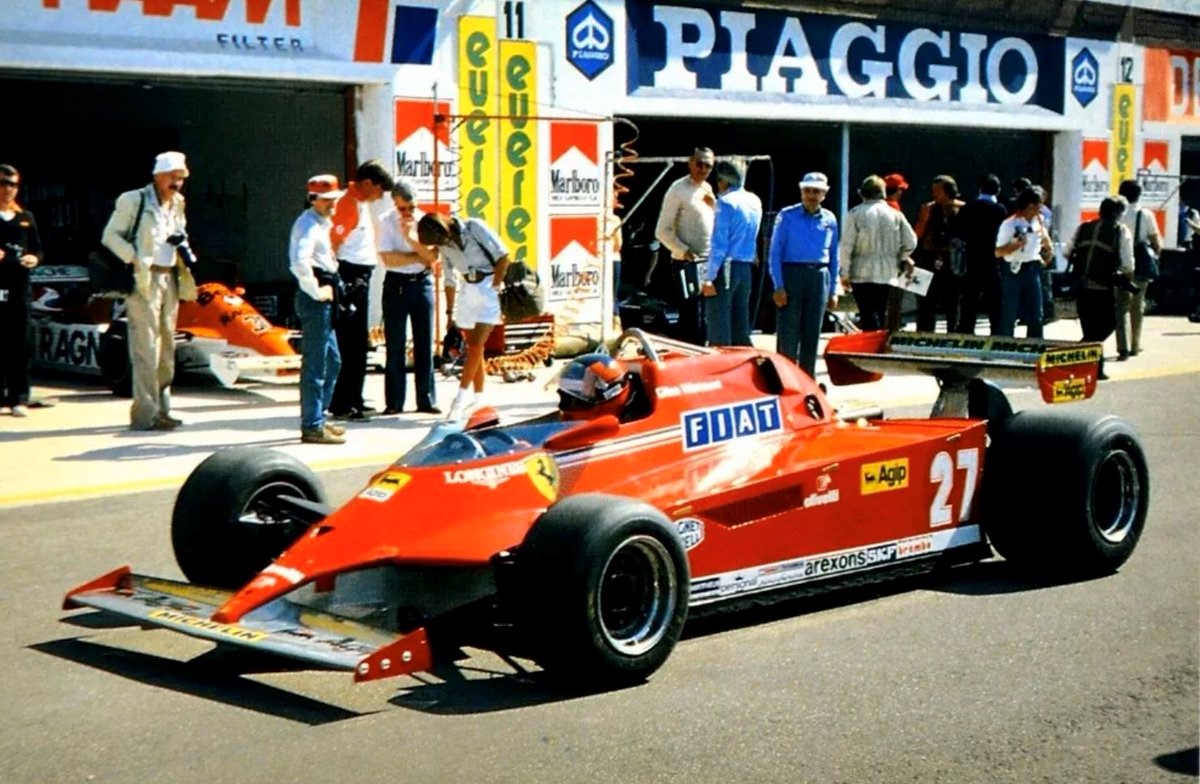
Gilles Villeneuve, Ferrari 126C, Imola 1981.
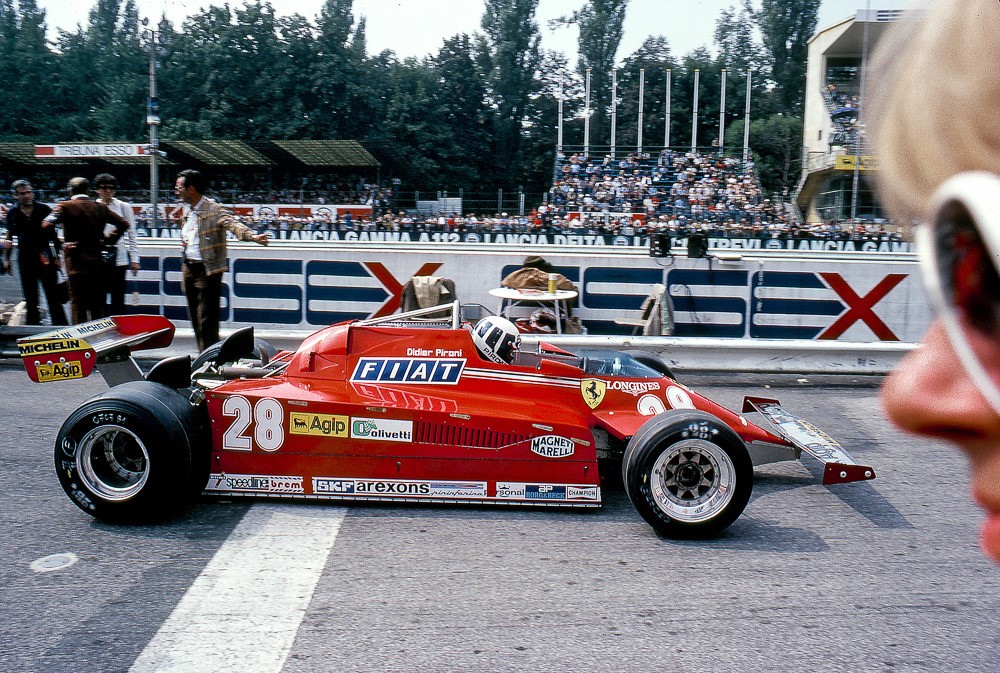
Didier Pironi, Ferrari 126 CK, Imola 1981.
Pironi scored first points for the team in the Ferrari 126CK finishing 5th at Imola, while Villeneuve was 4th in the following race at Spa.
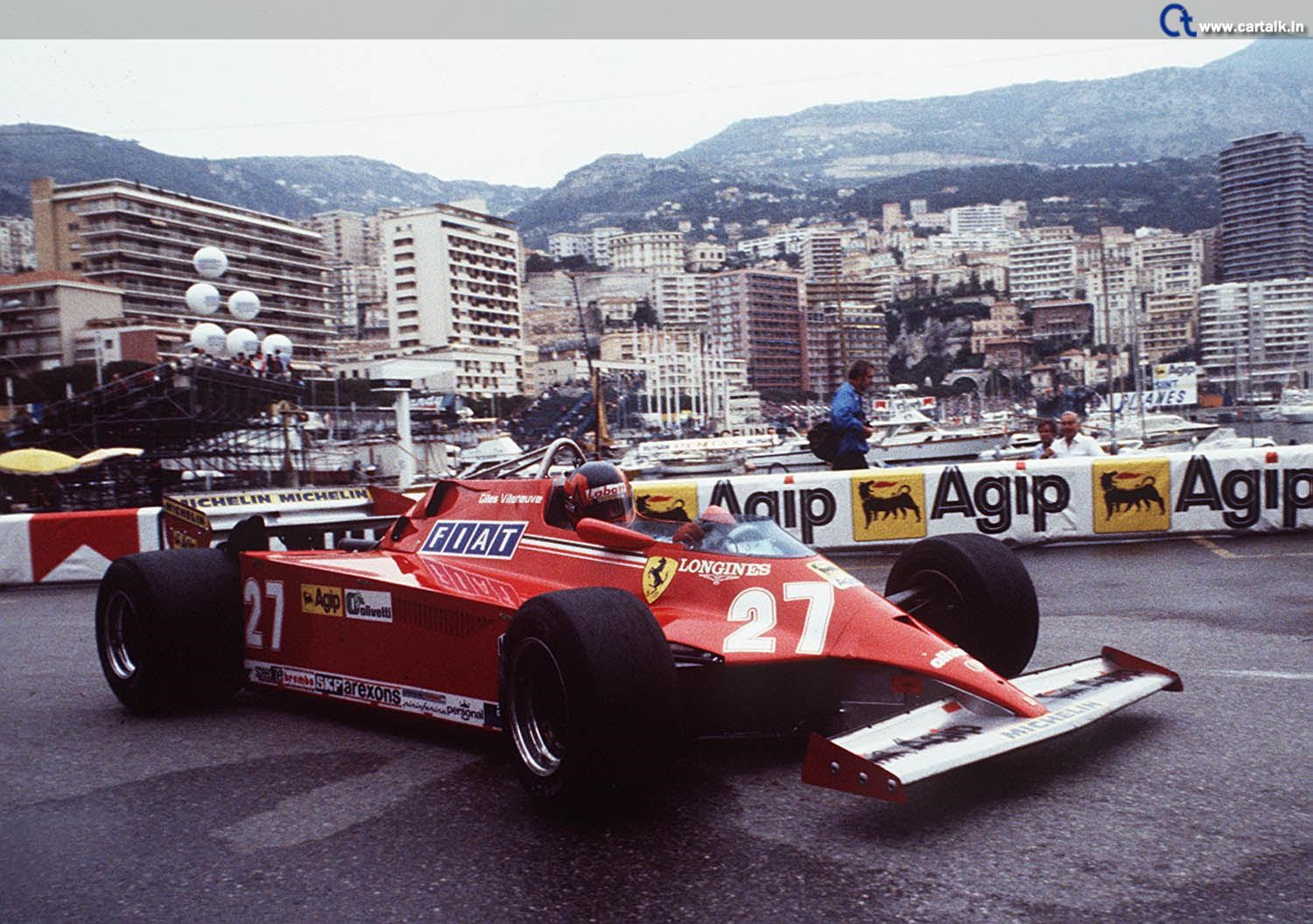
Gilles Villeneuve, Ferrari, Monaco 1981.
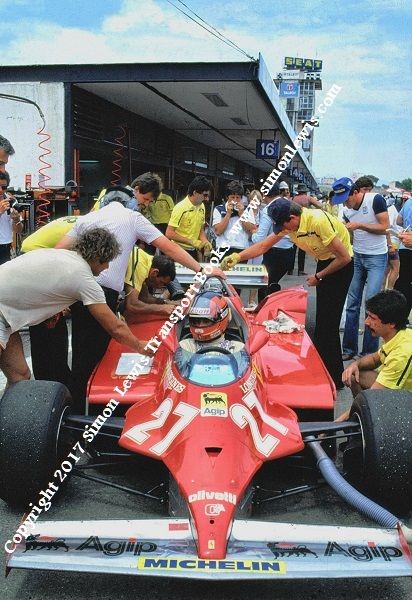
Gilles Villeneuve, Ferrari 126 C, in the pits of the 1981 Spanish Grand Prix.
Despite the poor aerodynamics and unreliability of the engine, Villeneuve scored two consecutive wins in Monaco and Spain but the rest of the season was poor.
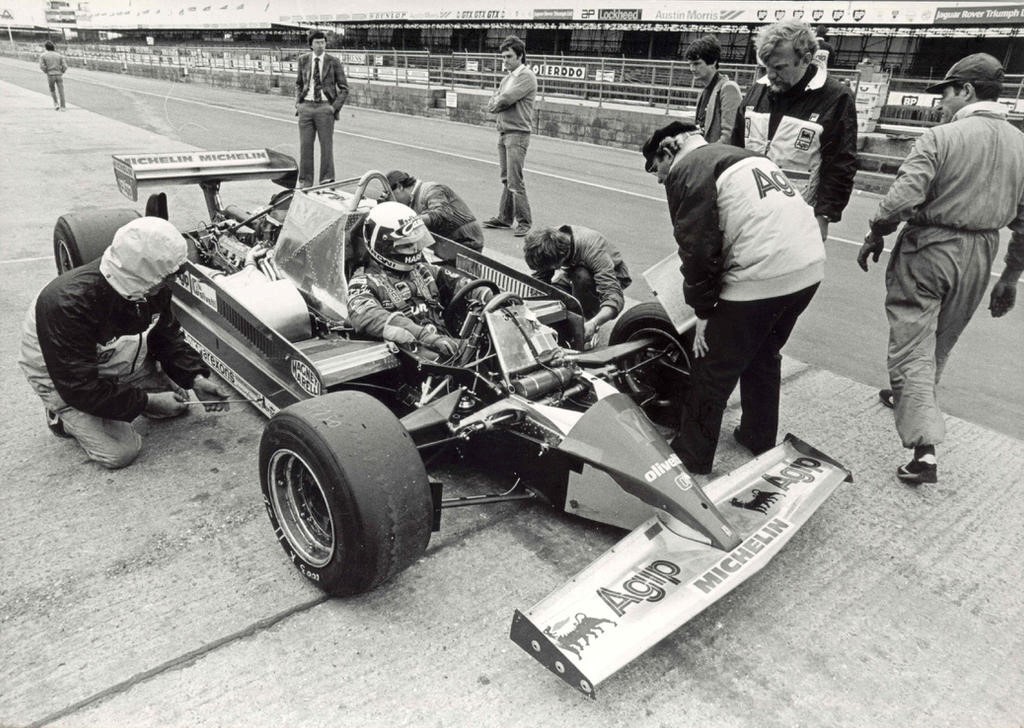
Didier Pironi, Ferrari 126 CK, Silverstone 1981. By F1 history.
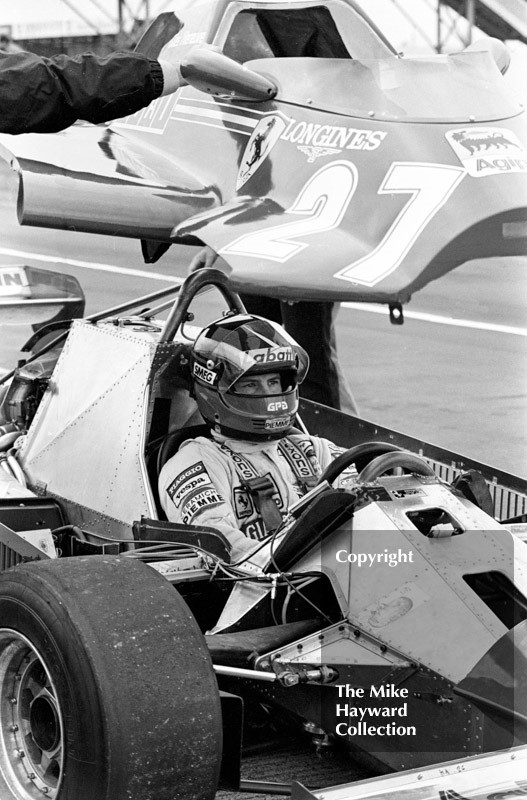
Gilles Villeneuve, Ferrari 126C, in the pits, Silverstone, British Grand Prix 1981.
Pironi managed to pick points only twice more, while the Canadian did it only once, finishing 3rd in his home Grand Prix. At the end of the season, Ferrari was 5th in the Constructors’ championship which was better in comparison to the previous campaign but still far from the team’s ambitions.
Huge development was done under control of Harvey Postlethwaite before the beginning of the 1982 season. The new chassis named 126C2 was much better than the old one, turbo engine was developed and more reliable, while the handling was much easier.
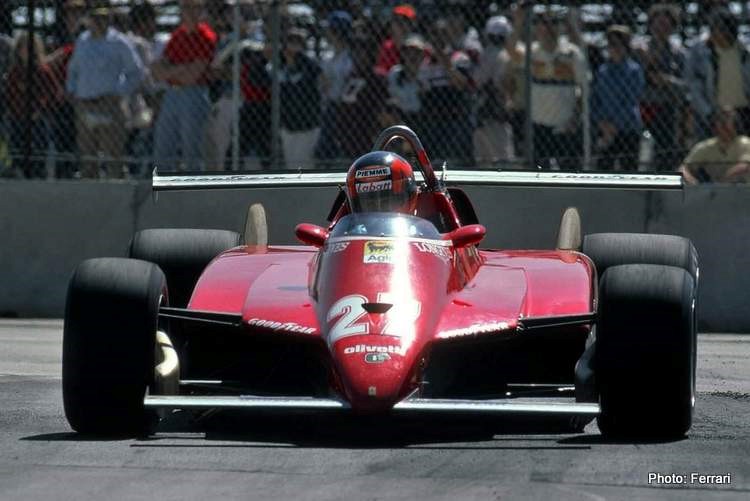
126 C2 Ferrari double wing at Long Beach in 1982.
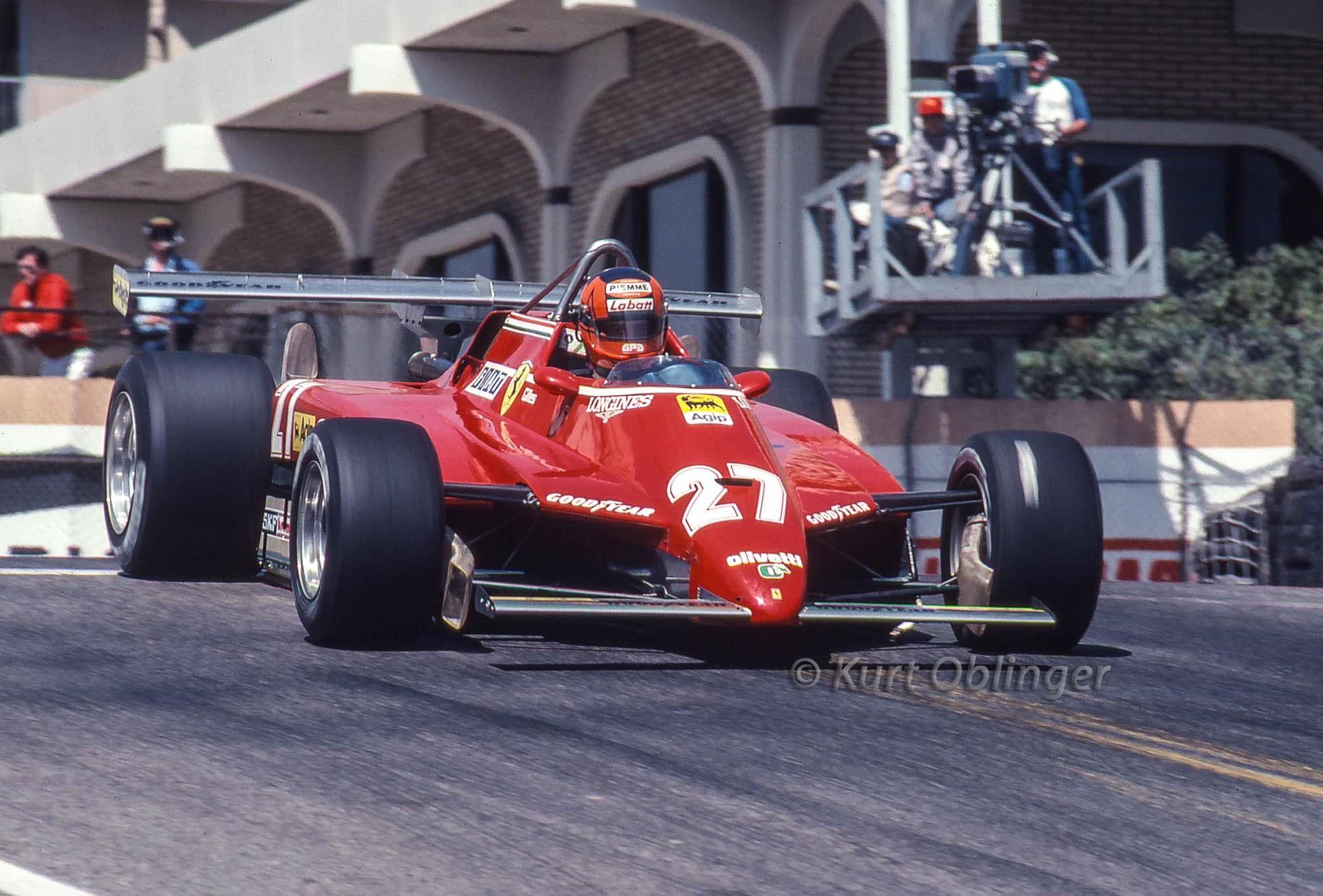
Gilles Villeneuve in the twin-wing Ferrari 126C at Long Beach, 1982.
Gilles Villeneuve again had to be the team’s first driver but his results at the start of the season were poor as he retired from the opening two races and was disqualified from the race at Long Beach.
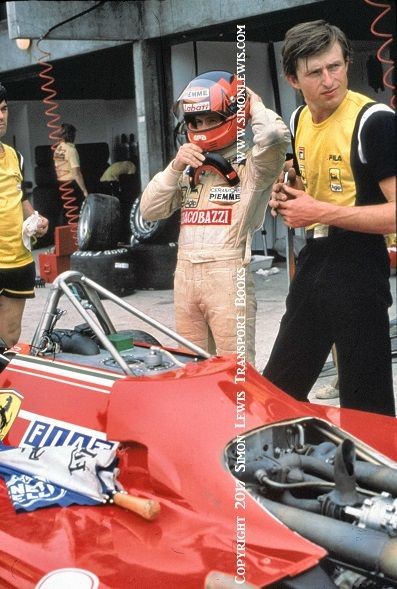
Gilles Villeneuve, Ferrari 126 C, Brazil Grand Prix pits, 1982.
The Canadian finished 2nd at Imola before the fatal crash at Spa. That was a big blow for Ferrari and the whole world of racing except Scuderia was strong enough to overcome that tragedy.
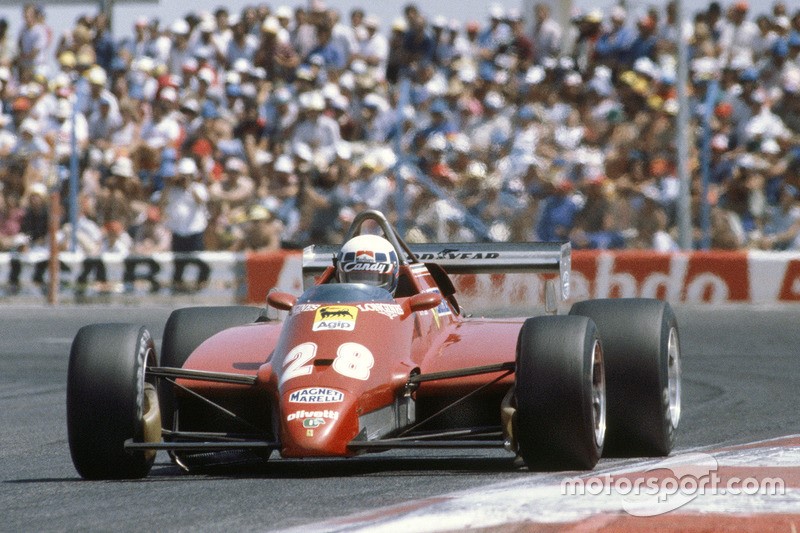
1982 French Grand Prix, Didier Pironi, Ferrari 126 C2.
Didier Pironi was promoted as a first driver and he did well. He won the Dutch Grand Prix and had other four podiums. The Frenchman was the title contender that year but a terrible accident in the German Grand Prix forced Pironi to end his career.
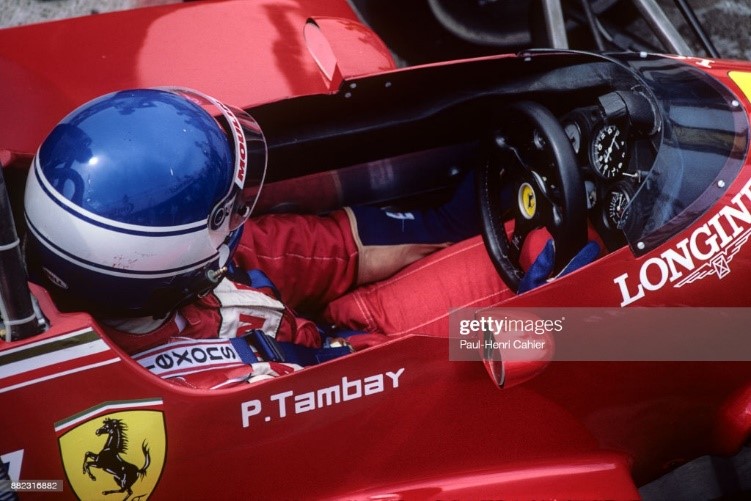
Patrick Tambay in the cockpit of his Ferrari 126 C2 during practice for the 1982 German Grand Prix in Hockenheim. Photo by Paul-Henri Cahier - Getty Images.
Patrick Tambay, who arrived at Ferrari after Villeneuve’s death, was a good replacement as he scored a victory in the British Grand Prix. He also had other two podiums while Mario Andretti, who raced in the last two rounds, also had one podium.
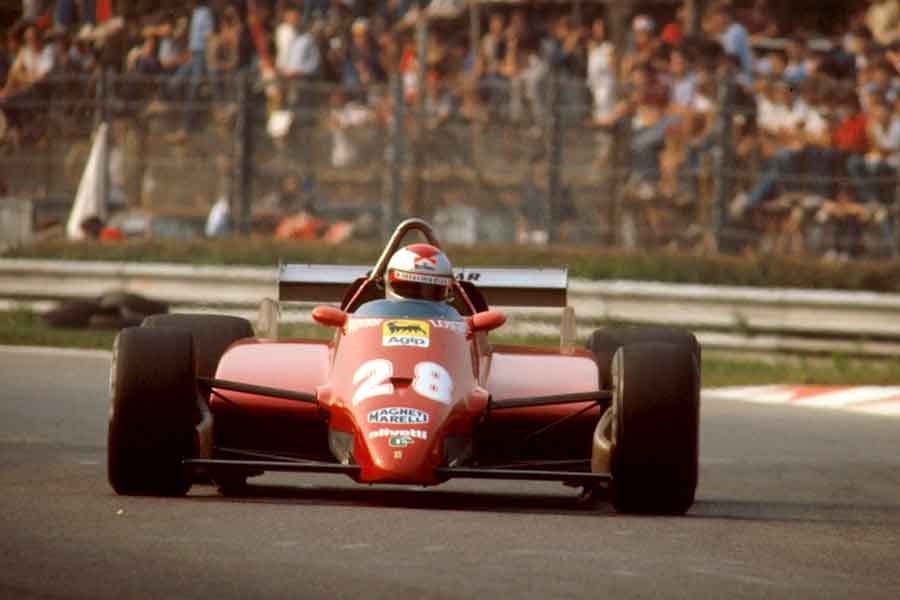
Mario Andretti in Ferrari 126C2, 1982 Italian Grand Prix at Monza.
Despite all the tragedies and bad relations between the drivers, Ferrari won the Constructors’ championship title in 1982, beating McLaren by five points. The Ferrari 126 C2 proved to be really good. Over the years the car underwent more aerodynamic developments, the gearbox was also developed as well as the suspension, while the engine’s power was boosted to 600 bhp in races.
Before the 1983 Formula 1 season, mandatory flat bottoms for the cars were introduced to reduce the ground effect. Postlethwaite designed a new rear wing which turned back around 50% of the lost downforce. The engine’s power again was boosted to over 650 bhp in races and Ferrari was well prepared for the new season with slightly modified 126C2B chassis used in the first half of the season and 126C3 used in the second half.
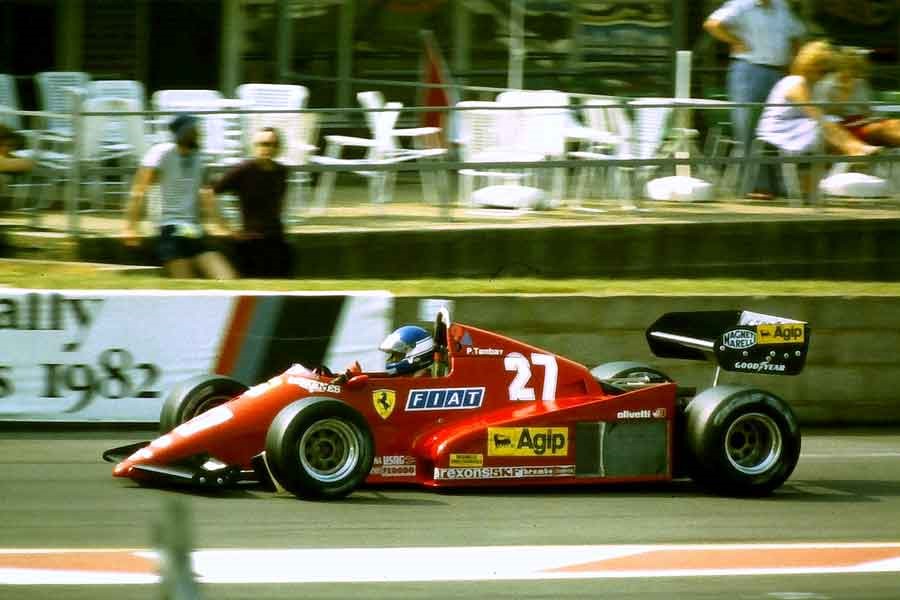
Patrick Tambay in Ferrari 126C3, 1983.
Ferrari had a car that was built to be successful but it didn’t have spectacular drivers. Rene Arnoux and Patrick Tambay were good but they have never been among the best drivers. However, as a team, they were good enough to bring the second consecutive Constructors’ title to Scuderia. Arnoux scored three wins and other four podiums before finishing 3rd in the Drivers’ championship, while Tambay had one victory and four podiums on his account.
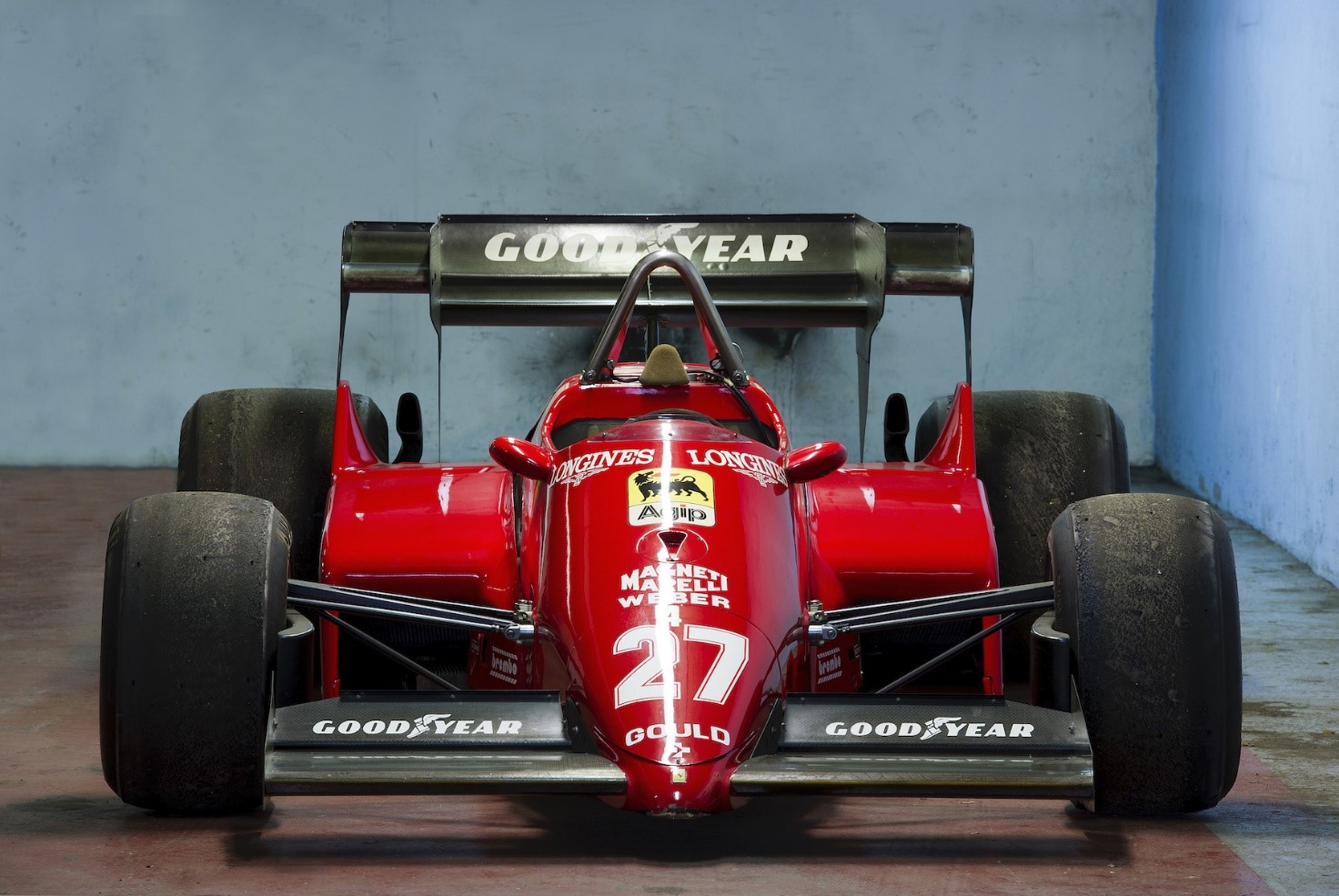
1984 Ferrari 126 C4.
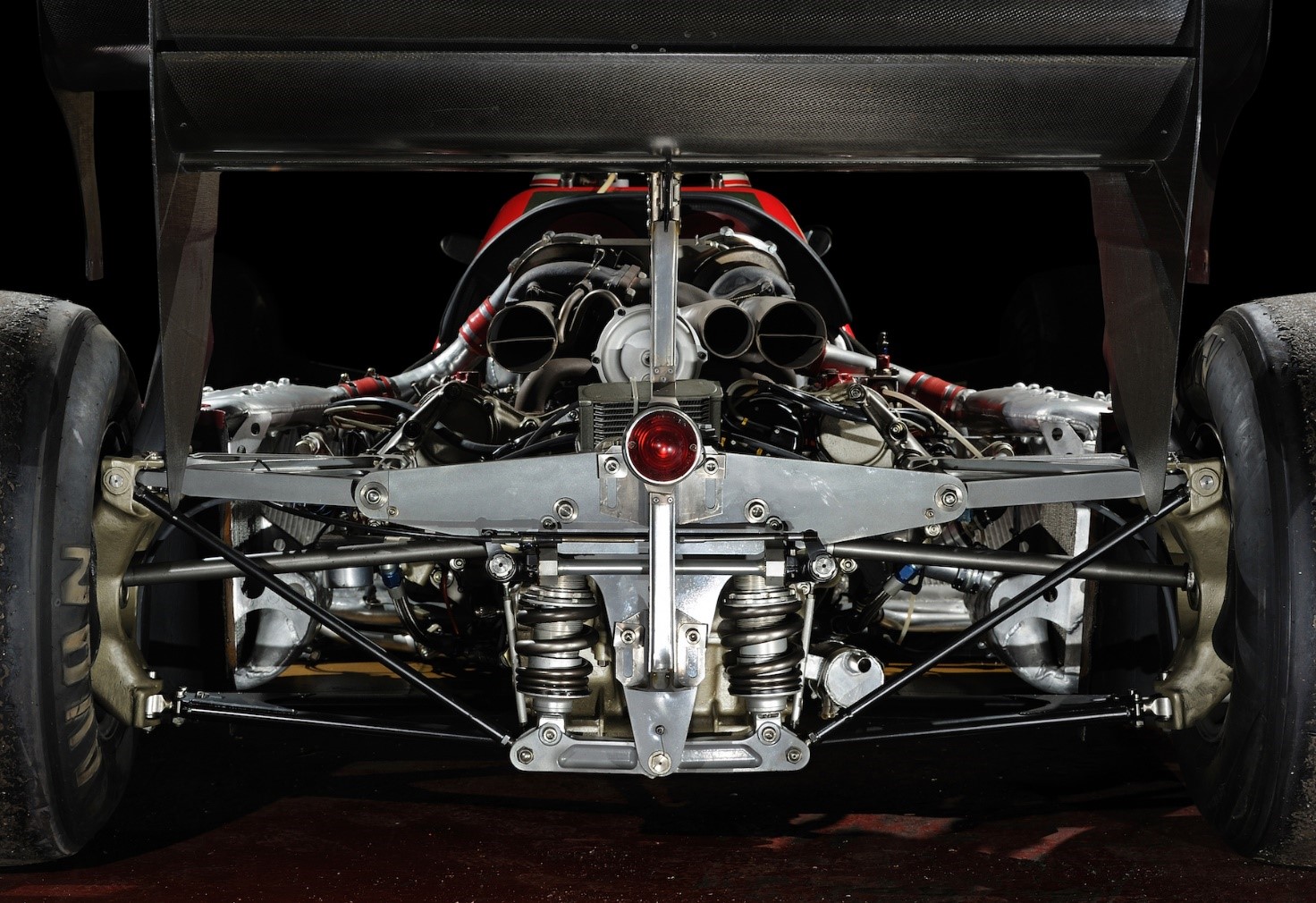
1984 Ferrari 126 C4.
The new 126C4 chassis was introduced for the 1984 campaign.
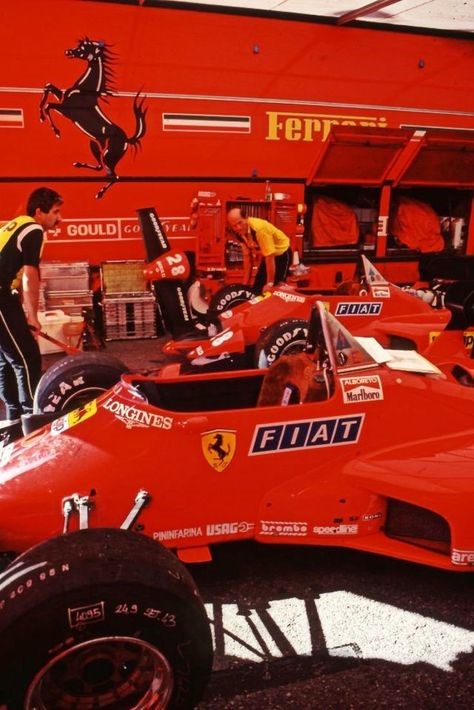
Scuderia Ferrari pit, Monaco 1984.
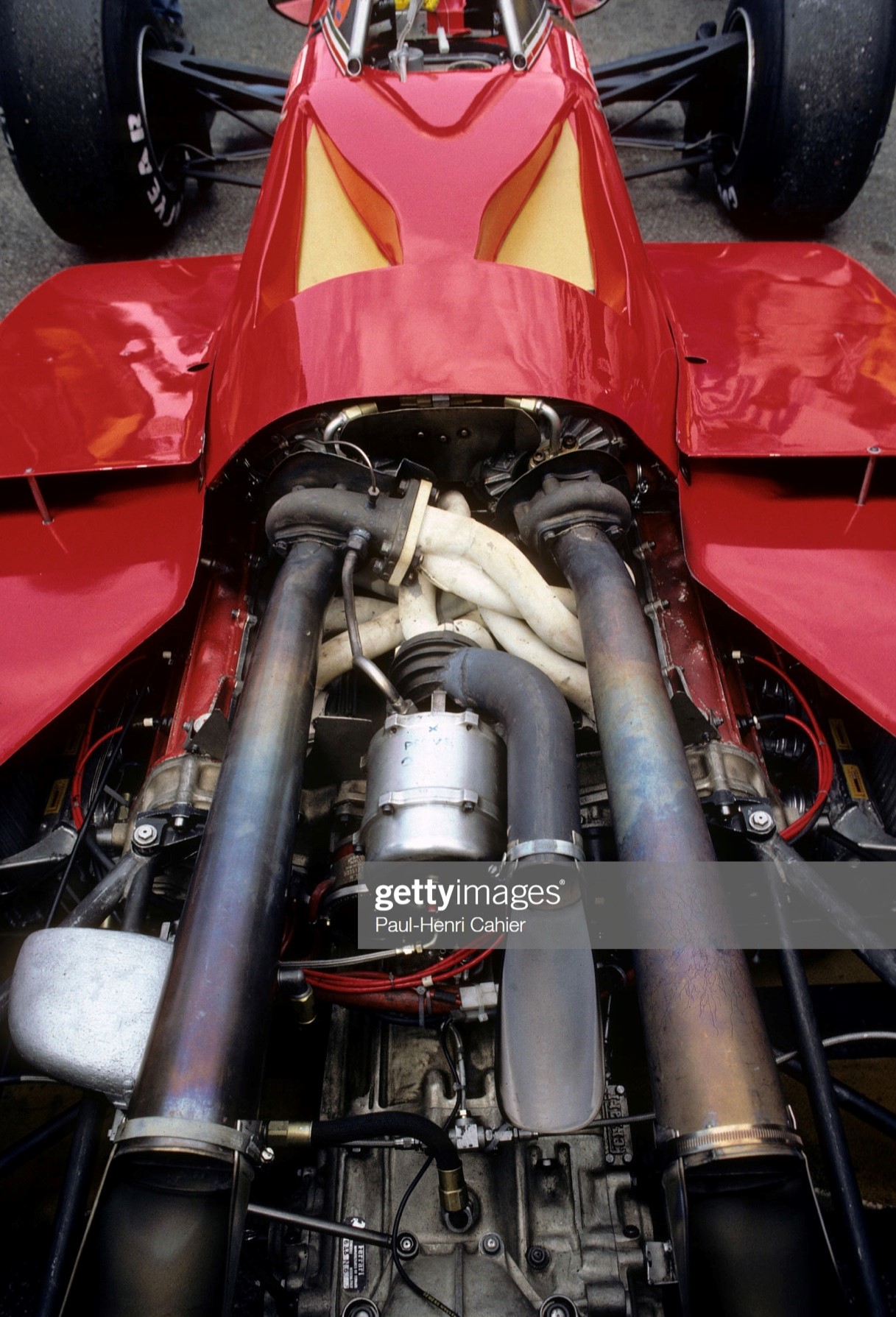
Ferrari 126 C4, Grand Prix of Monaco, Circuit de Monaco, 03 June 1984. Ferrari 031 1.5 V6 Turbo. Photo by Paul-Henri Cahier - Getty Images.
Ferrari wanted the third consecutive title but, despite good engine, the lacked grip produced little downforce compared to the rivals. Another problem was the big fuel consumption. That year cars were restricted to only 220 liters per race and that’s why Arnoux and Michele Alboreto had to drive slower than possible.
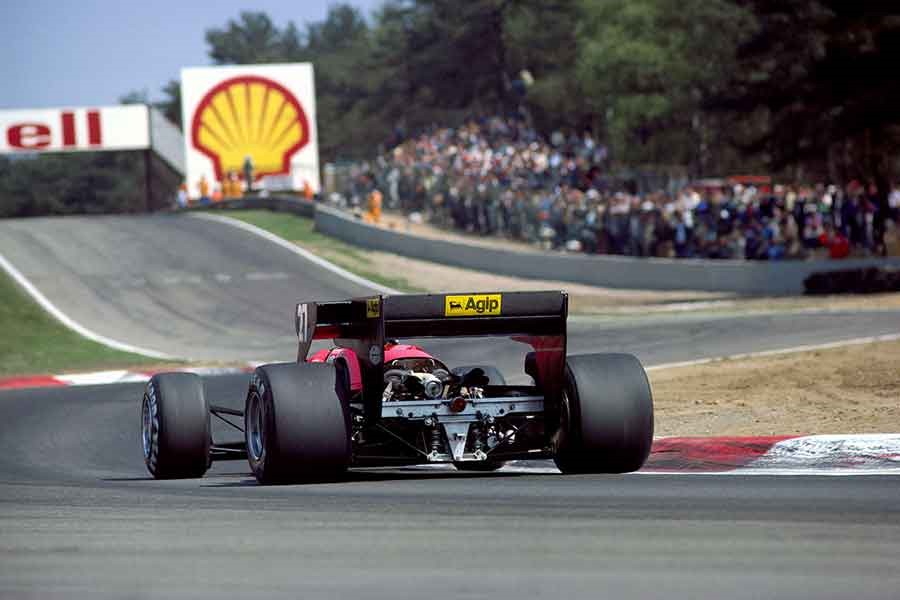
Michele Alboreto in Ferrari 126C4, 1984 Belgian Grand Prix.
However, the last race for the 126C series cars wasn’t bad. Ferrari finished second in the Constructors’ championship, almost 90 points behind McLaren. The only win of the season was Alboreto’s triumph at Spa, but the Italian driver had too many retirements. He finished 4th in the Drivers’ championship, while the Frenchman took the 6th place.
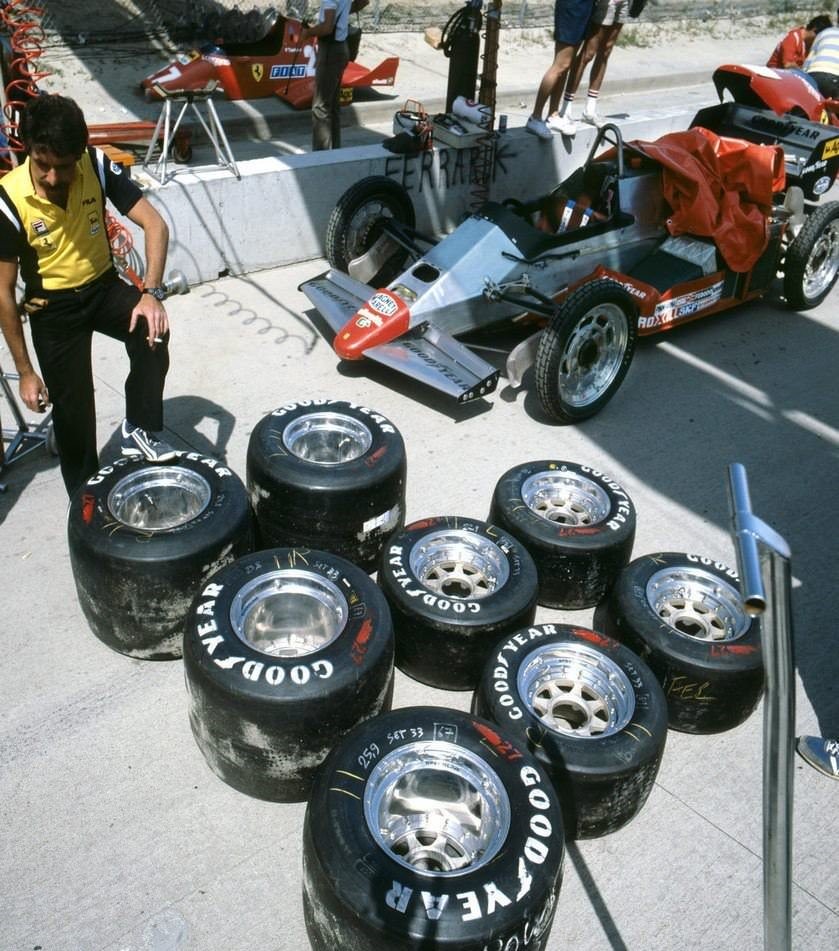
The Ferrari 126 C on skinny tires.
During four years, Ferrari 126C series cars entered a total of 62 races, scoring 10 wins, 34 podiums, 10 pole positions and 10 fastest laps. It wasn’t probably the fastest and most reliable formula on the grid but it was still able to take two championship trophies. Nevertheless, it’s a shame that Ferrari didn’t have a driver who would have taken the throne.
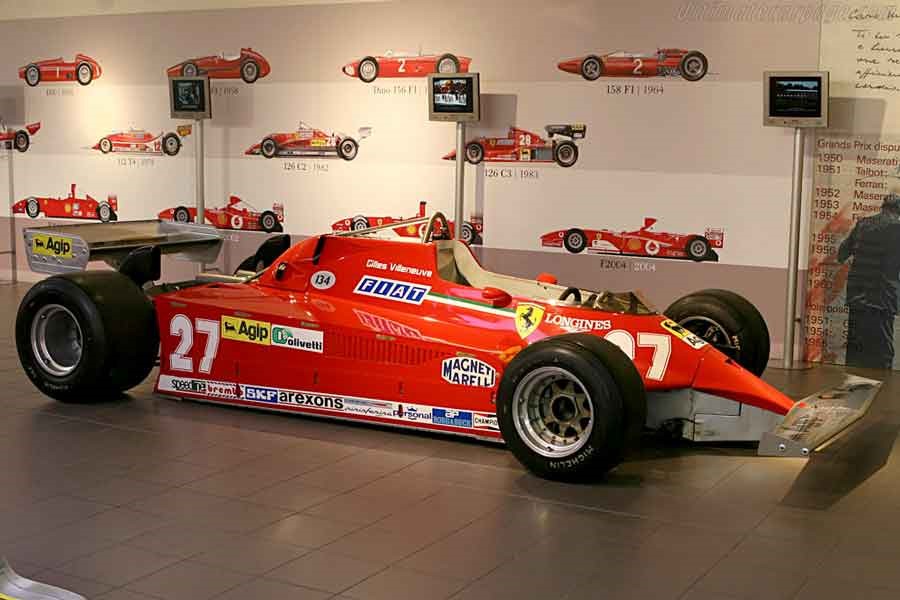
Ferrari 126 CK.
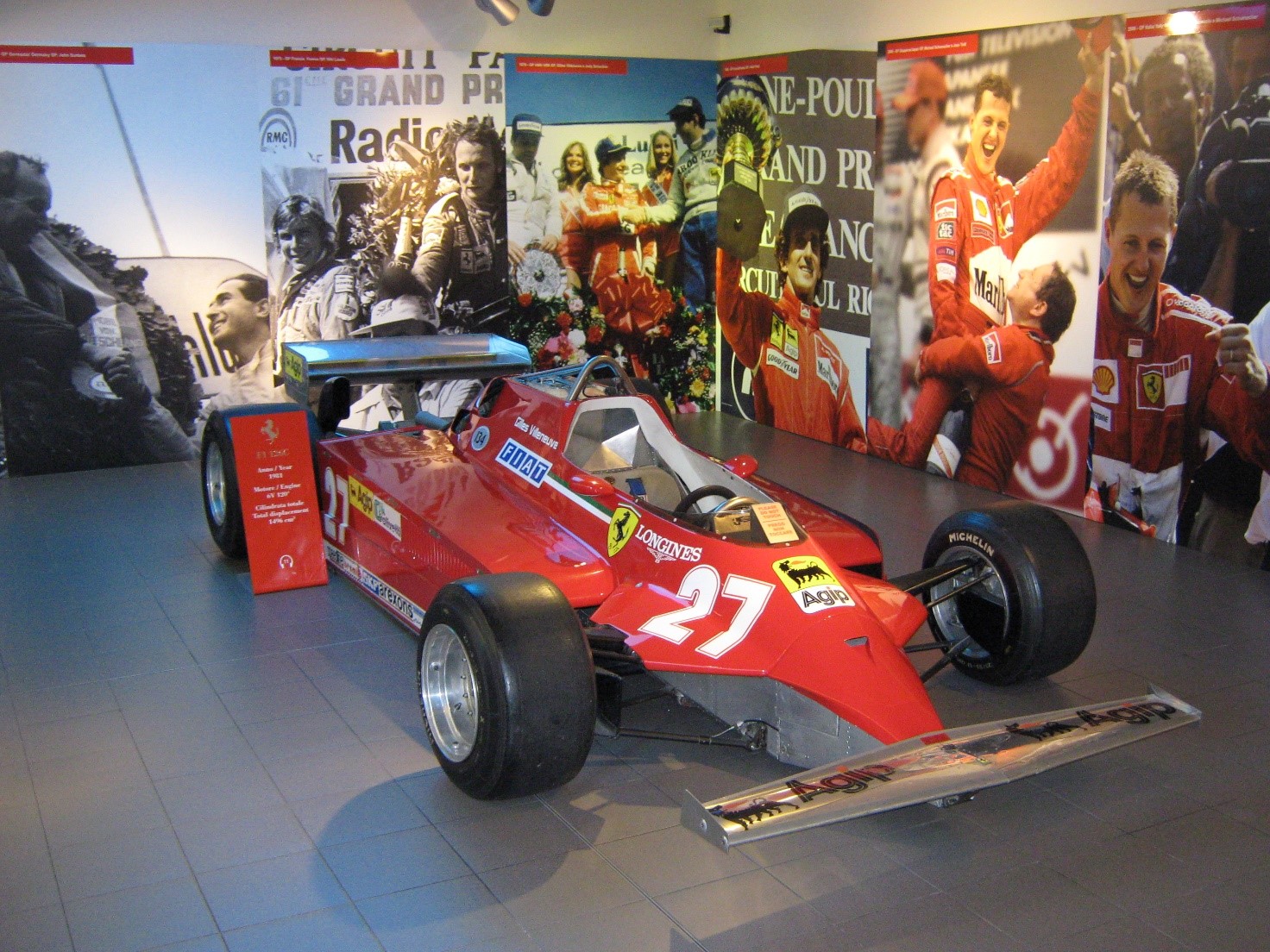
Ferrari 126 CK.
Ferrari 126C technical specifications
Length: 4.468 mm
Width: 2.110 mm
Height: 1.025 mm
Weight: 619 kg
Chassis: composite body on aluminum monocoque chassis
Front suspension: double wishbones, upper rocker arms, lower wishbone, inboard spring damper units
Rear suspension: upper arm, lower wishbone, single central radius arm
Steering: rack and pinion
Engine: Ferrari 021 / 031, 1496 cc, 1.5 l V6 Turbo mid-longitudinally mounted at 120 degrees
Power: 540 bhp, 403 KW at 11.500 rpm
Transmission: 6-speed longitudinal or transverse Ferrari manual gearbox
Brakes: Brembo ventilated discs, all-round
Fuel: Agip
Tires: Goodyear
Ferrari F2004
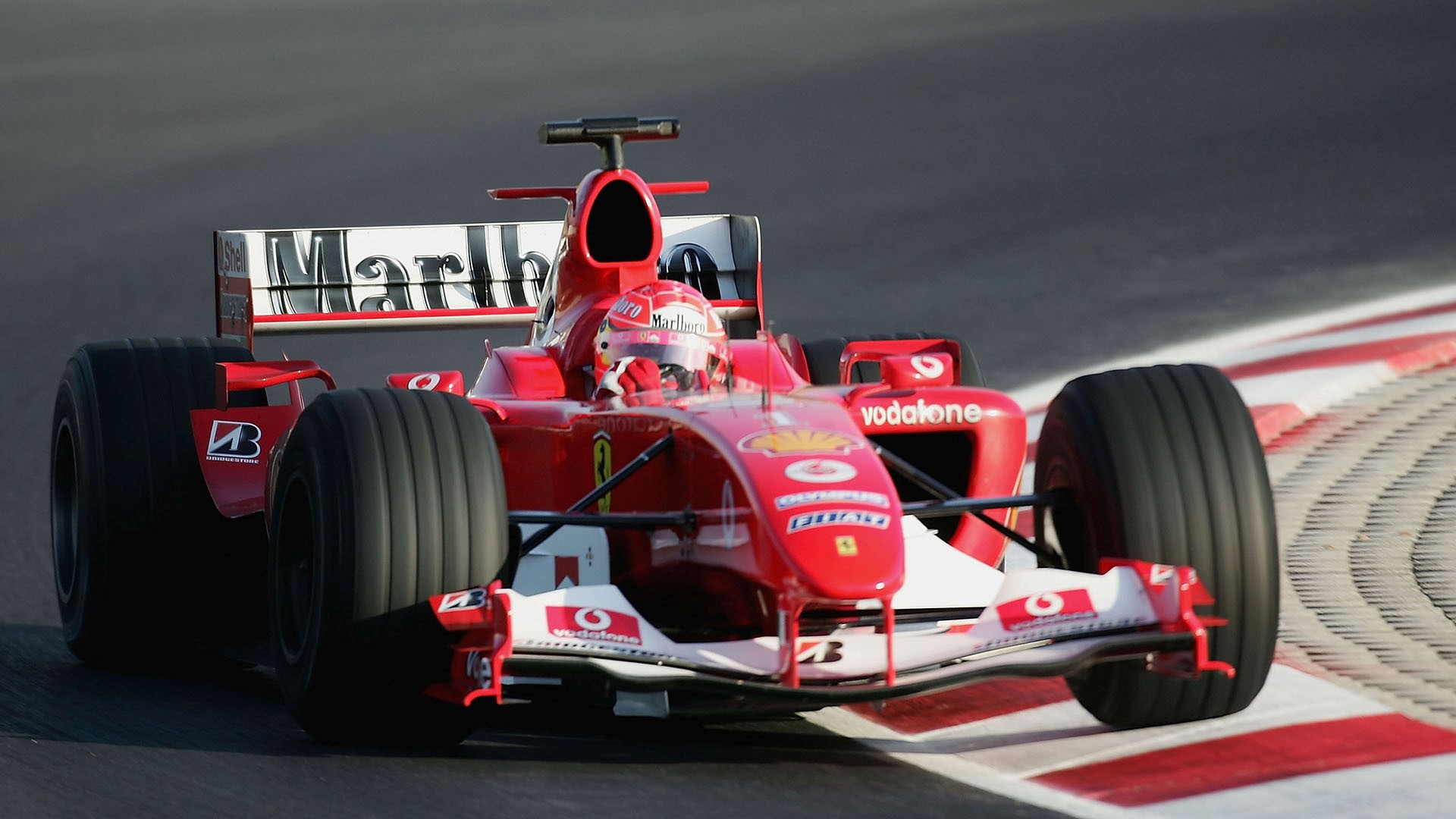
Ferrari F2004, Michael Schumacher.
For agent 007 there was the Aston Martin DB5, for Michael Schumacher the F2004.
On January 30, 2004 Jean Todt doesn’t believe the chronometer or even his eyes.
Red-faced, visually frightened, he whirls around from the wall and immediately alerts Ross Brawn.
"Ross, tell me what's going on. Tell me we're not breaking the rules, please. Something is wrong, this car is too fast. This car is too fast."
Michael Schumacher does 115 laps at Fiorano, leaving his men astonished and incredulous: the F2004 was not only an extraordinary excellence in terms of reliability but also a 910 HP monster of pure speed, capable of lowering the lap times of the F2003GA by two seconds.
It wasn't normal.
"We have checked countless times Jean, you can rest assured. We respect every paragraph of the regulation".
It was that response from Ross Brawn that gave birth to a season in which Schumacher and his F2004 left nothing but crumbs to their opponents.
Virtually unbeatable.
Only a drastic regulatory change could have changed the cards on the table.
And indeed.
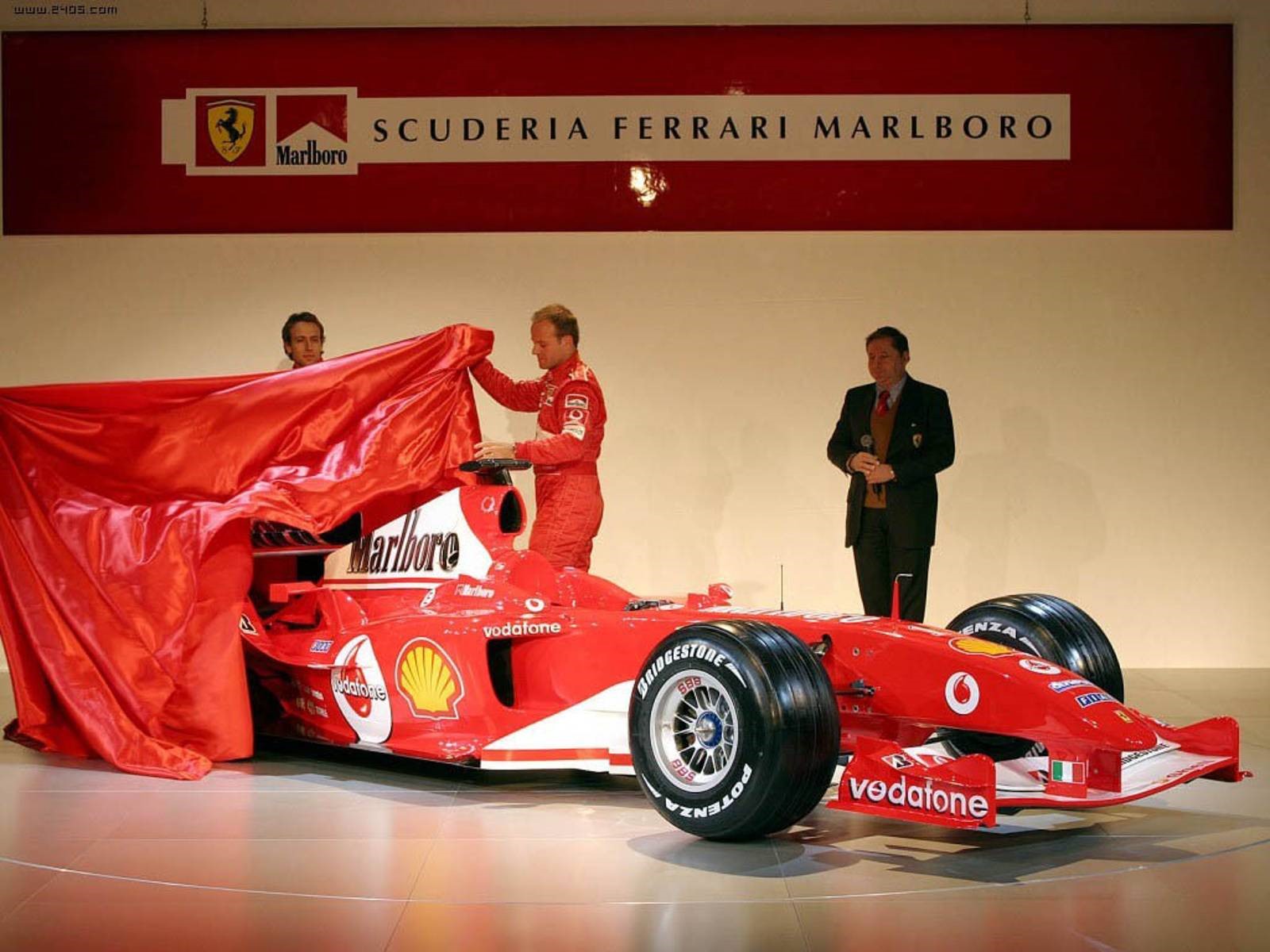
Ferrari F2004.
With the Ferrari F2004, Michael Schumacher won his seventh Formula 1 world title and the fifth consecutive one with the Maranello team. By David Tarallo.
An extraordinary year for the Cavallino in 2004, topped off by the sixth Constructors' title in a row, by the second place in the drivers' classement obtained by Rubens Barrichello and by 15 victories out of 18 GP's, 13 of which achieved by the German driver. The F2004 was the fiftieth single-seater designed by Ferrari in the history of the highest category. Conceived by Ross Brawn and Rory Byrne, it has adapted perfectly to the Bridgestone tires used in that year, also demonstrating extraordinary reliability. Equipped with a composite honeycomb frame with carbon fiber, independent suspension with torsion spring strut, it was equipped with a 7-speed longitudinal gearbox, semi-automatic and sequentially-activated with electronic control.
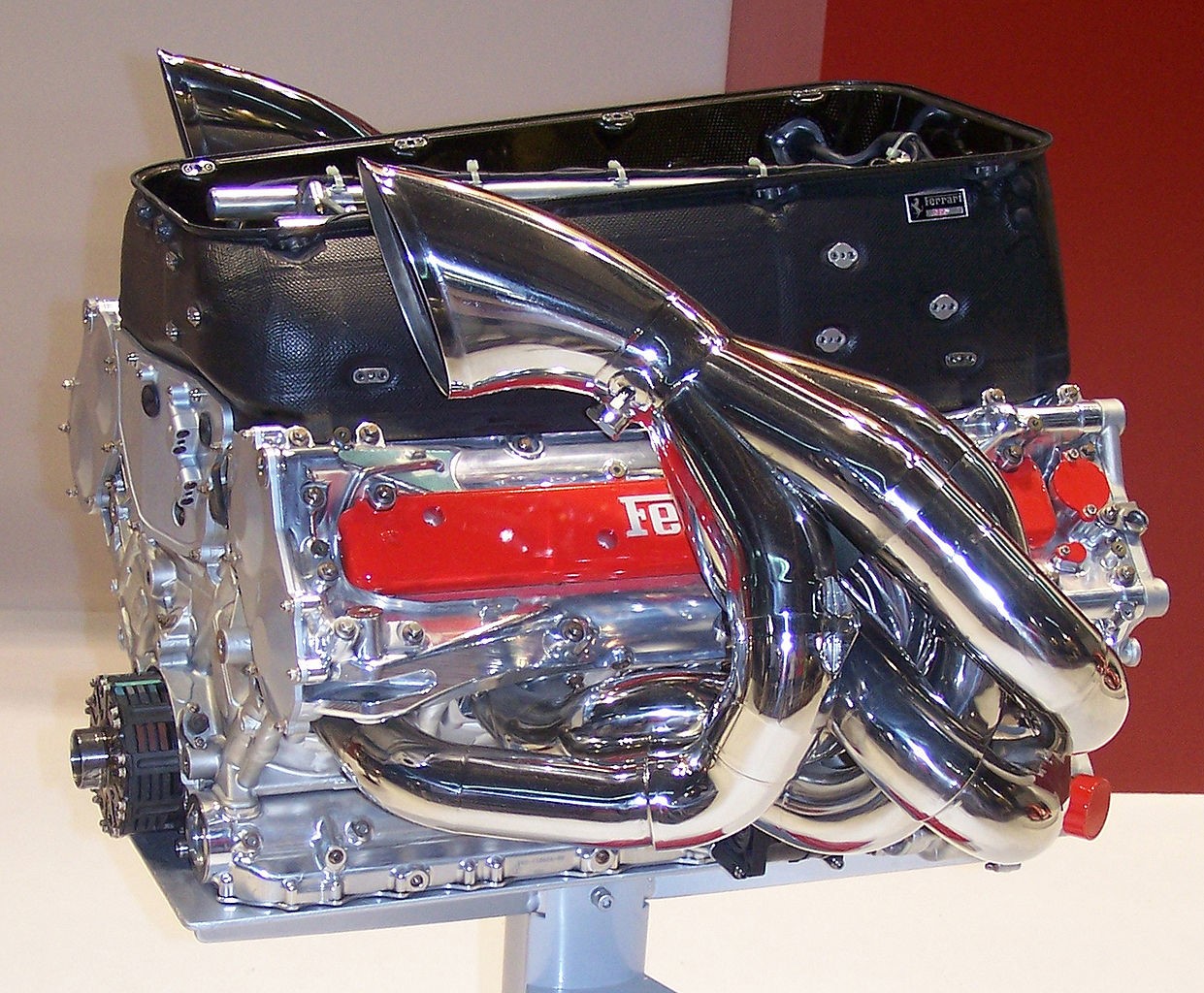
Ferrari 054 V10 engine.
Weighing 605 kg, it was equipped with a 2997 cm³ longitudinal 10-cylinder V-engine delivering 865 bhp.
The F2004 is a highly successful F1 racing car that was used by Ferrari for the 2004 F1 season.
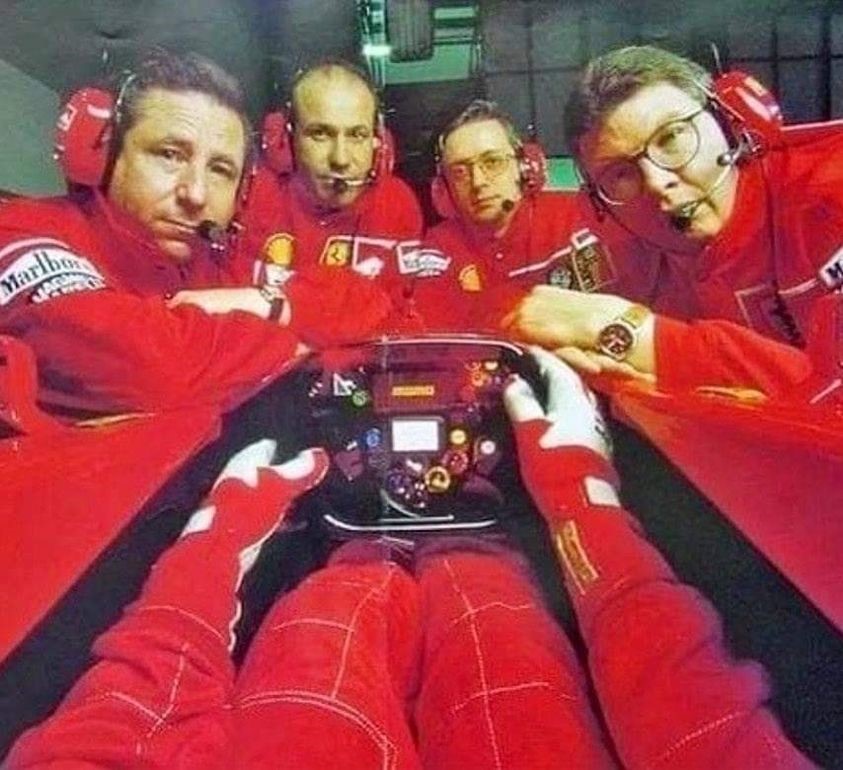
Michael Schumacher, Jean Todt, Ignazio Lunetta, Paolo Martinelli and Ross Brawn.
The chassis was designed by Rory Byrne, Ignazio Lunetta, Aldo Costa, Marco Fainello, John Iley and James Allison, with Ross Brawn playing a vital role in leading the production of the car as the team's Technical Director and Paolo Martinelli, assisted by Gilles Simon, leading the engine design and operations. Heavily based on the previous season's F2003-GA, the F2004 continued the run of success the team had enjoyed since 1999, winning the team's 6th straight Constructors' Championship and 5th straight Drivers' Championship for Michael Schumacher, his 7th and final, world drivers' title in 2004. It is one of the most dominant cars in the history of Formula One. The car also brought a close to Ferrari's and Michael Schumacher's five-year domination of the sport, leaving the door open for Renault and Fernando Alonso.
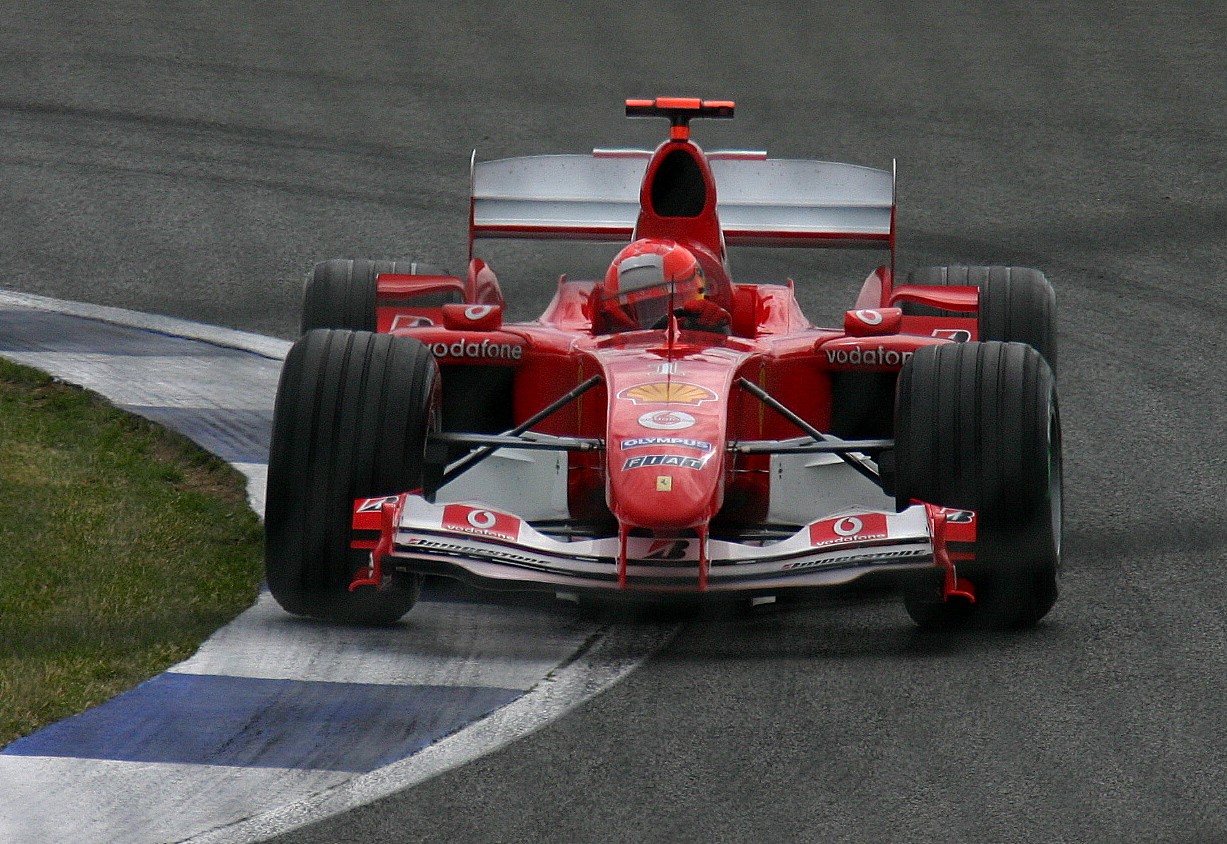
Michael Schumacher, Ferrari F2004, during practice for the 2004 British Grand Prix.
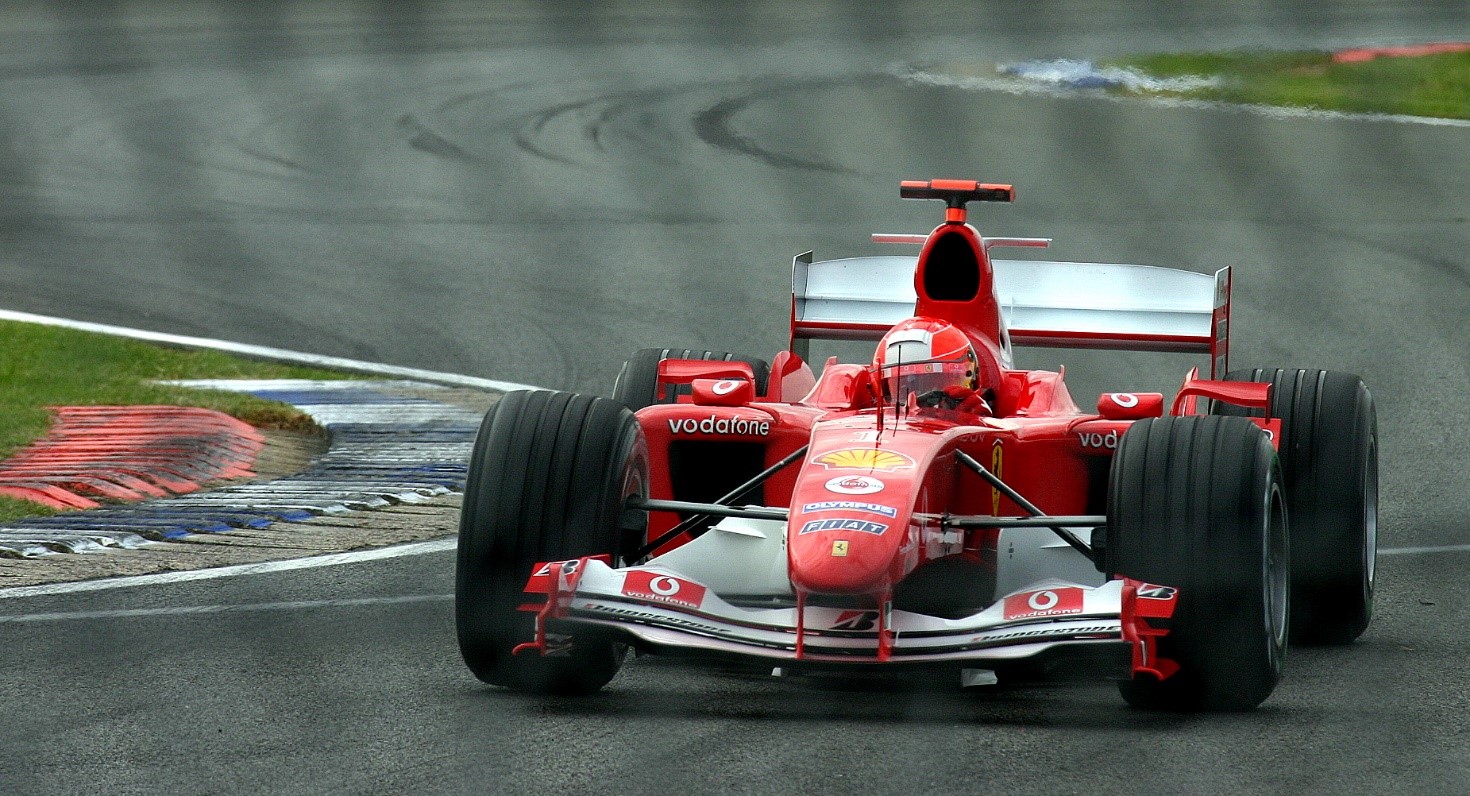
Michael Schumacher, Ferrari F2004, during practice for the 2004 British Grand Prix.
Ferrari used 'Marlboro' logos, except at the Canadian, United States, French and British Grands Prix.
The car was based on the same design principles pioneered in the F2002 but taken a step further. The periscope exhausts were smaller and mounted closer to the car's centre line, the rear wing was enlarged and the rear suspension redesigned to reduce tyre wear, a major problem in the F2003-GA. The engine was designed to last a full weekend in accordance with the FIA's technical regulations for the season. As a result, the gearbox also had to be redesigned to be more resilient. The rear end aerodynamics were improved and the car featured a shorter wheelbase. Launch control and fully-automatic gearboxes were also banned for 2004, meaning the driver had to start using the paddle-shifters and find the effective bite point and release the clutch manually, again. These electronic driver aids had been used by the team for the previous three seasons, since the 2001 Spanish Grand Prix.
The car was as successful as the equally dominant F2002, winning 15 out of 18 races and scoring 12 pole positions including many lap records. Michael Schumacher won a single-season record of 13 races (Sebastian Vettel equaled this number in 2013) and gained a record breaking seventh World Championship (tied with Lewis Hamilton as at the end of the 2020 Formula One World Championship), while Ferrari was a clear winner in the Constructors' Championship. The F2004 was also extremely reliable, retiring from just two races and both of these were via collisions. In France, Schumacher won, beating Fernando Alonso's Renault after an innovative four stop pit strategy.
After the 2004 season the car was developed further as a testbed for 2005 and used in the first two races. Despite a podium finish in the 2005 Australian Grand Prix, the car was retired to make way for its successor, the F2005, at the 2005 Bahrain Grand Prix.
In all, the car scored 272 championship points in its career, but its championship in 2004 also marked the end of Ferrari's Constructors' Championship winning streak, beginning with the 1999 Formula One season.
The F2004 was used as the basis for the 2008 "Powered by Ferrari" A1 Grand Prix car.
The fastest laps at Albert Park Circuit, Circuit de Nevers Magny-Cours, Autodromo Nazionale Monza and Shanghai International Circuit all remain the current lap records, even though three out of these four tracks were still used in F1 in 2019 or 2020.
Michael Schumacher's son Mick drove the car at the 2019 German Grand Prix, honouring 15 years since his father's final world championship.
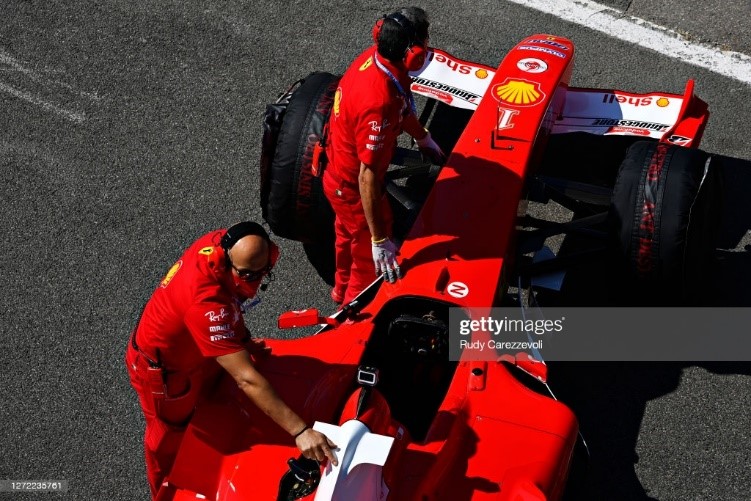
Ferrari team members prepare the Ferrari F2004 of Michael Schumacher for a display run before the F1 Grand Prix of Tuscany at Mugello Circuit on September 13, 2020 in Scarperia, Italy. Photo by Rudy Carezzevoli/Getty Images.
Mick Schumacher also drove the car around the track before the start of the 2020 Tuscan Grand Prix to celebrate Ferrari's 1000th Grand Prix.
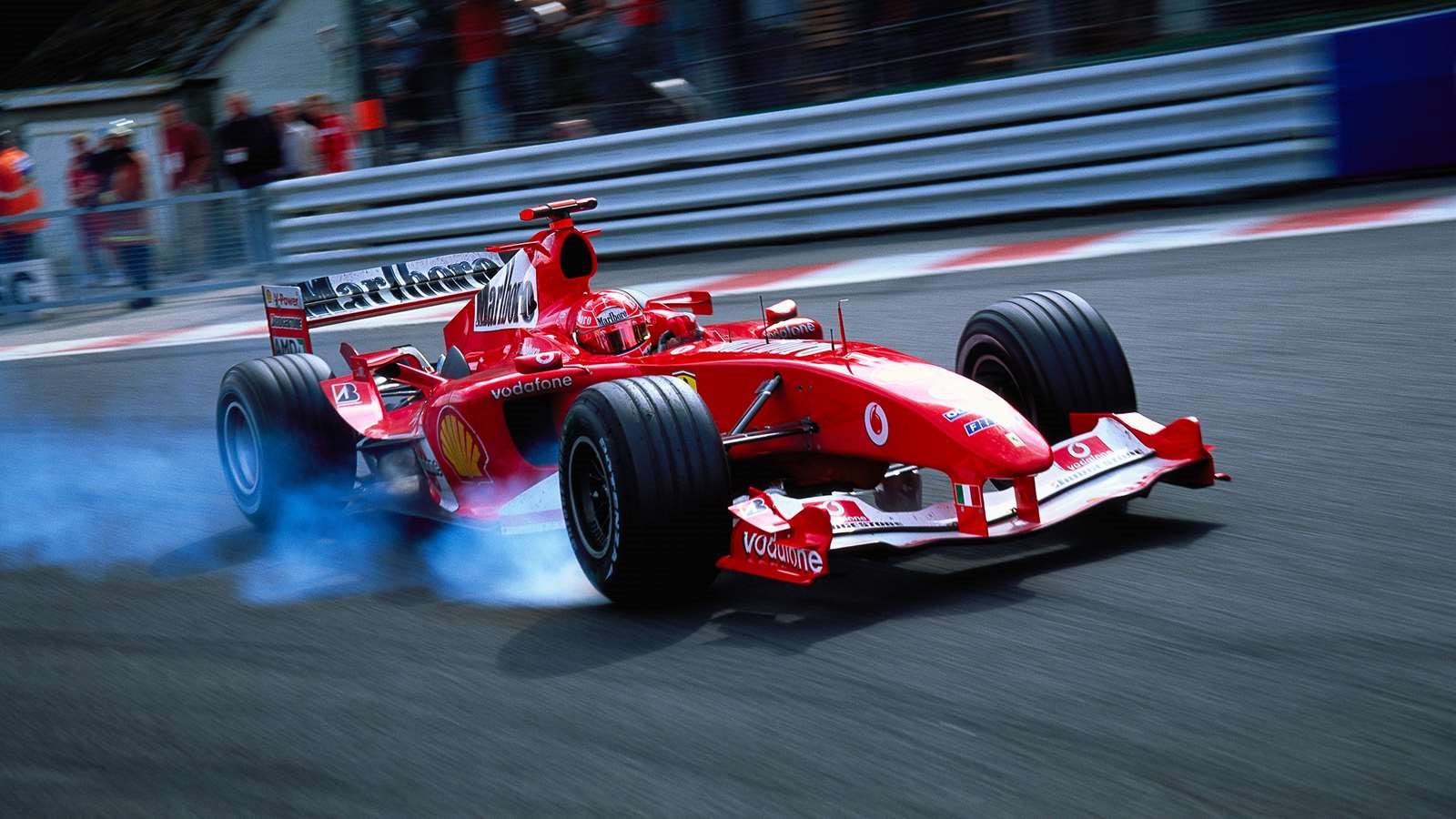
F1 2004 Spa, Michael Schumacher. Photo by Rainer Schlegelmilch.
Ferrari F2004. March 10th 2021. By Ben Miles.
We wrote about the Ferrari F2004’s predecessor, the F2002, in our piece on the greatest Formula 1 cars of all time. There we said there was only a hair’s breadth between the two in terms of which car had the greater history. Having told the story of the 2002, we thought we’d take the opportunity here to tell the tale of the final car to win a championship with Michael Schumacher at the wheel.
The F2004 was based on the same principles as the F2002, but with a larger rear wing and a complete redesign for the rear suspension – after the F2003-GA suffered from excessive tyre wear. The engines now needed to be more resilient too, the demand from the FIA being to last a whole weekend and gearboxes now had to last a lot longer as well. Launch control and the incredibly high-tech pretty-much full auto’ gearboxes that had been developed were also banned, handing more control back to the driver. It was an immediate success. Schumacher won the first five races of the season and 12 of the first 13 – only a retirement in Monaco after a bizarre incident with Juan Pablo Montoya behind the safety car meant he couldn’t break Nigel Mansell’s record of most victories in a row from the start of the season. By the time 2004 came to an end it had won 15 of 18 races, including a legendary four-stop strategy win from Schumacher at Magny-Cours that will go down as one of his greatest.
Ferrari F2004, the best F1 in history? The single-seater having offered a seventh title to Michael Schumacher. By Aurélien Attard. December 25, 2020.
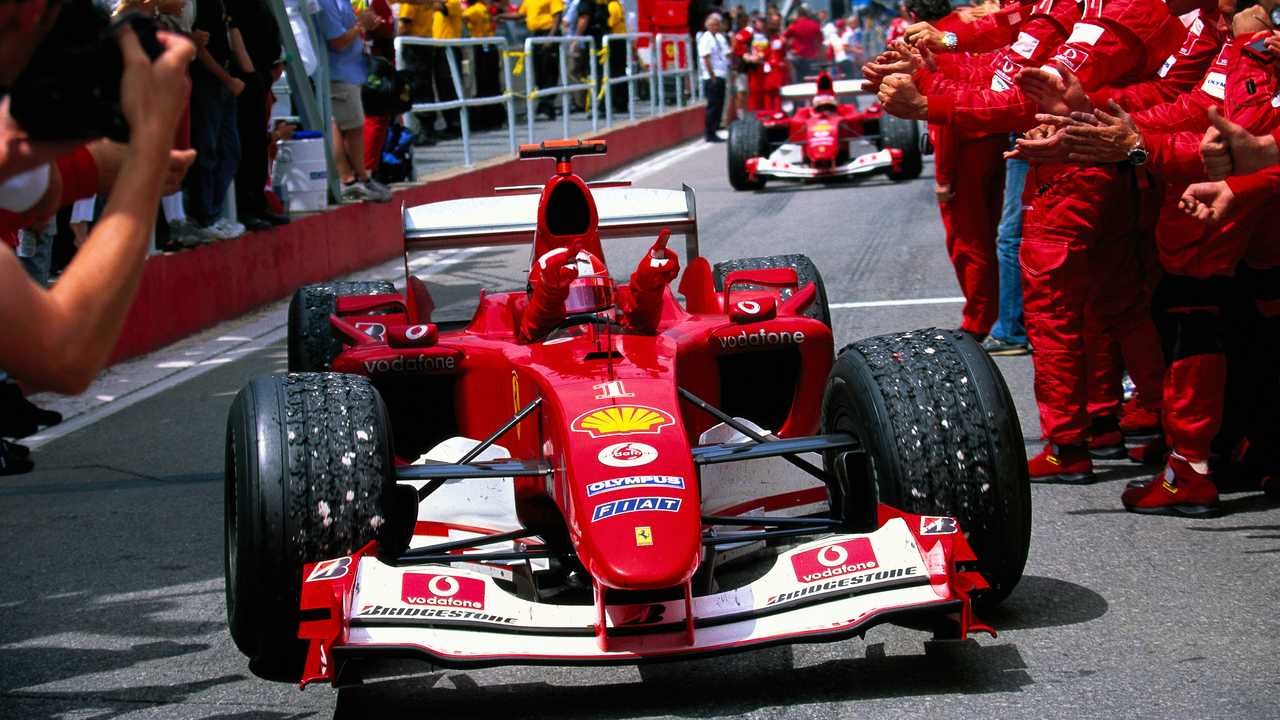
Over the past few weeks, FerrariChat has unveiled the 10 best Formula 1 single-seaters built by Scuderia Ferrari. Our top 10 was based on the list of cars but also on their importance in the history of the Italian brand.
The single-seater occupying the first position in the classification is none other than the Ferrari F2004 which crushed the 2004 Formula 1 season. It does not have the longevity of the 312T or the D246 but we are talking here of a car so fast that 'it made Ferrari engineers believe their chronometers were faulty!
In 2003, the Ferrari F2003-GA was not the fastest car on the grid. And it was only thanks to increased reliability that the Scuderia and Schumacher were able to afford the world title. Despite everything, the single-seater served as the basis for the development of the F2004. The outside of the car is more sculpted, the exhaust stacks are reworked and the design of the rear suspension is modified to improve handling, one of the weak points of the F2003-GA.
At the beginning of 2004, before the start of the championship, the F2004 and the F2003-GA compete on the Imola circuit in order to compare the performance of the two models. Ferrari engineers expect a gap of half a second in favor of the F2004 but the car is so fast that it pushes this gap to more than two seconds! Terrified, the team contemplates a telemetry malfunction, checks the car for 12 hours ... and realizes that the lap times did not lie!
From the first Grand Prix of the season, in Australia, Michael Schumacher and Rubens Barrichello locked the first row and signed a double. Michelin tires may offer the best performance, but the almost fused relationship between Ferrari and Bridgestone triumphs over the Bibendum. The reliability of the F2004 is also one of its many strengths. Over the whole of 2004, Schumacher and Barrichello covered 10,748 kilometers, nearly a thousand miles better than Sauber, the second team in this ranking. Ferrari's only two withdrawals that season were linked to clashes.
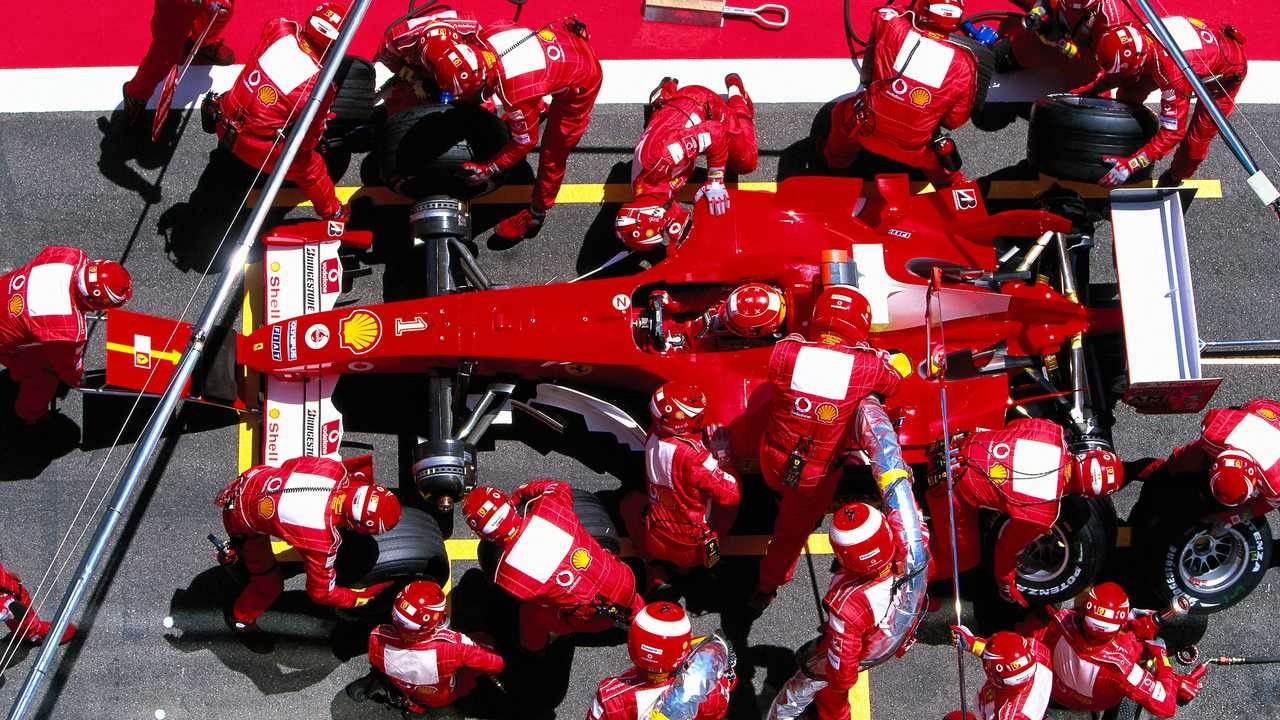
If we have to find a weak point in this single-seater, we can only blame a slight lack of form on Saturday. Out of the 18 Grands Prix in which the F2004 took part, it only signed "12" pole positions. This is partly due to the qualifying format at the time - two sessions of a flying lap - and partly due to the performance of the Bridgestone tires, much more performing at the time of the race. The 12 pole positions are converted into 15 victories including 8 doubles. Schumacher wins the seventh crown and holds a record that has still not been broken: the most victories in a year (13).
2004 is the culmination of Ferrari's dominance in Formula 1. It will take FIA intervention and rule changes to make things change. In the space of a few months, the all-powerful F2004 (now in its "modificata" version) was eclipsed by Renault and McLaren. The arrival of the F2005 later in the year will not be a game-changer.
However, the imprint left by the F2004 has forever marked Formula 1 and the fans. For the shrill sound of its V10 engine, the Italian single-seater is adored by all. And because it still holds many race lap records today, the Ferrari F2004 deserves to be at the top of the list of the best single-seaters in history.
Awards
18 Grands Prix
12 pole positions
14 fastest laps in the race
29 podiums
15 wins
1 world driver’s championship
Technical sheet
|
Chassis |
Honeycomb carbon fiber molded composite monocoque |
||
|
Suspensions (front and rear) |
Independent suspension, pushrod activated torsion springs |
||
|
Power |
|
||
|
Engine |
|
||
|
Trasmission |
|
||
|
Brakes |
|
Dimensions
|
Length |
4545 millimeters |
|
Width |
1796 millimeters |
|
Height |
959 millimeters |
|
Wheelbase |
3050 millimeters |
|
Front track |
1470 millimeters |
|
Rear track |
1405 millimeters |
|
Weight |
605 kilograms (driver included) |
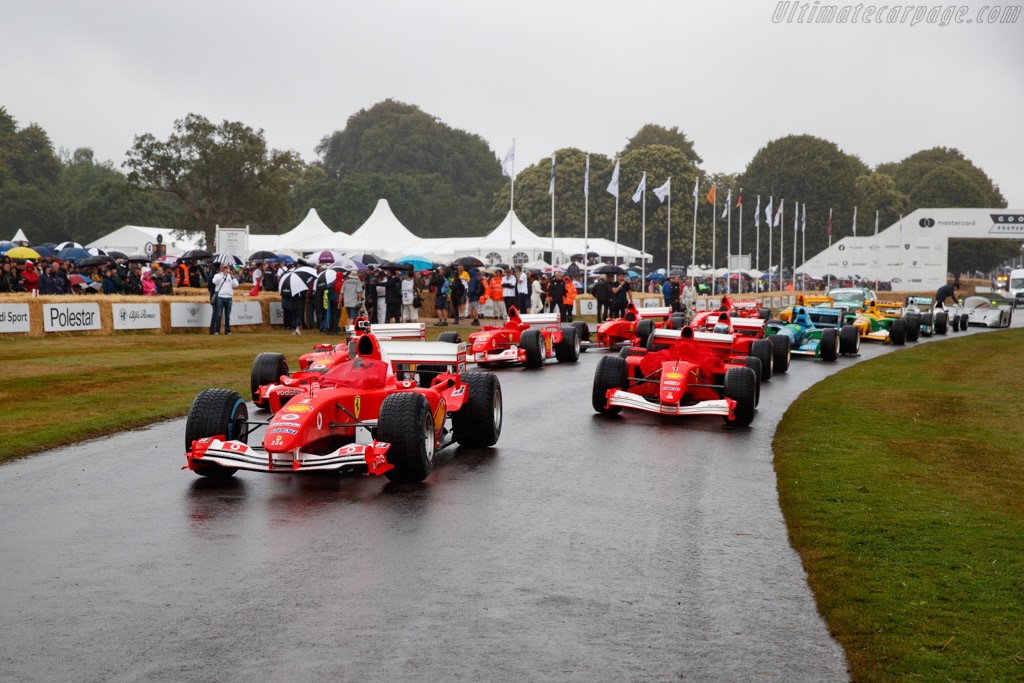
Ferrari F2004.
A car so good it shocked Ferrari: the story of the F2004, Ferrari's fastest car ever... By Antony Di Gerlando.
2003 was not what Ferrari had expected.
They had crushed everyone in 2002 with Michael Schumacher taking his fifth world title, equalling the great Juan Manuel Fangio and the Scuderia had their 4th consecutive Constructor's Championship.
The following year however did not go to plan. McLaren and Williams were serious threats and a rule change to do with tyres really hampered Ferrari's advantage. They didn't win until the fourth round of the season, with Schumacher at Imola and Barrichello only managed a solitary win at the final race in Suzuka.
Raikkonen lost the title by an excruciating 2 points and had his Mclaren been a little more reliable, Kimi would have won that year. Williams and Mclaren finished 14 and 16 points off Ferrari respectively and it seemed at long last that maybe their dominance was coming to an end... Maybe Alonso, Montoya or Raikkonen could win a title? Would it be Williams' first constructors championship since 1997? Or maybe the McLaren-Ferrari rivalry of the late 1990s would be rekindled?
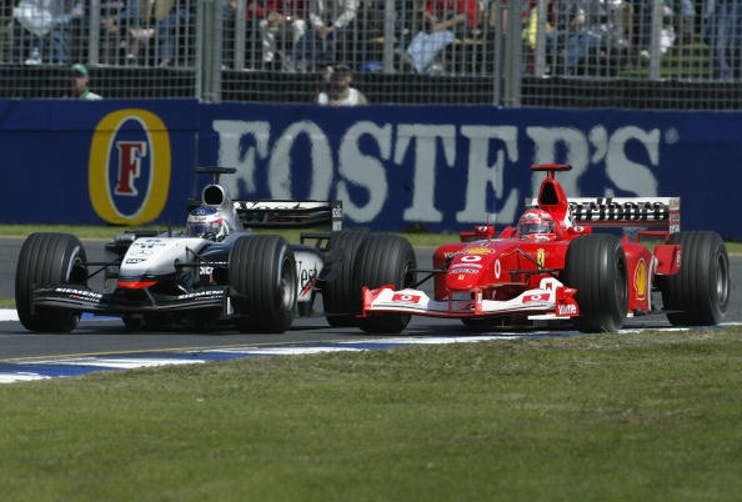
Ferrari went hard at work to avoid this at all costs.
And if you could describe what they came up with in response, it would be 'merciless'.
To understand where this beast of a car came from, you have to go back to 2002; the season Ferrari had dominated. Designers Aldo Costa, Rory Byrne and Ross Brawn continued to develop that car's philosophy. Byrne was the big-thinker in developing this car, whilst Aldo Costa (who recently left Mercedes after helping them to dominance) was tasked with fine tuning Rory's ideas.
The principles were the same but many elements had been improved and that led to this:
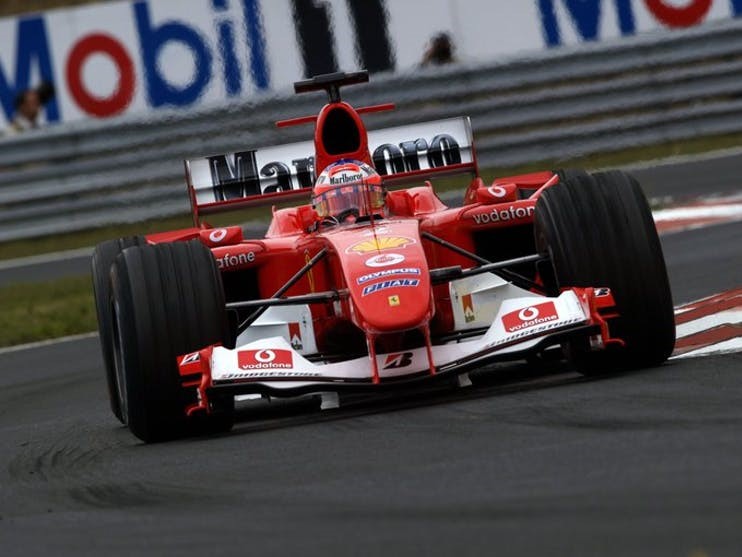
Some people regard the F2004 as the most beautiful car ever; and it's certainly up there with the greats...
Weight distribution, chassis and rear grip were some of Ferrari's main focuses; a new and lighter chassis with an improved structure was implemented while the bodywork, exhausts and the rear end was completely redesigned to boost aerodynamics and make the car more streamlined. Airflow to the rear of the vehicle was increased and this took away some oversteer while adding rear downforce. The exhausts were mounted closer to the centreline of the car and this made it more stable. The centre of gravity was lowered by resiting parts such as the radiators and hydraulics, all helping driveability.
The front and rear suspension had been revised to not only get the most out of the aerodynamics, but also the tyres. A weakness of the F2003GA was that it punished its tyres too much so Ferrari, with their close cooperation with Bridgestone, came up with an improved suspension that gave better handling, grip and wear. They used new materials for the transmission and engine, making the car even lighter and better around the corners.
Ferrari also stress tested these components over and over again and, as a consequence, the F2004 didn't see a mechanical failure once throughout the whole season.
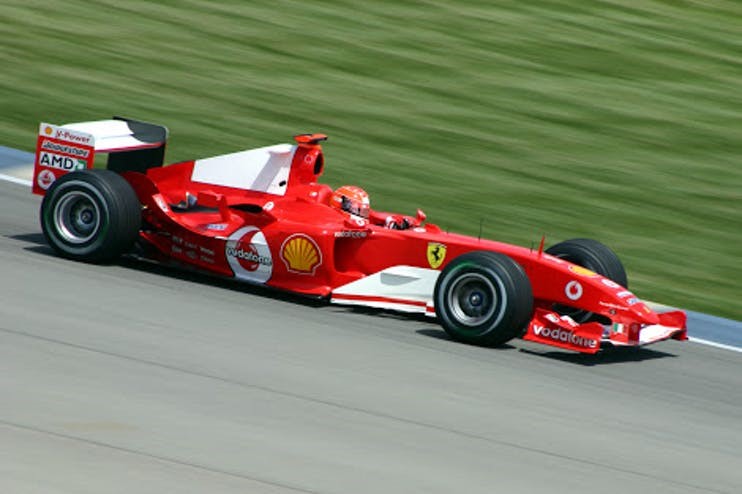
Ferrari meanwhile, had no idea it would be anywhere near as good as it turned out to be. The simulations told them it'd be around half a second faster than its predecessor, but once they took it to Imola to test it back to back it became clear it was way, way more capable than that!
Schumacher was already lapping *2 SECONDS* faster than the F2003GA... and Ferrari were convinced something was wrong.
It must be underweight, they thought. Surely the mechanics had forgotten to put the ballast in? So they checked.
The ballast was fine.
Ok, so there's not enough fuel right? So they checked.
There was more than enough fuel.
Once Ferrari had assured themselves that the weight was actually ok, they launched a full, 12 hour investigation into how the hell the F2004 was so quick. Despite all this Schumacher was absolutely adamant nothing was wrong; Ferrari simply outdid themselves.
The investigation found nothing.
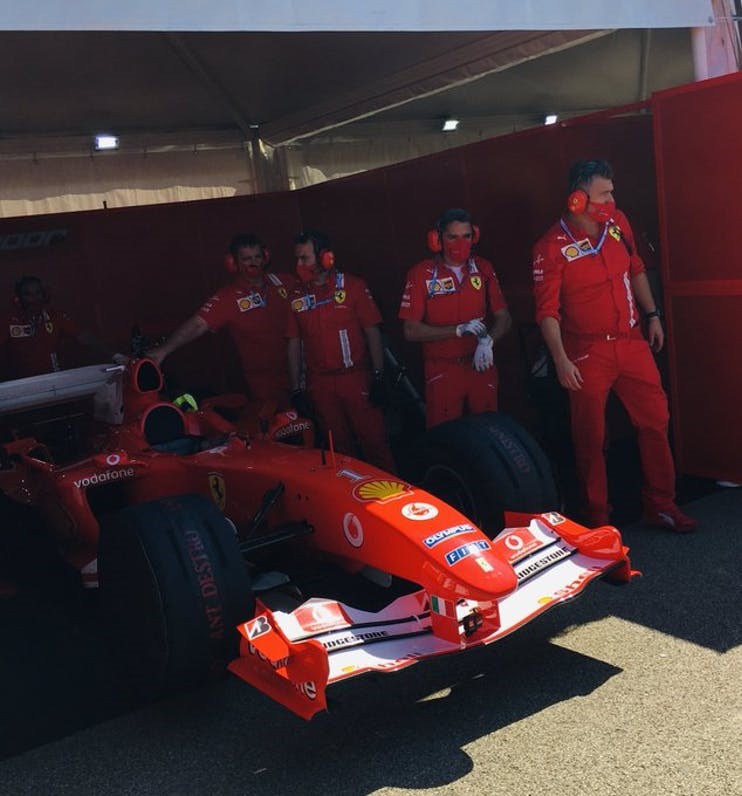
They then travelled to Mugello, where Barrichello tried the car himself for the first time. He remembers the team still trying to figure out what had gone 'wrong' and that the car was the only one that ever let him take the ferocious Arrabbiata corners flat out.
It was revealed on longer runs that the car was even faster than on one lap pace; those new suspensions apparently working very well on the Bridgestones.
This time Ferrari thought that the timing equipment wasn't working properly.
And, as before, they were wrong.
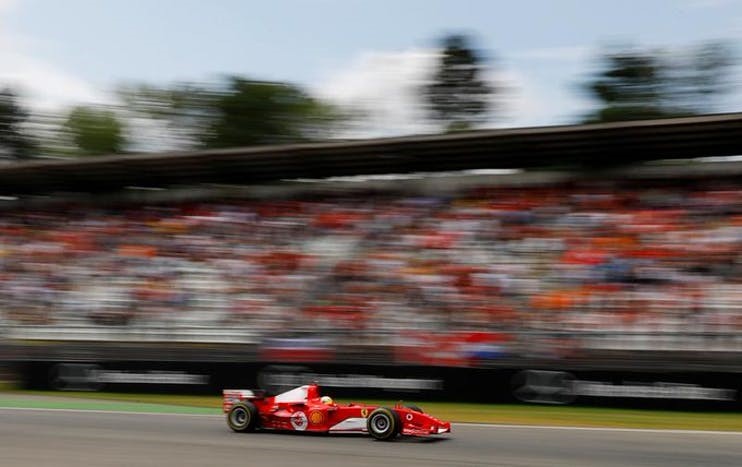
Inevitably, the F2004 enjoyed unprecedented success.
Schumacher won TWELVE of the first THIRTEEN races, the only one he didn't win in that stretch was Monaco, a race he crashed out of and gave Trulli his first and only win. Those 13 Grand Prix consisted of a 7 race winning streak, from the Nurburgring to Hungary.
Ultimately Ferrari won 15/18 races; 13 with Schumacher (a record for a single season) and 2 with Barrichello, set fastest laps in 14/18 races and was on pole for 12 of them. The fact it won more races than it got pole positions proved that the huge effort Ferrari put in that year to better use and understand its tyres paid off. The highlight of the season probably came when Schumacher beat Alonso at Magny-Cours on a colossal 4 stop strategy. The F2004, together with Michael, were fast enough to pull out the gaps for each stint while on the limit with fresh rubber. Just enough to secure an unlikely win on a very left-field strategy.
Both titles were of course wrapped up early. Ferrari meanwhile broke the record (at the time) for the most constructors championships in a row at six.
Unfortunately for them they have never been quite the same; a rule change for 2005 that stated you could no longer make a pit stop during a race caught Ferrari and Bridgestone out. They only won one race that year in the chaos of the United States Grand Prix in which just six cars started. In 2006 Schumacher came close to a title and after retired, as Alonso with Renault enjoyed two years of success.
2007 and 2008 came with one drivers championship and two constructors; Lewis Hamilton snatching the crown away from Felipe Massa in those infamous final laps at Sao Paulo for 2008.
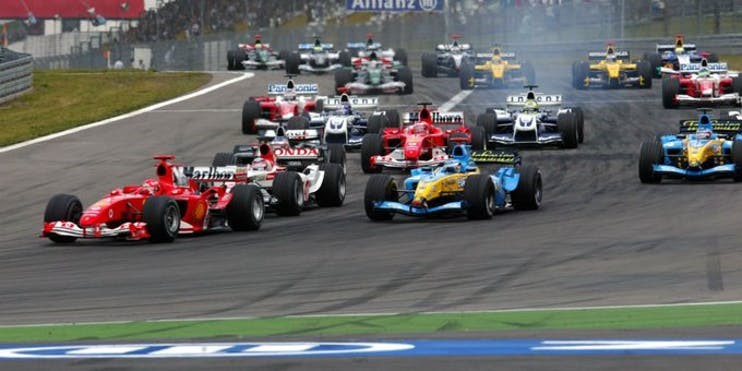
Ferrari haven't produced a car like it since, such was its dominance and ingenuity. It was a beautiful, elegant and powerful machine that represented what Ferrari is all about: winning. The F2004 is synonymous with their history and will forever be remembered as the apex of truly golden era for the Scuderia.
Remembering when Ferrari and Schumacher dominated Formula 1 with the F2004. By Will Broadhead, January 15, 2018. Photography by Will Broadhead.
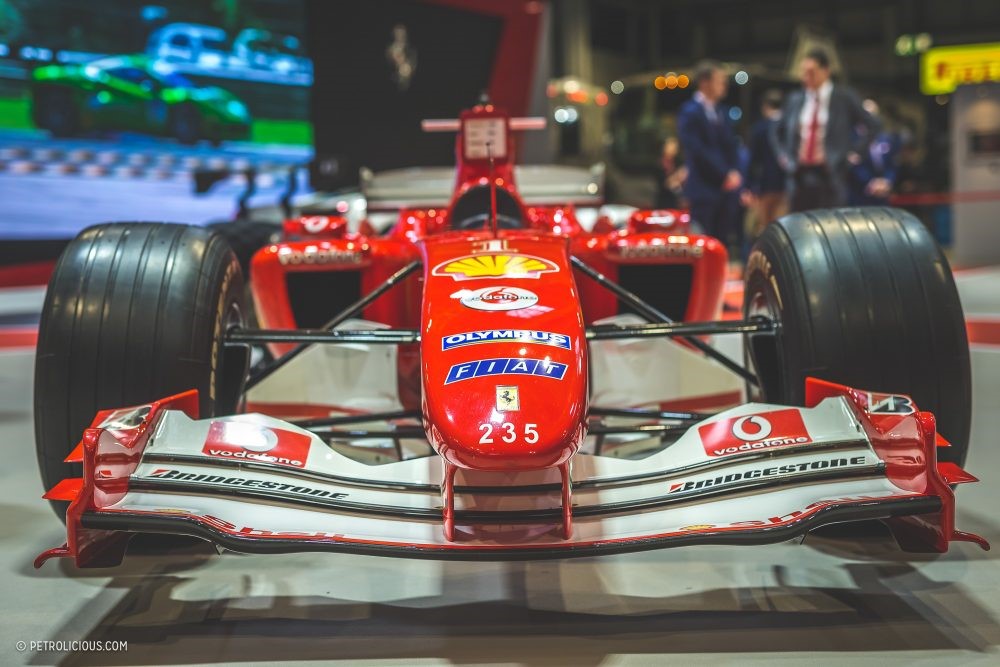
Isn’t it funny how you come to appreciate certain things a lot more with time? Tastes change, opinions morph and we can reconcile with things once reviled. Take sport for instance: nobody but nobody likes to see the same old people winning without a fight, dominance is boring. In the moment at least. But my oh my how that can change with the application of time and a hint of fuchsia across your spectacles. Sometimes an accomplishment is so complete and so spectacular, a bit of time is necessary to let it sink in. An example of this phenomenon was presented to the visitors of the Autosport International show this past week, in the form of the gorgeous red devil that is the Ferrari F2004.
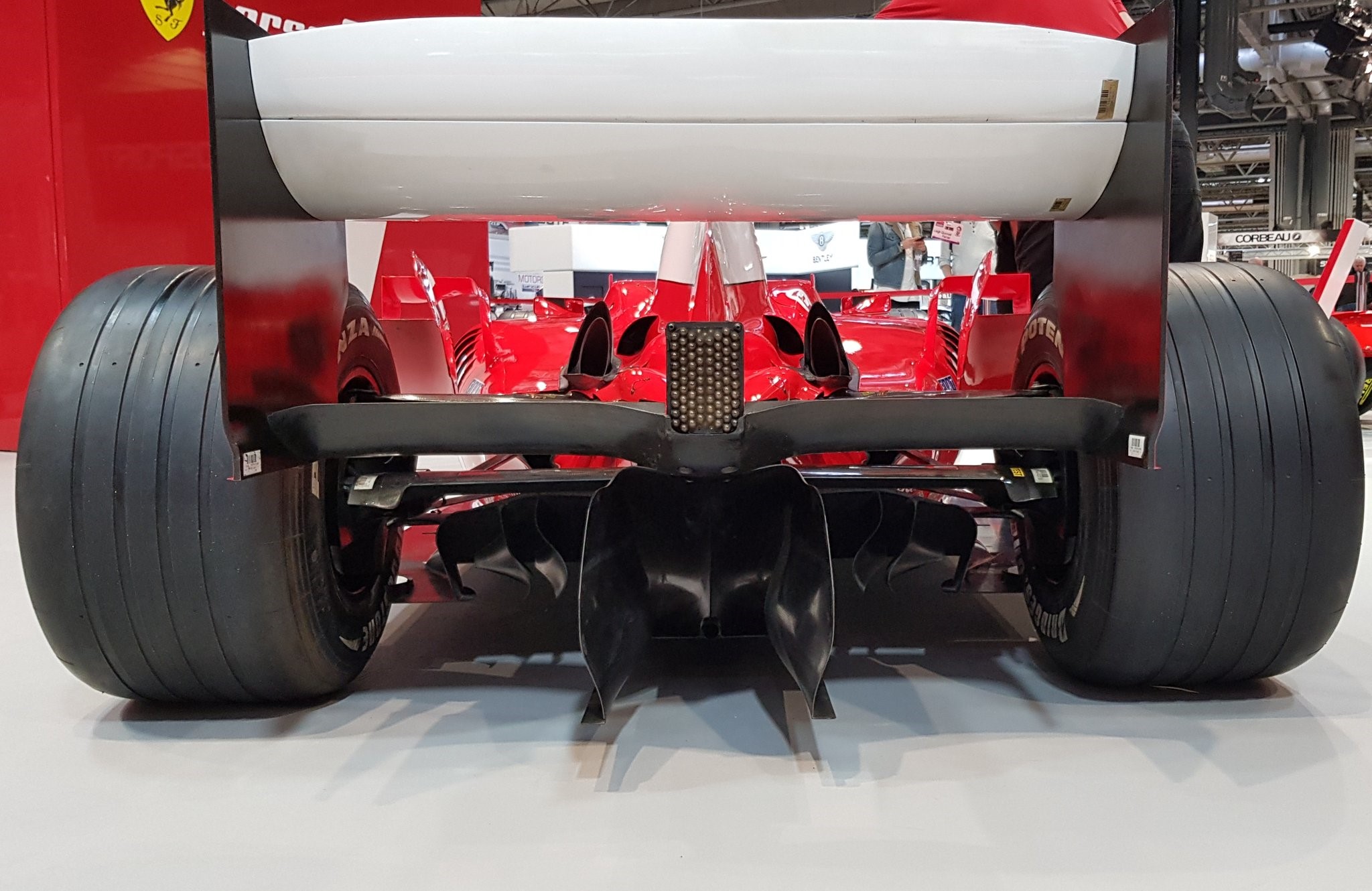
It’s no secret as to just how dominant the men from Maranello were in Grand Prix racing at the beginning of this century. Five world driver’s championships at the hands of Michael Schumacher and six constructor’s titles from 1999 to 2004.
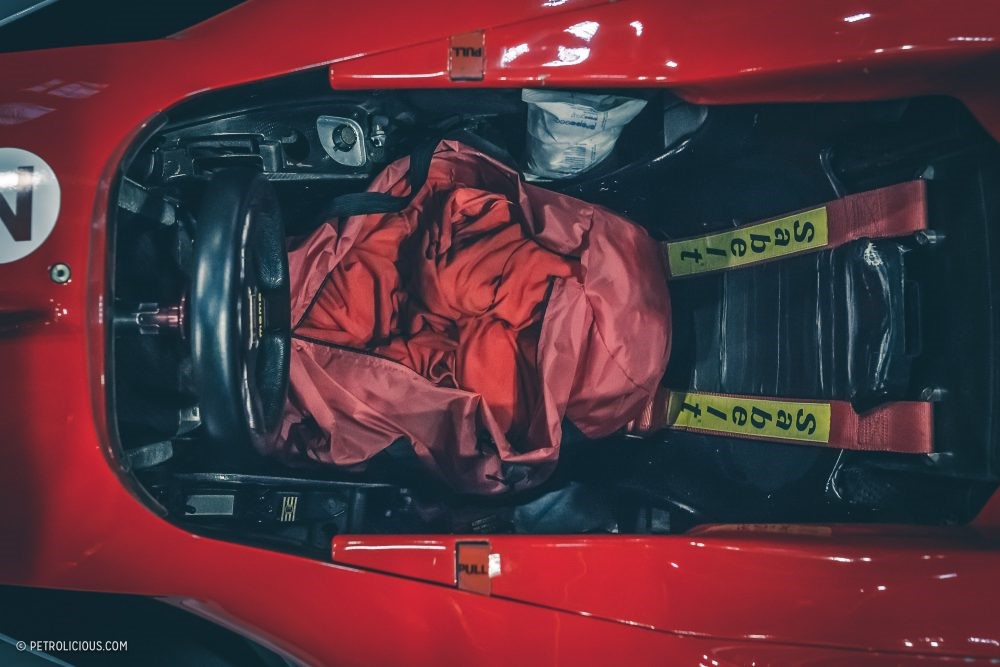
Not even Fangio managed five titles on the bounce and nobody has ever equalled a run of six consecutive constructor’s efforts either. For a team with as much clout and history as Ferrari, success of this scale had been a long time coming, with the Tifosi having waited since 1979 for a world champion driver, that last came in the shape of Jody Scheckter.
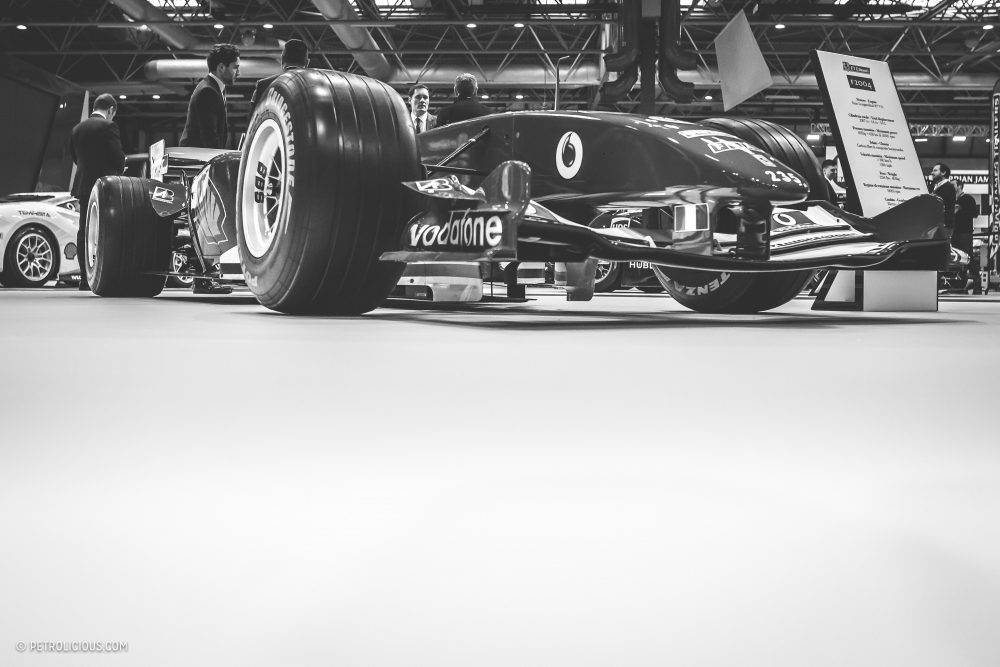
For five glorious years at the start of the noughties though, the prancing horse, with Schumacher as it’s jockey, trampled all before it and boy did I love to hate them.
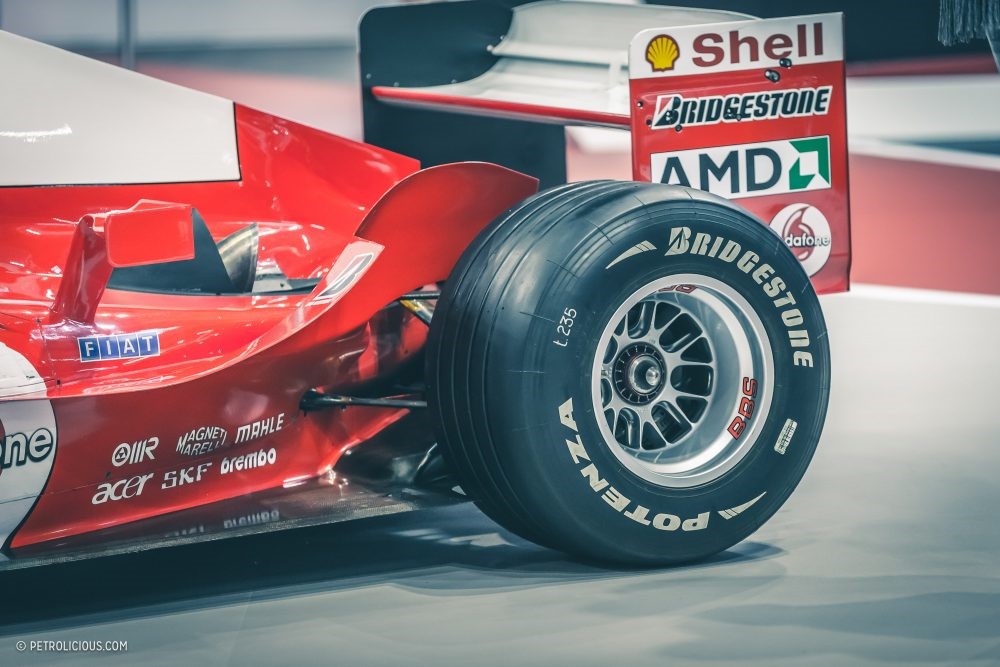
The F2004 then, is possibly the greatest of all of the cars that helped make that happen. One could argue that the F2002 was just as successful, but the F2004 was the culmination of advances on all of those F2xxx chassis, an inheritance of characteristics and DNA that ensured it was not just a winner, but a dominant one.
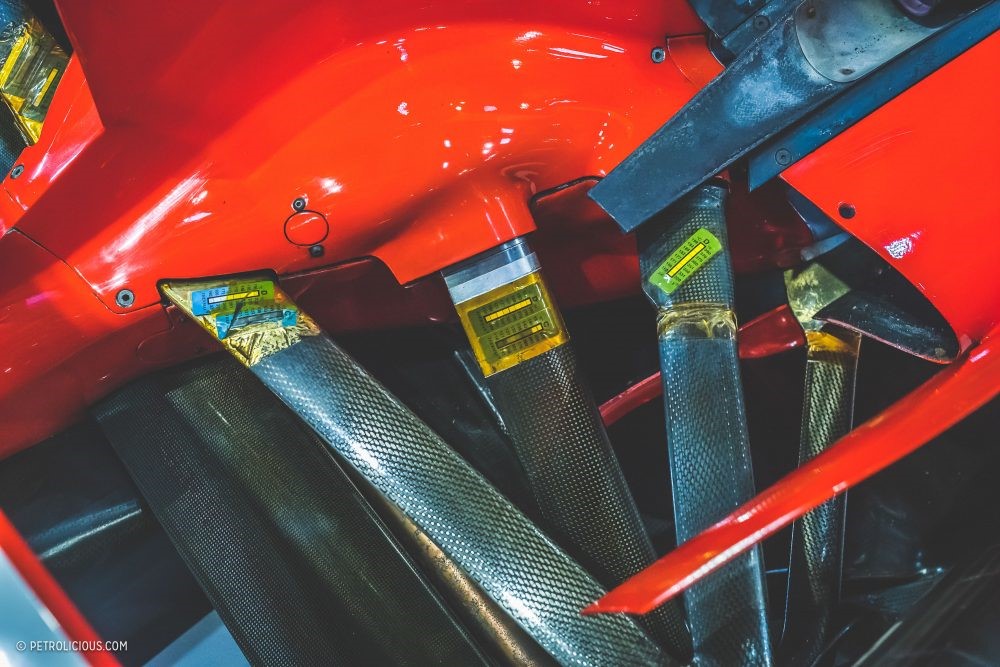
Today the car is a symbol of magnificence. It bears the scars of use, a patina this thoroughbred wears proudly and I am transported back to screaming sound of a three-liter V10 hurdling through the gears as it propels its carbon fibre composite chassis out of the Lesmo at Monza, before cascading back down the box on the approach to Ascari—a wonderful cacophony that the modern cars cannot get close to. The trumpets that played this beautiful fanfare exit in tandem, at the rear of the sidepods, a splendor of symmetry and purposefulness. 920 horses were unleashed at 19,100 RPM by the 053 engine, transmitted to the floor through sticky Bridgestone slippers. The car had been specifically designed to get better life out of these, with a more efficient aero package and lighter weight than its predecessor. At just 605kg wringing wet, with driver, the power to weight ratio is staggering.
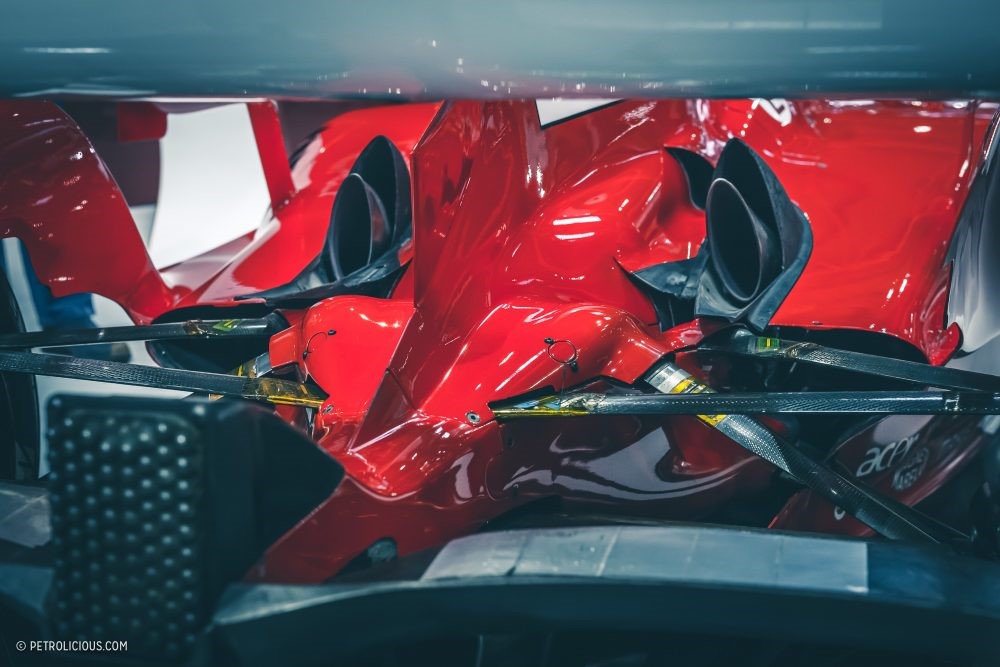
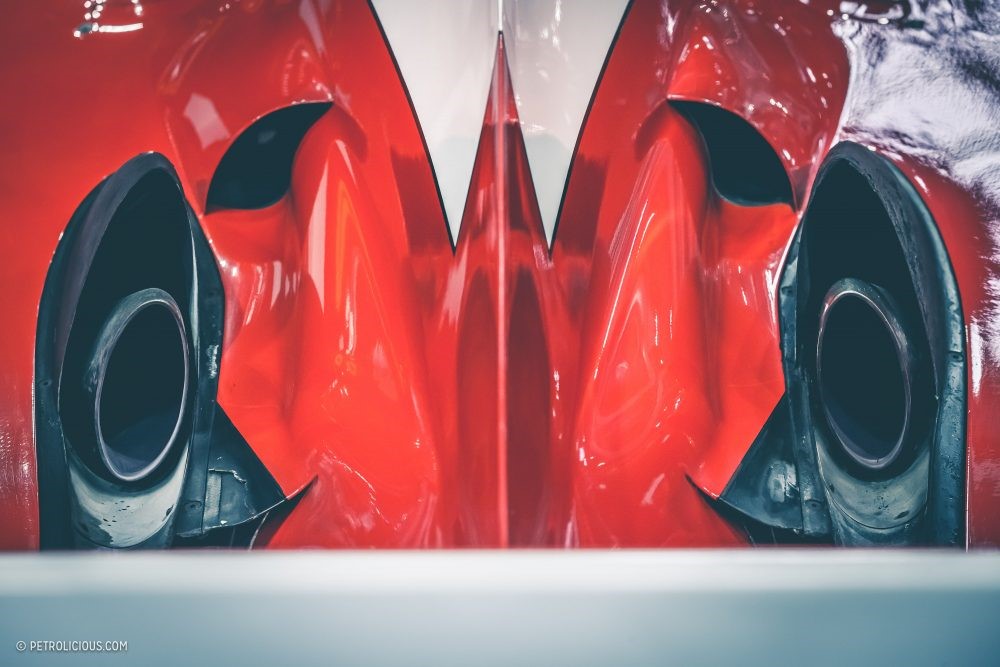
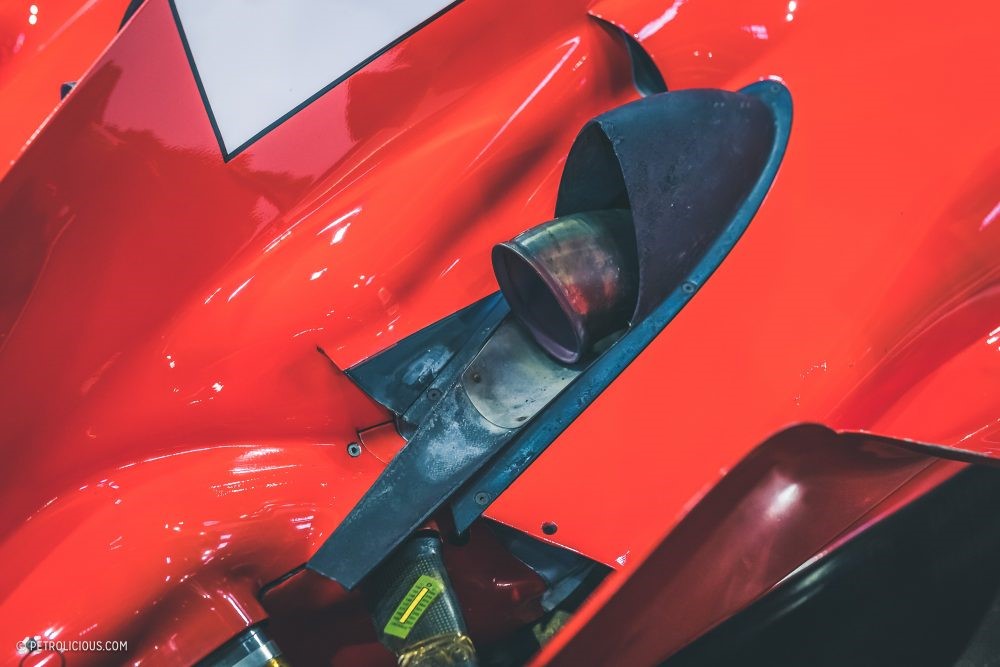
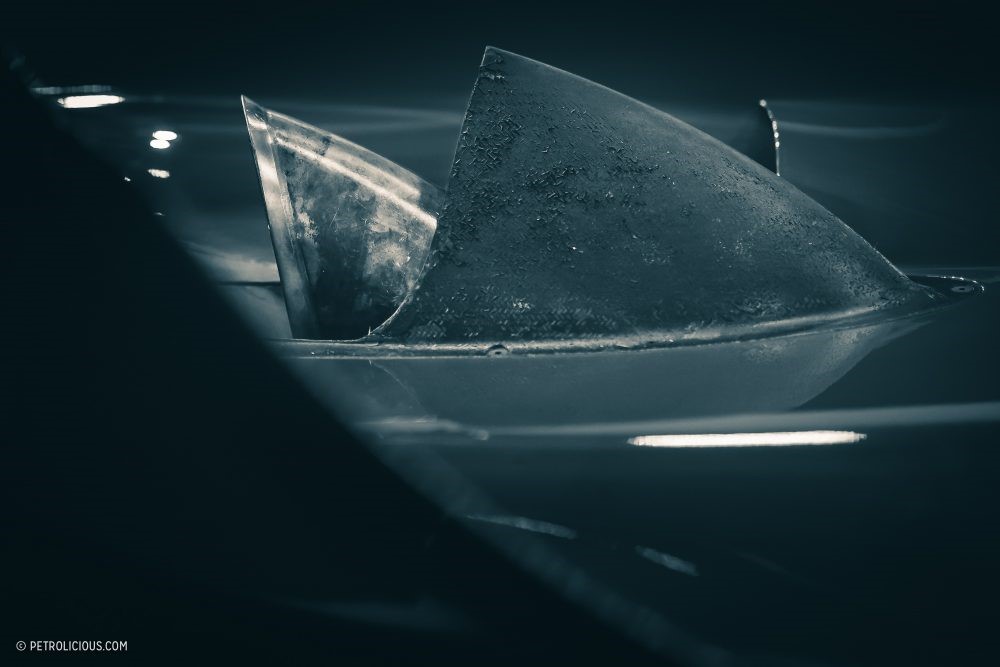
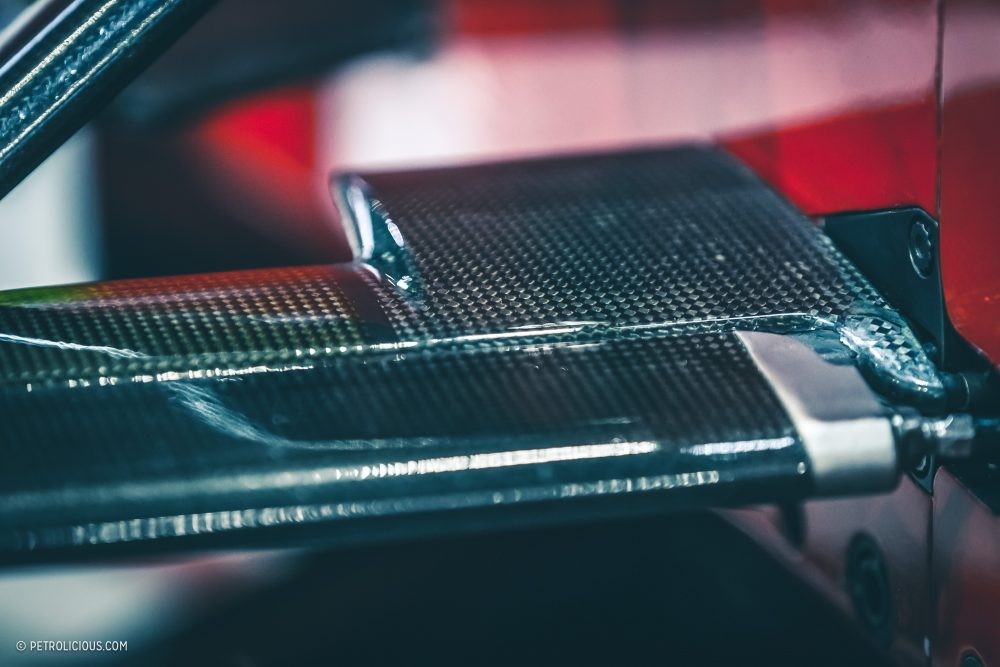
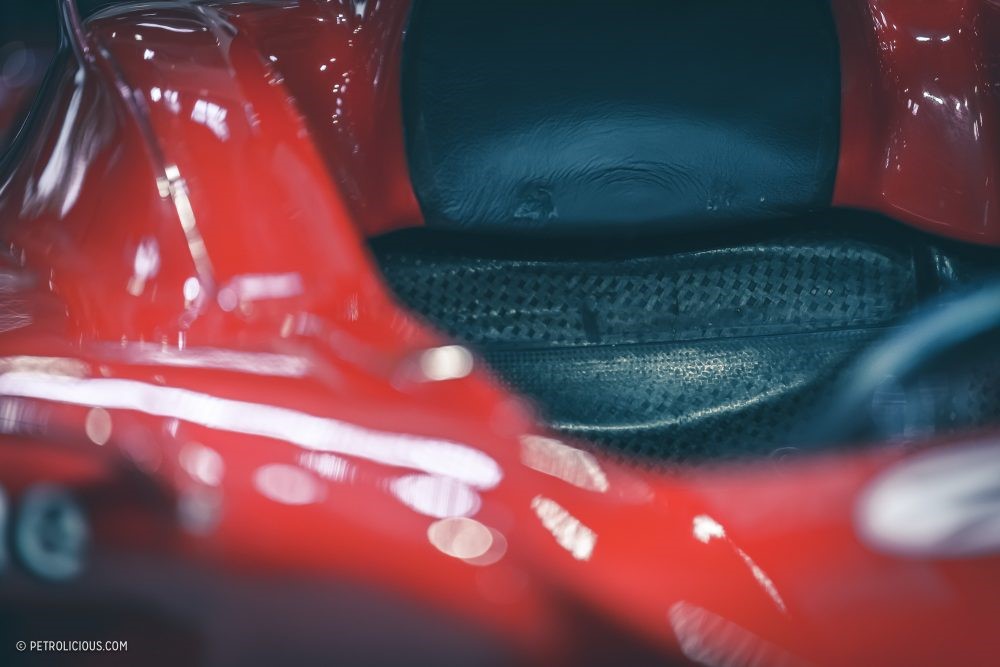
From the front it is sleek, neat even—with far less aero pieces spoiling the lines compared to the current generation of cars, it is a far prettier construction. From the rear it sits squat and purposeful, muscular and authoritative. It is a view of this car that is not unfamiliar for most of the drivers on the grid in ’04, intolerable at the time I would imagine, but I am sure that their feelings towards the car have changed since, just like mine have.
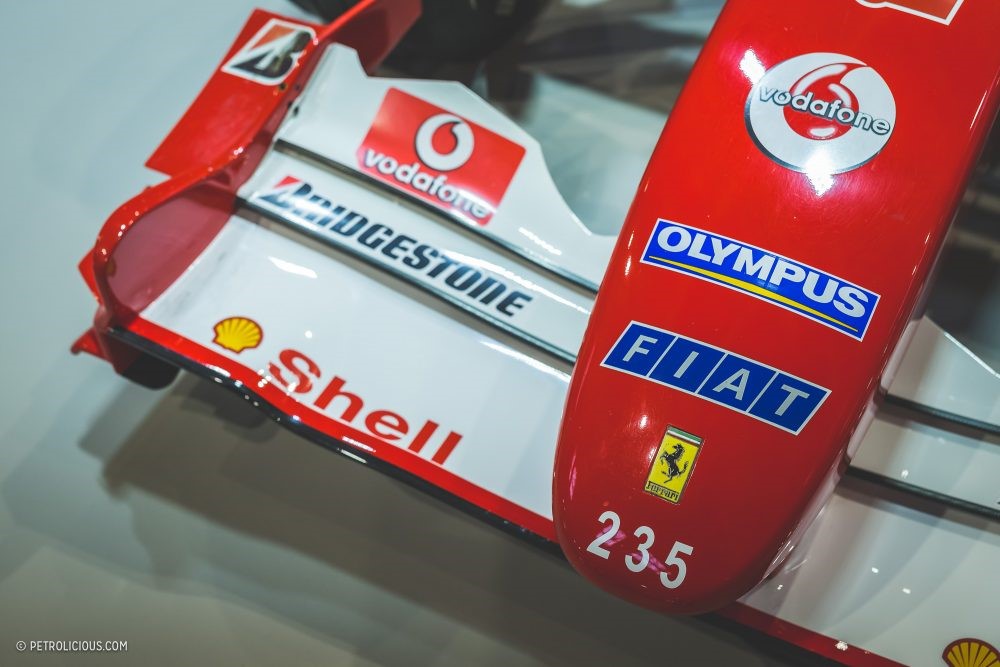
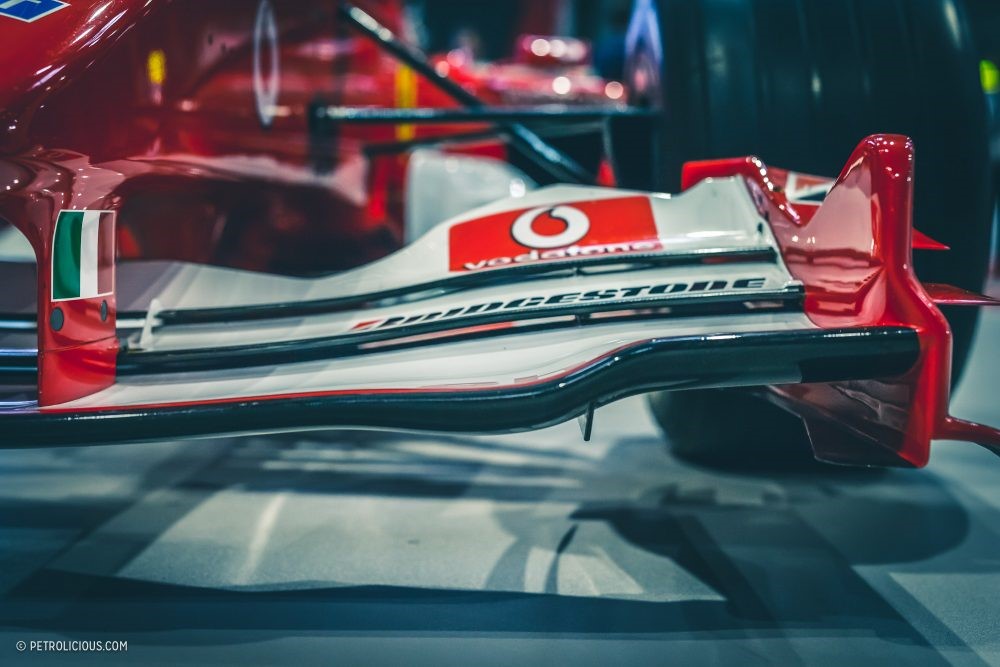
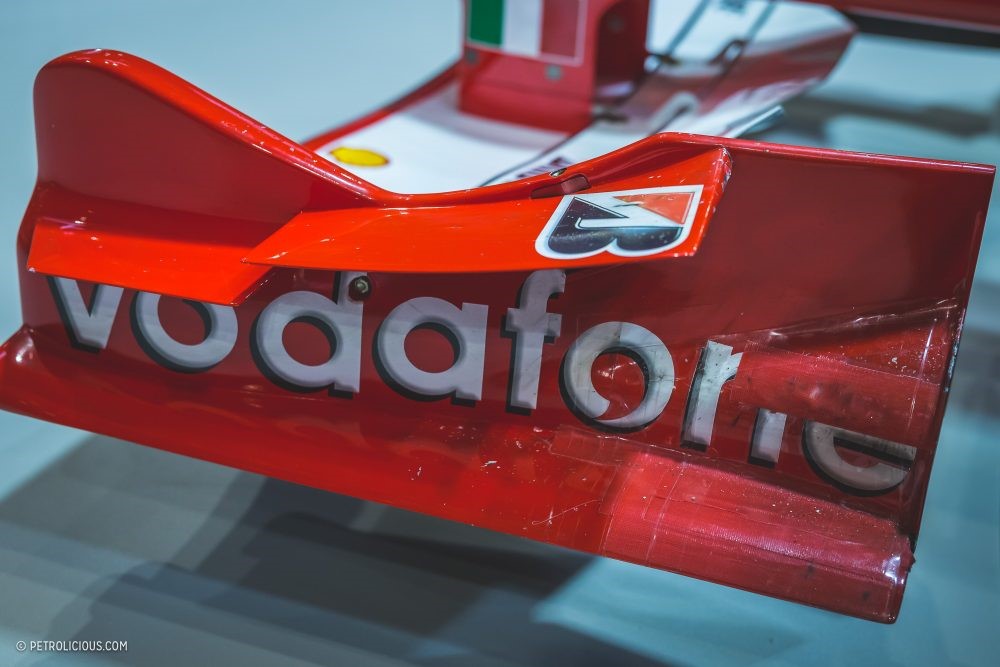
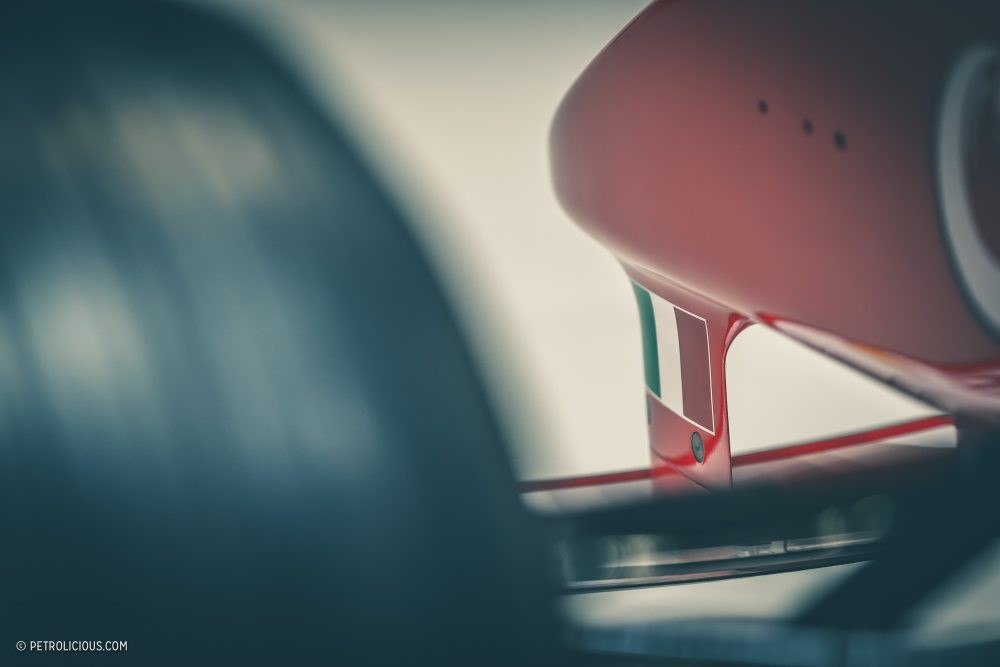
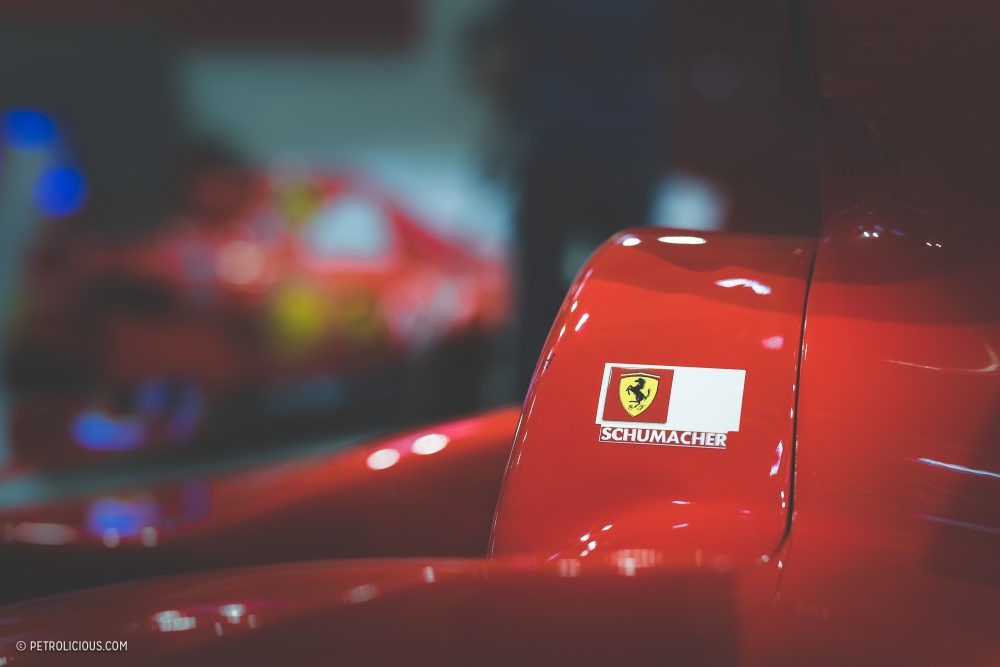
It seems then that Ross Brown and his team, including Rory Byrne and Aldo Costa, produced and developed a car that not only satisfied its brief with aplomb, but did so in a fashion that could scarcely have been imagined when pencil first went to paper.
This car was and is special. I feel a certain humility in its presence and it is a real privilege to be allowed up so close to photograph it whilst other visitors to the show have to gaze from a distance behind red tape. I linger around it for almost an hour as I take it all in, my mind drifting back to the season that came to belong to it. That belong to the great Schumacher and to Ferrari. Its legacy is still very much being felt today and whilst at the minute Mercedes are in a fine run of form, I wonder if they can ever do what this car did. Even if they do, it won’t matter, for this machine will always now hold a place in my heart. I only wish I had allowed myself to enjoy it more at the time.
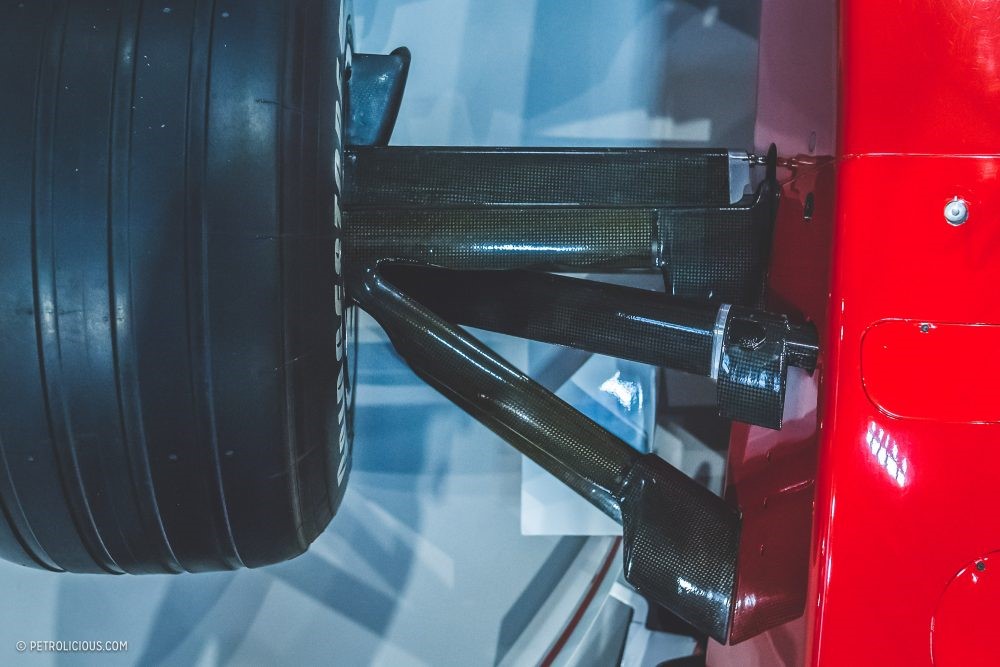
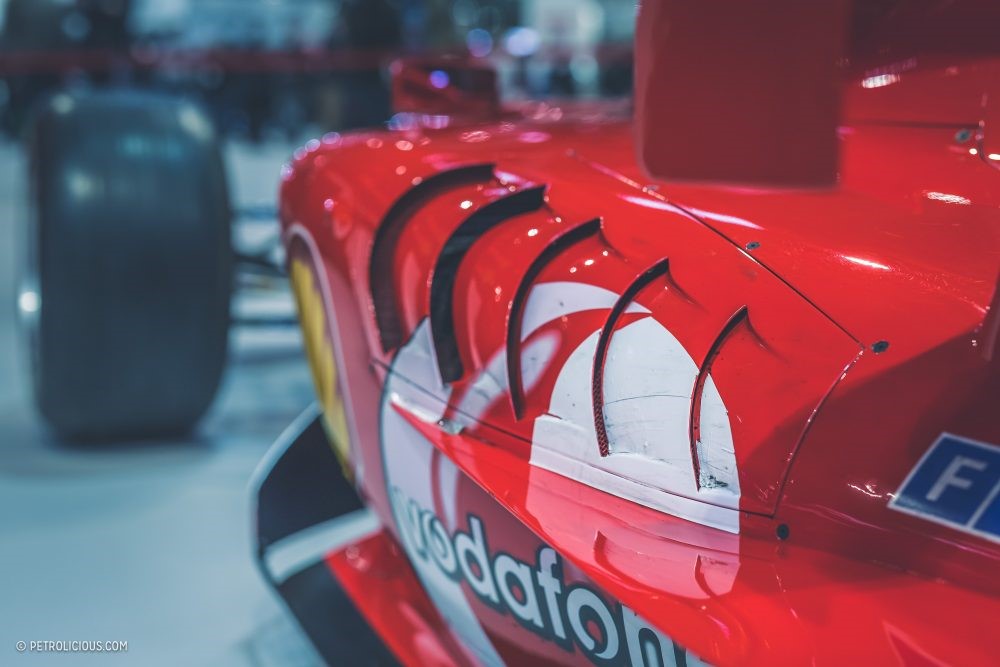
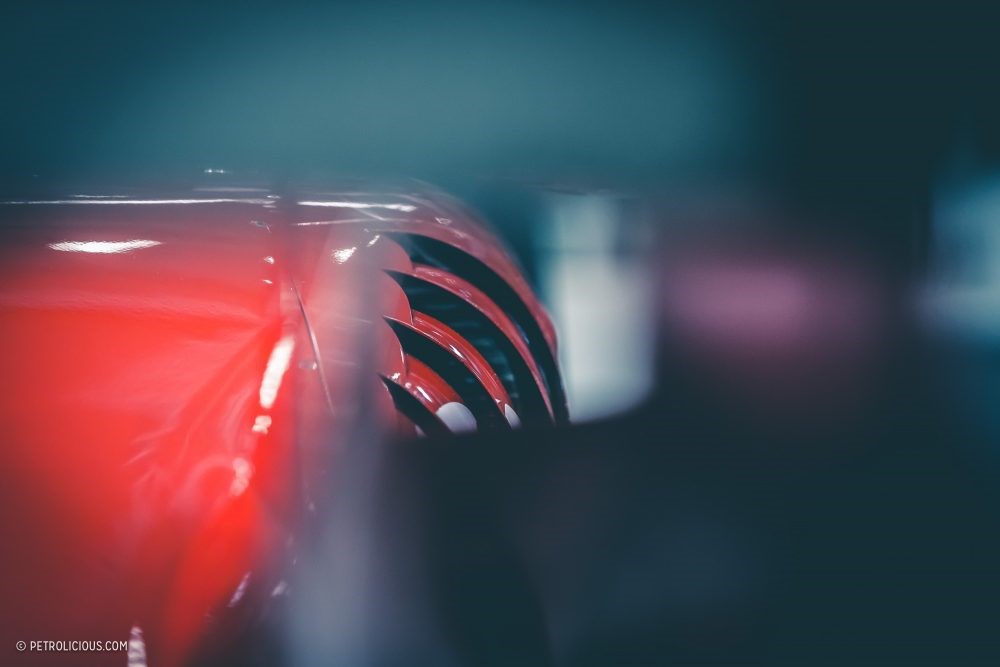
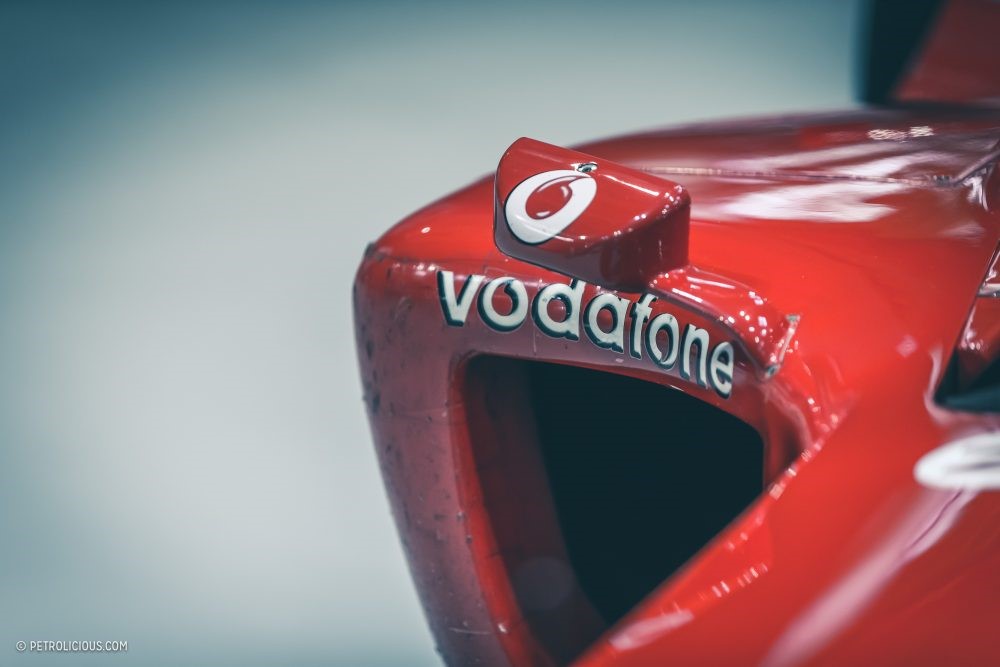
Ferrari F2004 - Remembering one of the best F1 cars ever. February 20, 2017. By Alexander S.
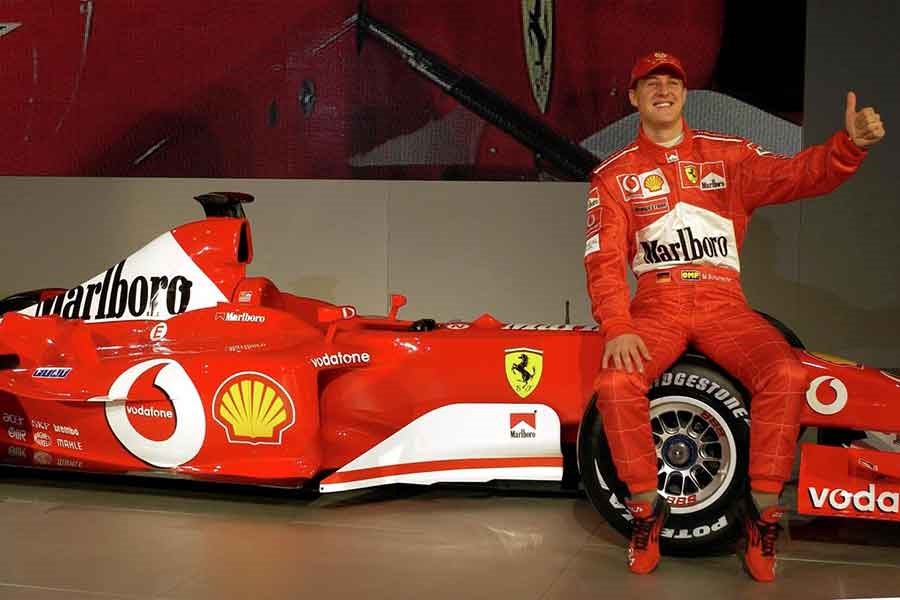
We all remember Ferrari’s dominance as constructor in Formula One at the beginning of the 21st century. F2002 blew away everyone’s mind, its successor Ferrari F2003-GA, although not so dominant, showed that it can compete with the competition, but if we were to describe Ferrari F2004 with one word, it would be merciless.
Ferrari F2004, the 50th car built by Ferrari, is one of the most successful and dominant cars in the history of Formula 1 World Championship of all time.
Designers Rory Byrne, Ross Brawn and Aldo Costa continued to develop their work started with F2002. The principle was the same but many elements were improved. The periscope exhausts were smaller and mounted closer to the center of the car what hugely improved aerodynamic efficiency. The rear-wing was enlarged, while the rear suspension was adjusted to be more gentle to the tires what was one of the problems with F2003-GA model.
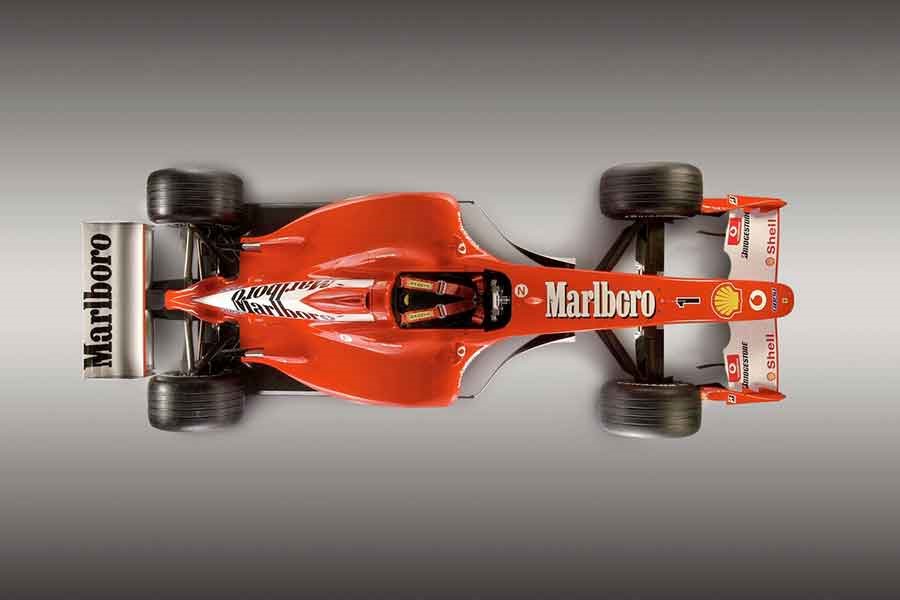
Ferrari F2004 is one of the most dominant cars in the history of F1.
The chassis at Ferrari F2004 was lighter than on the previous car, thanks to the new materials, just as the engine and gearbox. The F2004 had a lower center of gravity, while weight distribution has been improved as regards the chassis and the engine which was more durable and reliable.
Michael Schumacher and Rubens Barrichello did a perfect job in the previous year, so Ferrari had no reason to change anything.
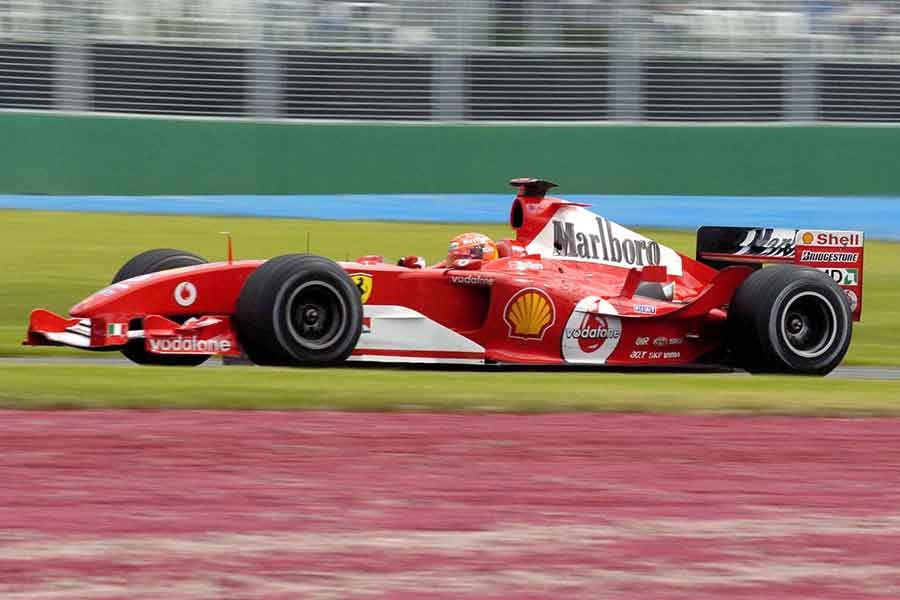
Michael Schumacher in Ferrari F2004, Australian Grand Prix.
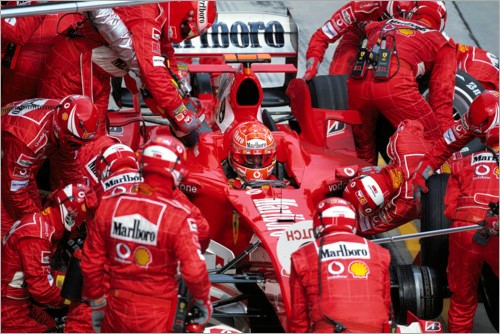
Michael Schumacher, Ferrari F2004, pit stop Malaysian GP 2004.
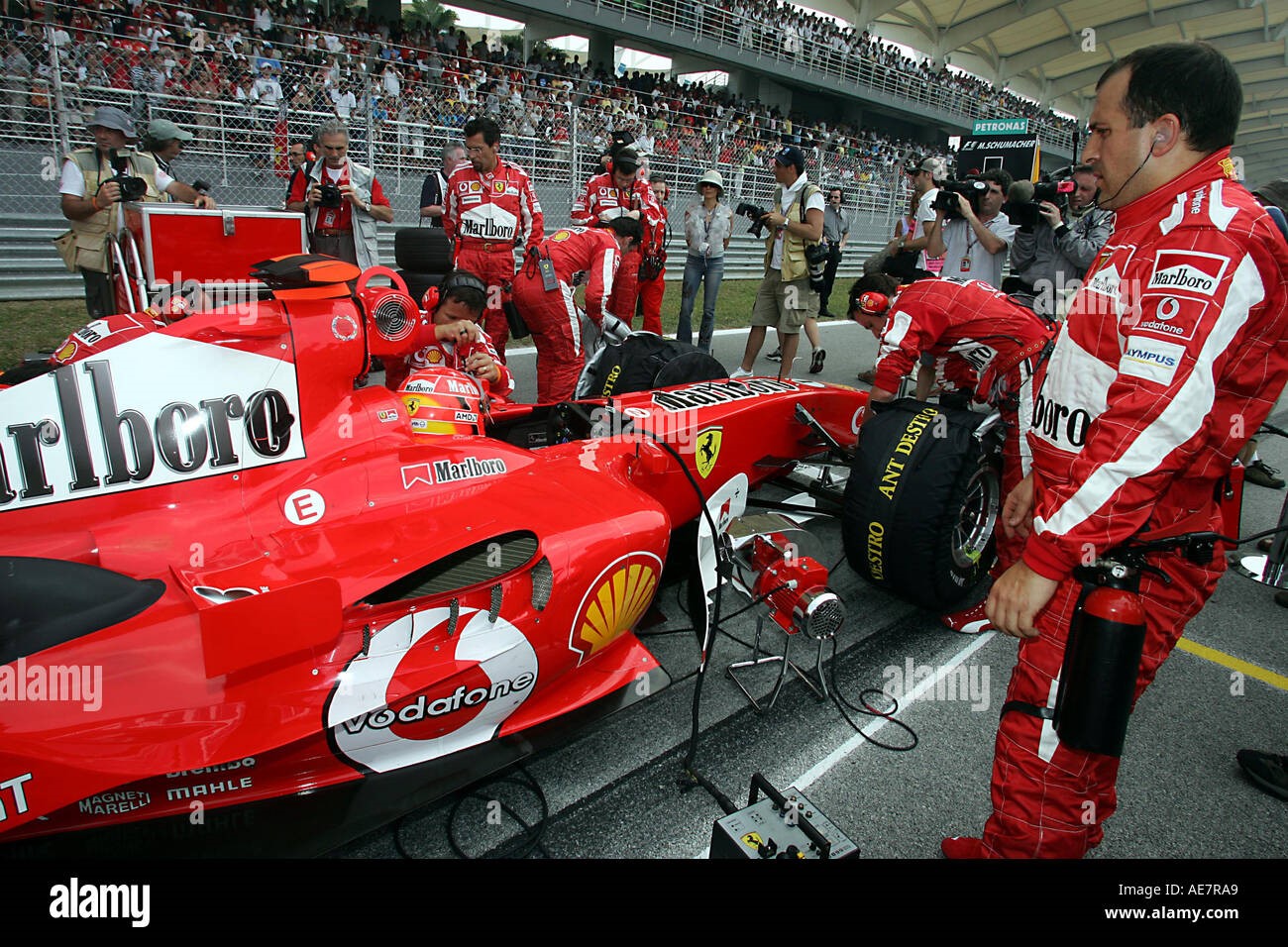
Michael Schumacher, Ferrari F2004, Malaysian Grand Prix.
The reigning champion won the five opening races – in Australia, Malaysia, Bahrain, Imola and Spain – while Barrichello thrice finished 2nd. Schumi’s winning stream has ended in Monaco, where he retired after a collision with Juan Pablo Montoya but his teammate scored another podium after finishing 3rd.
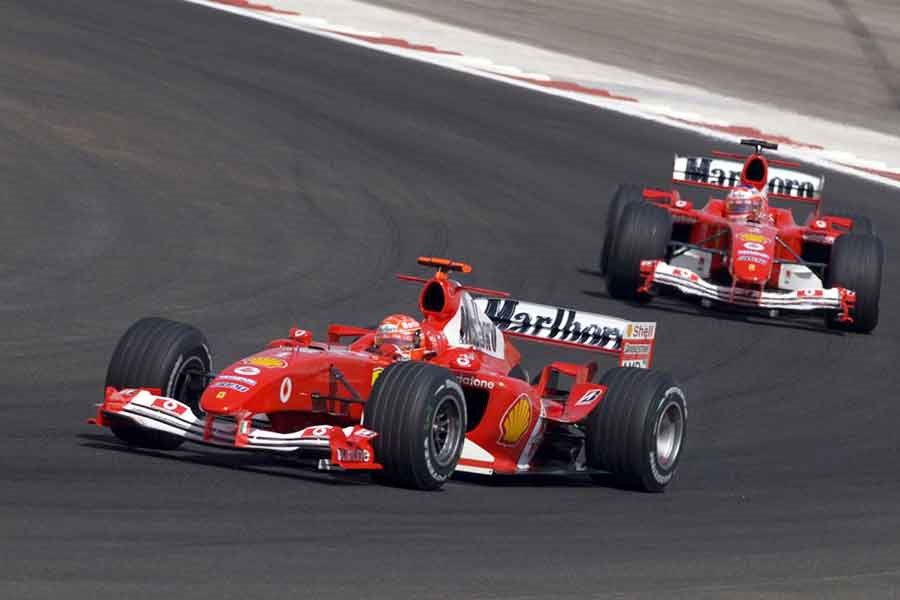
In 2004 Schumacher and Barrichello proved that they are perfect partners.
After the first third of the season, Schumacher topped the standings with 50 points, while Barrichello was 2nd with 38, six more than Jenson Button in the 3rd position. In the Constructors’ Championship, Ferrari was 36 points ahead of the 2nd-placed Renault.
Bad luck at Monaco not affected Schumacher. In European Grand Prix at Nurburgring, he began the new series of wins. After a triumph at Nordschleife, German racer won the races in Canada and in the US, while Barrichello finished 2nd in each. It was followed with another four Schumacher’s wins – at Magny-Cours, Silverstone, Hockenheim and Hungaroring.
At the same time, Rubens scored three podiums and Ferrari already had another title in their pocket, while Schumi was 38 points clear of his team-mate in the Drivers’ Championship.
In the last five races, Barrichello scored better results than a champion.
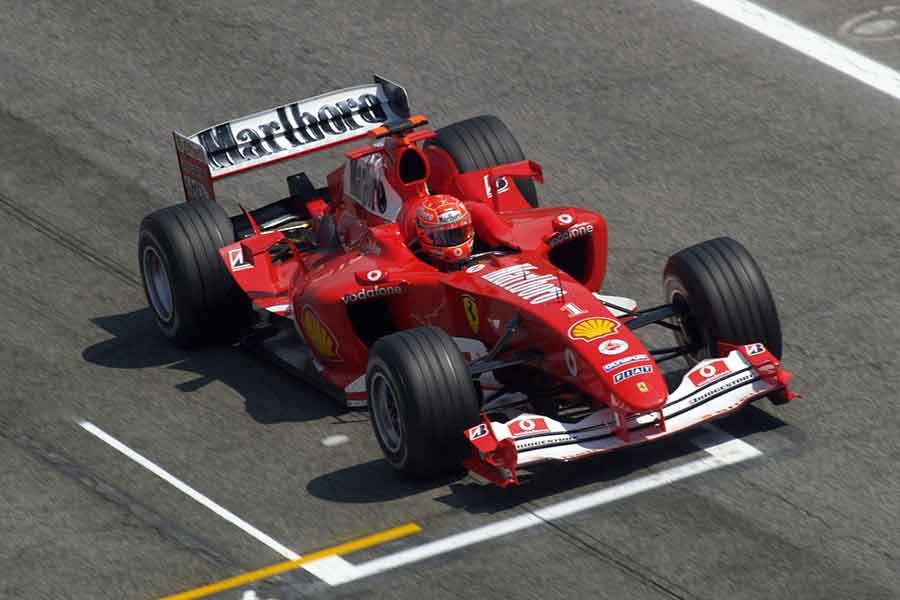
Rubens Barrichello driving the Ferrari F2004 at the 2004 San Marino Grand Prix.
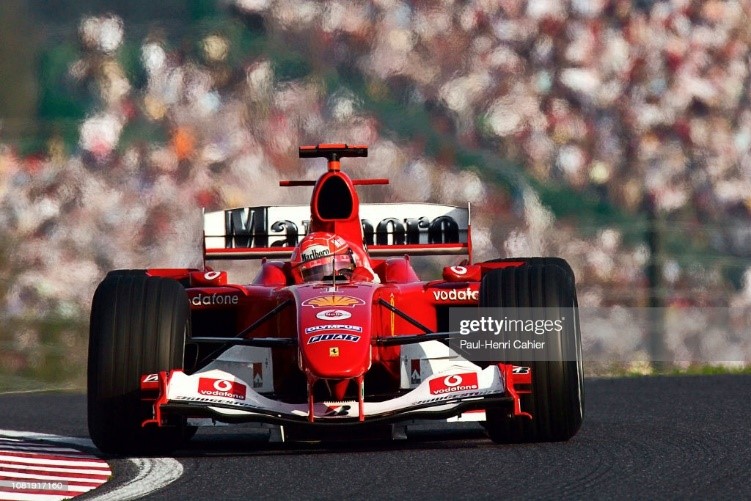
Michael Schumacher, Ferrari F2004, Grand Prix of Japan at Suzuka circuit.
Brazilian triumphed in Italy and China and was 3rd in Belgium and Brazil, while Schumacher won the Japanese Grand Prix and finished 2nd in Belgium, where he clinched another title and in Italy.
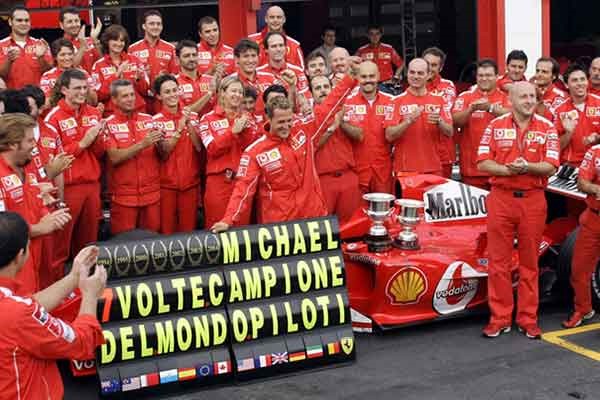
Michael Schumacher celebrates the 2004 title with his team.
With Ferrari F2004 was ended Scuderia’s supremacy in the Formula 1 for a while, but the most popular team bounced back a couple of years later.
This fabulous car scored a total of 262 points during the 2004 season and another 10 points in the two opening rounds of 2005 campaign.
Ferrari F2004 technical specifications
|
Chassis |
Carbon fiber and honeycomb composite structure |
|
Length |
4545 mm |
|
Width |
1796 mm |
|
Height |
959 mm |
|
Weight |
605 kg (including driver) |
|
Wheelbase |
3050 mm |
|
Front track |
1470 mm |
|
Rear track |
1405 mm |
|
Engine |
Ferrari Tipo 053 V10 92°, 2.997 cc, mid-mounted, naturally aspirated |
|
Power |
880 – 950 hp / 660-710 kW at 19.000 rpm |
|
Gearbox |
Longitudinal semi-automatic sequential electronically controlled gearbox 7+1 gears |
|
Suspension (front & rear) |
Independent suspension, push-rod activated torsion springs front and rear |
|
Brakes |
Carbon brake discs, pads, and calipers |
|
Tires |
Bridgestone |
|
Fuel |
Shell |
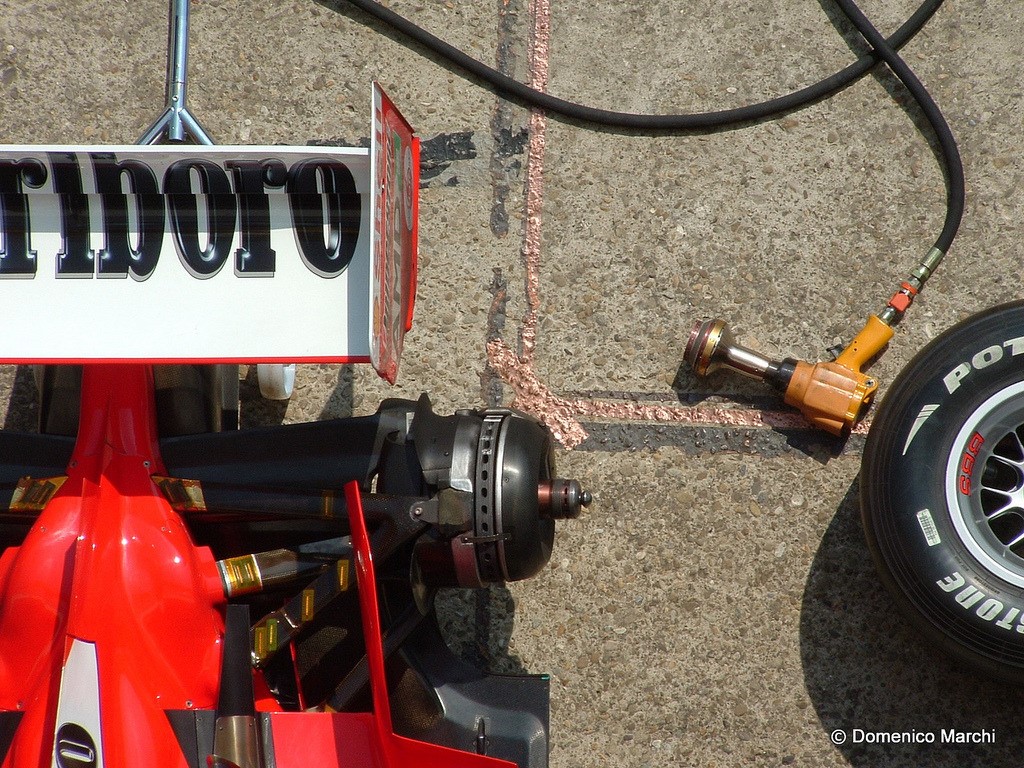
Paris | Lot 109, Ferrari F2004 Show Car, 2004, €660,000 EUR | Sold. Chobham, United Kingdom, 13 February 2021.
Chassis No. F2004 R14 0104.
The 2004 Formula 1 World Championship was a truly landmark season for Ferrari.
Offered here is a Ferrari F2004 Show Car. Built by Ferrari and finished in Schumacher livery, it was used for promotional purposes by the Scuderia throughout the year and remained in their custody until March of 2014, when it was acquired from Ferrari by the consignor, a long-time Ferrari client, via Graypaul Nottingham. Well preserved in his collection since leaving factory ownership, it presents in excellent condition throughout, having remained in his climate-controlled garage since his purchase. Needless to say, this would be a highlight of any Ferrari collection.
Vettel tried to buy Ferrari F2004 F1 car. By Adam Cooper, Sep 18, 2020.
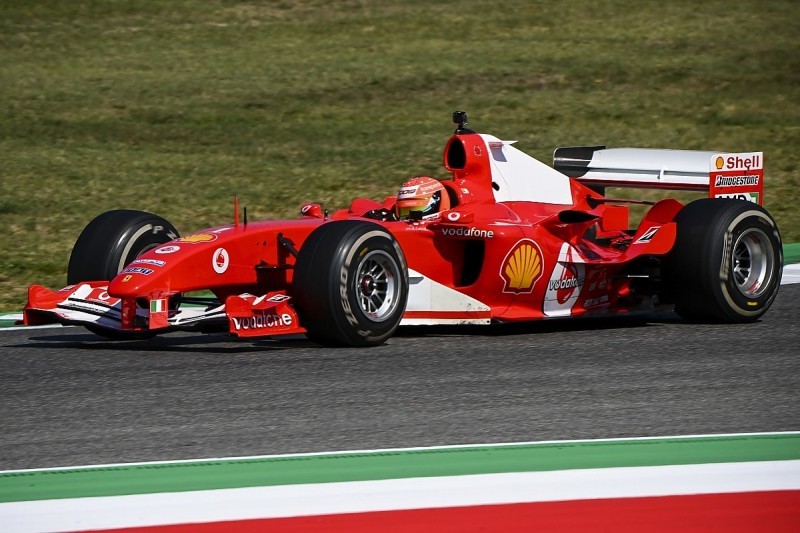
Sebastian Vettel has revealed that the Ferrari F2004 is his favourite Formula 1 car.
Sebastian made the revelation about his interest in the car in an interview with his former Red Bull Racing team-mate Mark Webber.
"The F2004 is my favourite car," Vettel said.
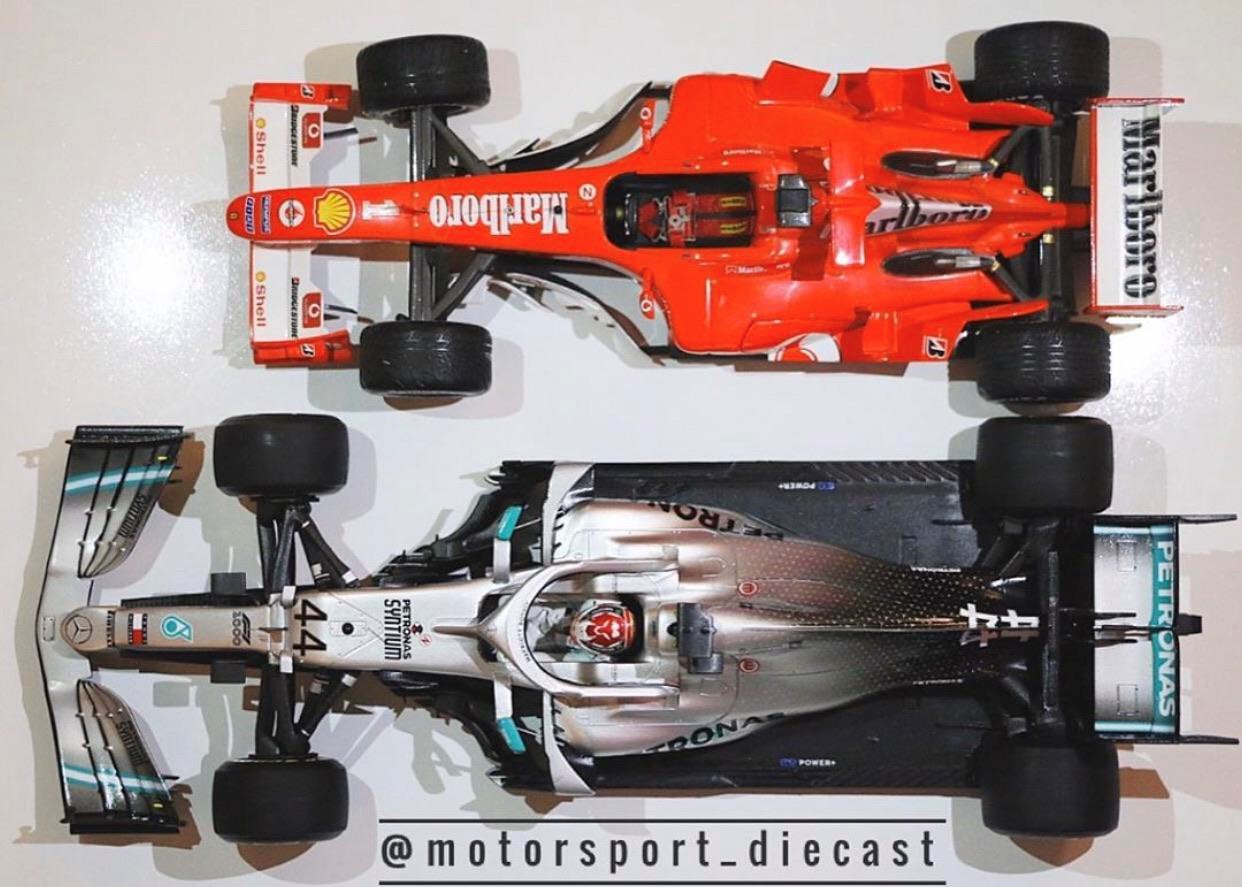
Ferrari F2004 vs Mercedes W10 (1-18).
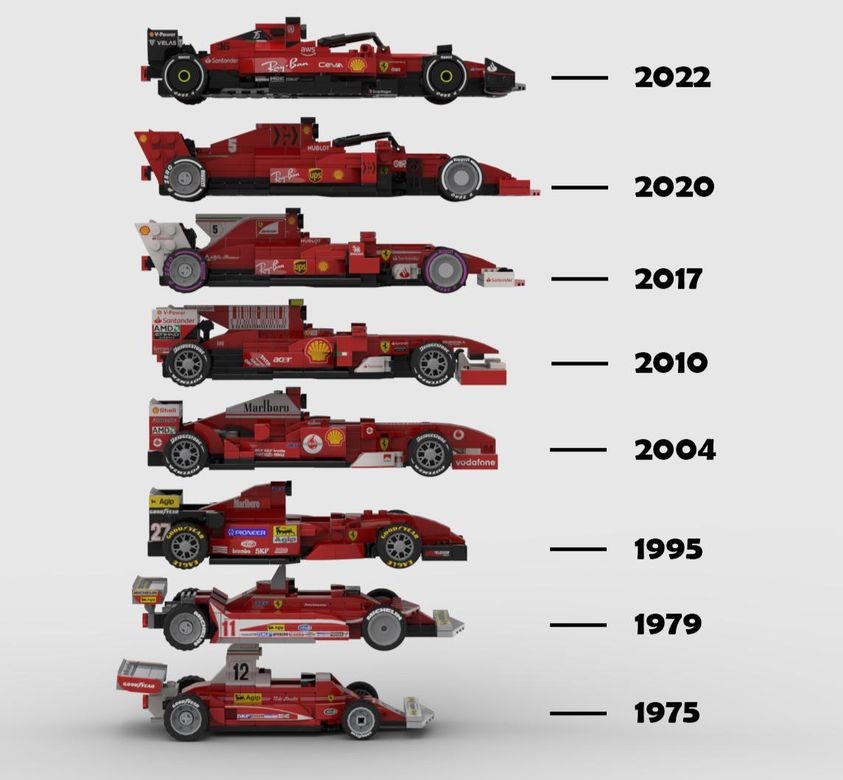
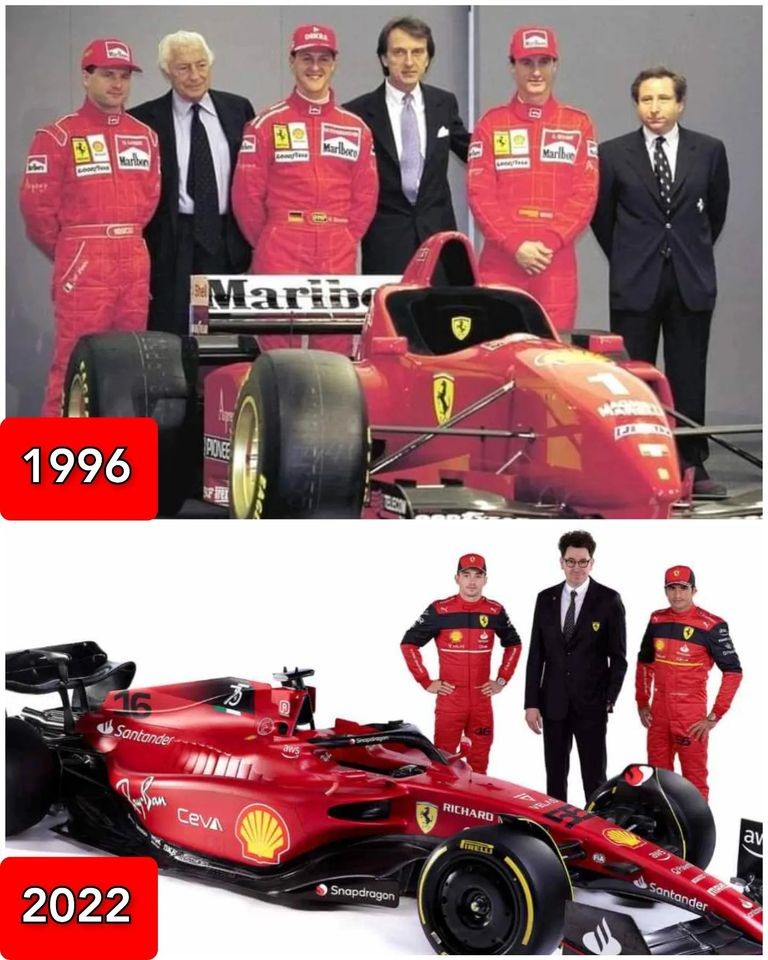
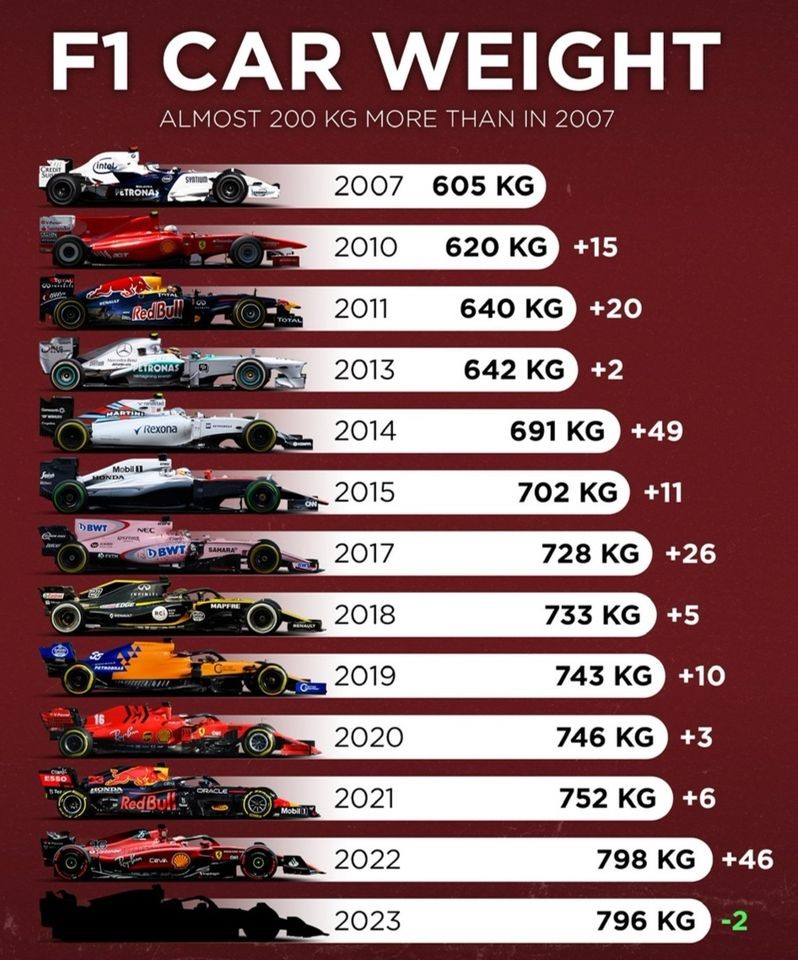
"If you look to our cars, they are so much bigger nowadays. Obviously we've got a lot more downforce, but the F2004 is 160-170 kilograms lighter than ours, so big difference."
When asked by Webber if he owned any F1 cars from that generation, Vettel replied that he had looked into purchasing an F2004 but had baulked at the price.
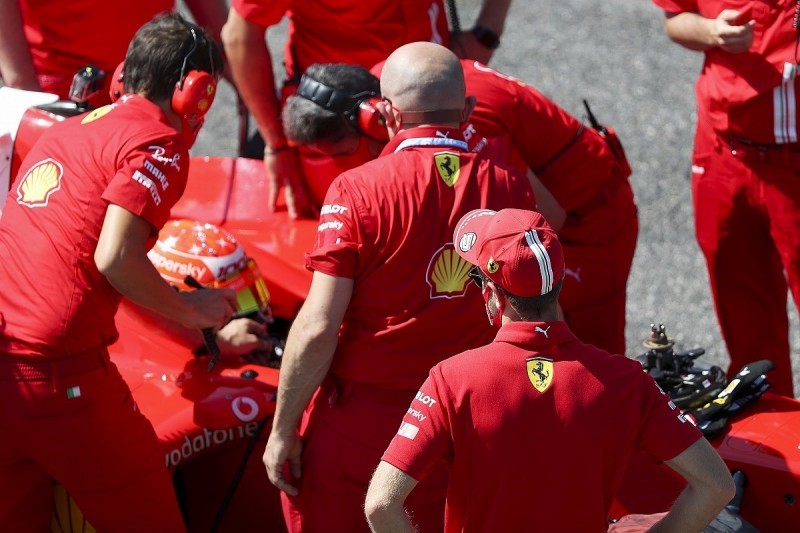
"There was an F2004 up for sale, but it was way too expensive," said Vettel.
"It's an incredible car."
Webber added: "I think I hit this car once in Turkey with Michael, he wasn't too happy with me.
"But, when I see that car I just think of sheer performance and Michael on top of things of course. It was extraordinary times, wasn't it?"
Vettel's current team-mate Charles Leclerc also talked about the car.
"It looks crazy, it looks very, very nice," said the Monegasque driver.
"But mostly it sounds nice compared to what we have now.
"It's part of Ferrari's history, a very special part of Ferrari's history and it looks beautiful.
"I had the chance to drive once the 2003 car, never the 2004, but I hope in the future I'll have the opportunity to drive one of those."
Videos
Ferrari 312 T4
Ferrari 126 C
Ferrari F2004
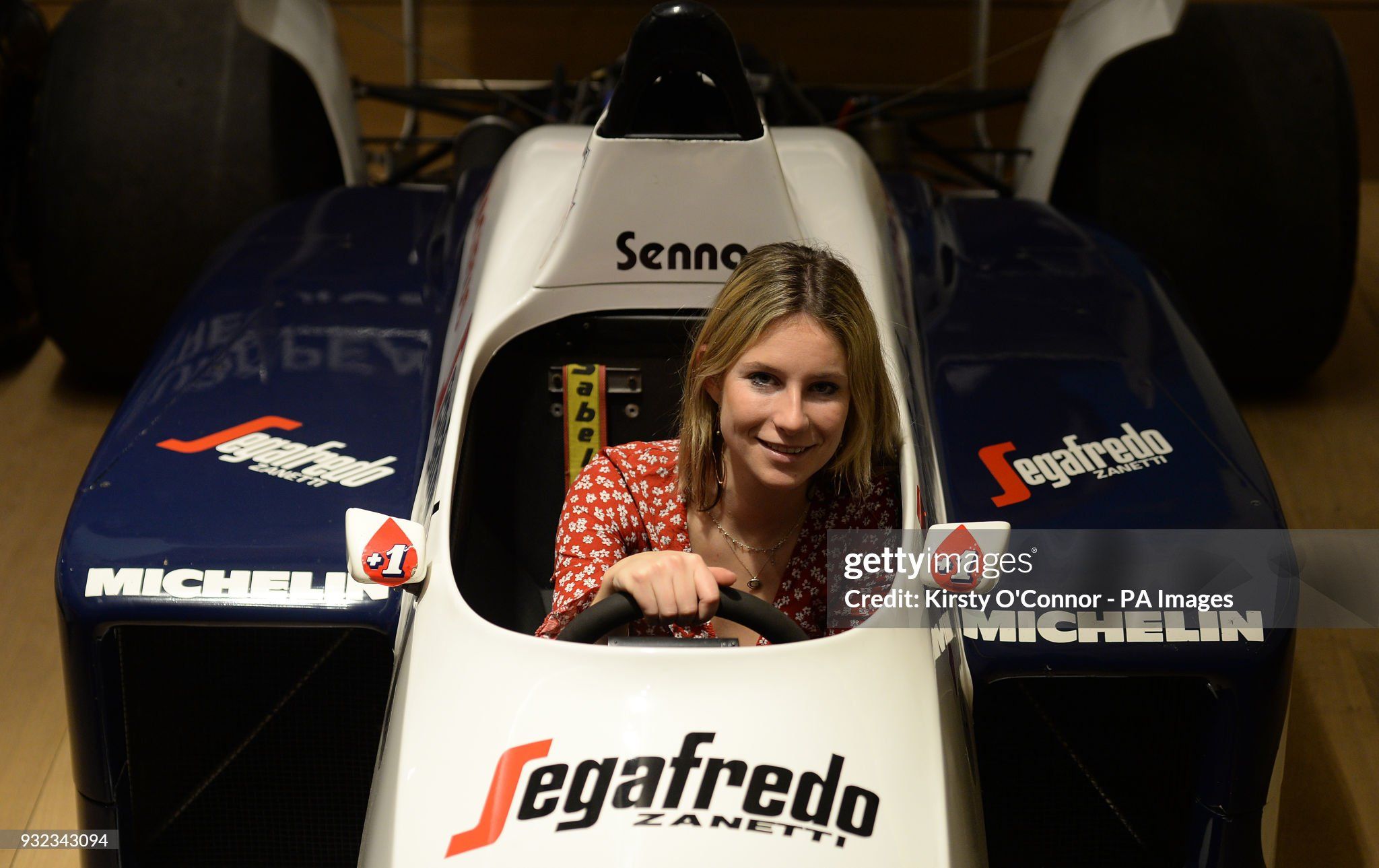

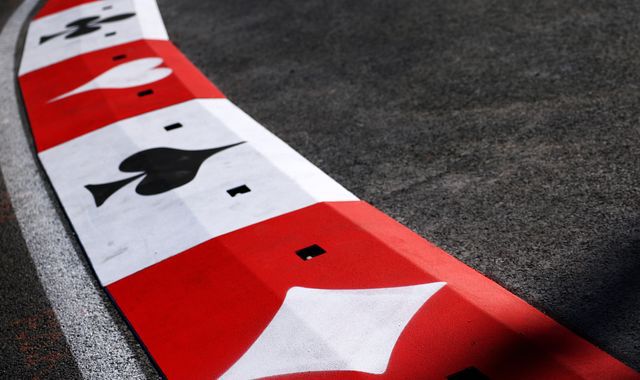
Comments
Authorize to comment